“Panamá 🇵🇦 ~Casco Antigua/Casco Viejo Historic Panamá City”
Casco Antiquo Historic City
In 1513, Vasco Núñez de Balboa became the first European to sight the Pacific Ocean from the Isthmus, forever altering Panama’s strategic importance. Vasco Núñez de Balboa, also helped establish the first stable settlement on the South American continent at Darién, on the coast of the Isthmus.
The real name of the Historic District of Panama City, is Casco Antigua. It’s also known as Casco Viejo, or San Felipe. The Antigua District was built after the original Panama Viejo was destroyed, in 1671.
Founded in 1519, by the conquistador Pedrarías Dávila, Panamá Viejo is the oldest European settlement on the Pacific coast of the Americas, where remnants of its origins can still be found.
Casco Viejo, Panama’s historic district, was founded in 1673. It was built on a peninsula, after the original Panama City, known as Panamá Viejo, was destroyed by pirates (1671); to include the marauding Henry Morgan. The new city was designed for defense, with a strong wall, surrounding the peninsula.
El Casco, as the locals know it, was declared a World Heritage Site by UNESCO. Opened in 1673, it was the escape place for settlers who were attacked by pirates in their ancient times. The architecture of its streets, mixes stone buildings with Spanish and French colonial architecture.
As a real colonial city, Casco Antiguo has a main square, the Plaza de la Independencia. It is also known as Plaza Cathedral or Plaza Mayor and it is where the Cathedral Basilica Santa Maria la Antigua de Panamá, the Interoceanic Museum of Panamá, government buildings and luxury hotels are located. Besides this square, in Casco, you’ll find other squares; each with its own style and history.
We took ourselves on a self-walking tour to take in as many of the sites, we could. We visited several squares, older churches, the fortification wall and the beach. It was very humid, but dry with no rain or mosquitos! I could have easily stayed a few more days and spent the night in just old town, since the bigger cities are never really my jam. I find the history of these old colonies, really interesting!
Here Are Some Highlighted Historical Sites We Saw
The Metropolitan Cathedral Basilica of Santa Maria
Standing tall and proud in the heart of Panama City’s historic district, the Metropolitan Cathedral is a timeless symbol of faith, resilience, and architectural grandeur. With roots that extend deep into Panama’s history, this magnificent structure has borne witness to centuries of change; emerging as a spiritual and cultural cornerstone that captivates locals and visitors alike.
The Metropolitan Cathedral, also known as the Catedral Basílica Santa María la Antigua, was built during the early 18th century, with construction commencing in 1688 and culminating in its completion in 1796. This historical masterpiece is centrally located in Plaza de la Catedral, within the confines of the Casco Viejo district, which is Panama City’s UNESCO World Heritage-listed colonial quarter.
The Metropolitan Cathedral is a prime example of Spanish colonial architecture, reflecting the Baroque and Neoclassical styles that characterized the era. The cathedral’s façade, adorned with intricate carvings and details, beckons admirers to marvel at the craftsmanship of its builders. The majestic bell towers and the cathedral’s overall design contribute to its status as a visual masterpiece. As one of the oldest cathedrals in the Americas, the Metropolitan Cathedral holds immense cultural significance for Panama. It stands as a testament to the country’s colonial past, bearing witness to the ebb and flow of history, including the tumultuous years of piracy, fires, and the eventual transfer of the city to its current location in historic Panama City.
Plaza Mayor
This was the only square, originally planned for the city, which took a rectangular shape after a fire. It was previously used for bull fights and horse races. Today it boasts busts of Panamanians who helped with the separation of Panama from Colombia, in 1903.
For those who like action, this is the place to be. There is always some kind of event happening with a handful of vendors. The Cathedral Metropolitan, which attracts many tourists stands on its western side, while the Municipal Palace and the Panama Canal Museum line its southern border.
All Spanish-American cities of the colonial era were designed around plazas, especially the Main Square (Plaza Mayor). The main square in the historic city, is known today, as Cathedral Plaza or Independence Plaza.
This Neoclassical Casco building, dating to 1910, houses the modest Museum of History of Panama.
*It was designed by Ruggieri, who was an Italian architect
*The proclamation of independence from Spain in 1821 and the separation from Colombia in 1903 occurred here
*Now the Casa de la Municipalidad or City Hall, seat of the city’s government
* The Museum Museo is on the second floor charts the history of the Panamanian republic
The building ordinances of 1573, which remained in force throughout the colonial period, establish that “the main square from which the population is to start must being on the sea coast initiating at the port landing and, being in a Mediterranean location in the middle of the population, the square must be so long that it is at least one and a half times as long as it is wide, because in this way it is better for horse festivals and any other events that are to be held.”
The Plaza Mayor in Panama Viejo was frequently used for bullfights. When the city moved to Casco Viejo in 1673, what is now Plaza Herrera and Plaza Santa Ana were used for this purpose.
Although Panama City was a coastal city, the ordinance was not followed, otherwise the Plaza Mayor would have had to be located behind the old workshop that is currently the building of the Presidency of the Republic. In reality there was no such port. The closest thing, was a place or the landing stage in front of the Convent of the Nuns; today the National Theater of Panama. Nor was the standard of length and width measurements followed, since the Plaza Mayor has a rectangular shape.
Paseo de Las Bovedos
Paseo de las Bóvedas is a historic stone promenade and seawall, originally part of the city’s defenses, against the pirate attacks. It features vaulted chambers and jail cells, some of which were restored in the 1980s and now house shops and cafes. The area is known for its colonial-era architecture, street vendors (including Kuna Yala women selling molas), and occasional cultural events, hosted by the Instituto Nacional de Cultura.
Just me, having a convo with 1999
Looking across the water at Downtown Panama, from the Historic City
Arco Chato
Over the years, the Arco Chato has been considered one of the wonders of architecture, due to its incomparable engineering and its mystique; stories about its construction and details that highlight the work of the colonial-era were formed.
A majestic jewel guards the monumental complex of San Felipe, built in 1678. The structure remained intact for several centuries, withstanding two significant fires, which occurred on February 2, 1737, and March 21, 1756. But, the arch managed to save itself from the devastation that threatened to collapse it. It remained standing for almost two and a half centuries.
On November 7, 2003, the structures no longer resisted, due to inclement weather and lack of maintenance and monitoring, which led to the collapse of the historical heritage of humanity. There are several versions that have been woven over the years about the moors that the creator of the construction had to pass through. Legend has it that a Dominican friar built the arch and that after failing to raise it twice, he began to pray under it so that it would not collapse a third time. Other explanations assure us that a second friar had a visionary dream about the arch, and at the moment of removing the supports he remained standing under it.
After 15 years of its last restoration and 2 years of its collapse, with long study and analysis processes, the Old Town Office and the Historical Heritage Office will finally build a similar replica.
Conventional de Santo Domingo
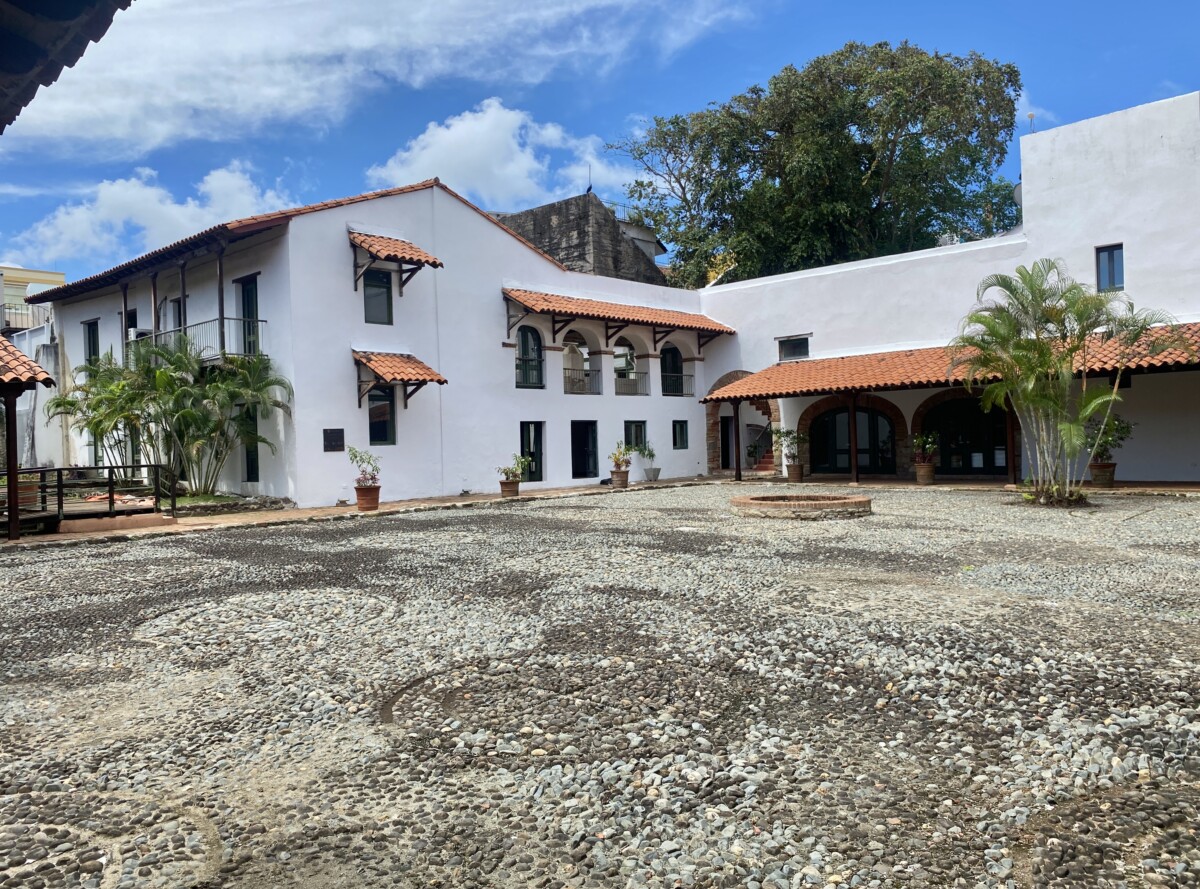
The Convento de Santo Domingo holds significant historical importance. It was founded in 1519, initially in Nombre de Dios, and later relocated to Panama City. The convent played a crucial role in the city’s development, and served as a religious and cultural center, during the colonial era.
Mirador San Francisco Asis
The bell tower of Iglesia San Francisco de Asis stands tall above the rest of Casco Viejo, on the waterfront of the historic heart of historic Panama City.
There are larger and more ornate churches in Casco Viejo, but none can beat Iglesia San Francisco de Asis on location. Standing on the waterfront, next to the Panamanian Department of Foreign Affairs and Trade and across the street from the National Theater, its exterior has been carefully restored. And with most of the buildings of Casco Viejo, being only a few stories high, the bell tower of Iglesia San Francisco de Asis towers high above, visible from all around.
The church was originally built in the 17th century. Like many of the other major buildings in the neighborhood, it has suffered at the hands of fire; once in 1737, and again in 1756.
Government Building
Archive Blog Posts of Our Country Visits
About Us

About Us
Hello and Welcome to our Travel Blog Website, We enjoy writing about our experiences and taking photos of our adventuring along the way. Our names are: Daryl and Pen, but Daryl calls me “Bunny.” We met, quite randomly, whilst both… Read More










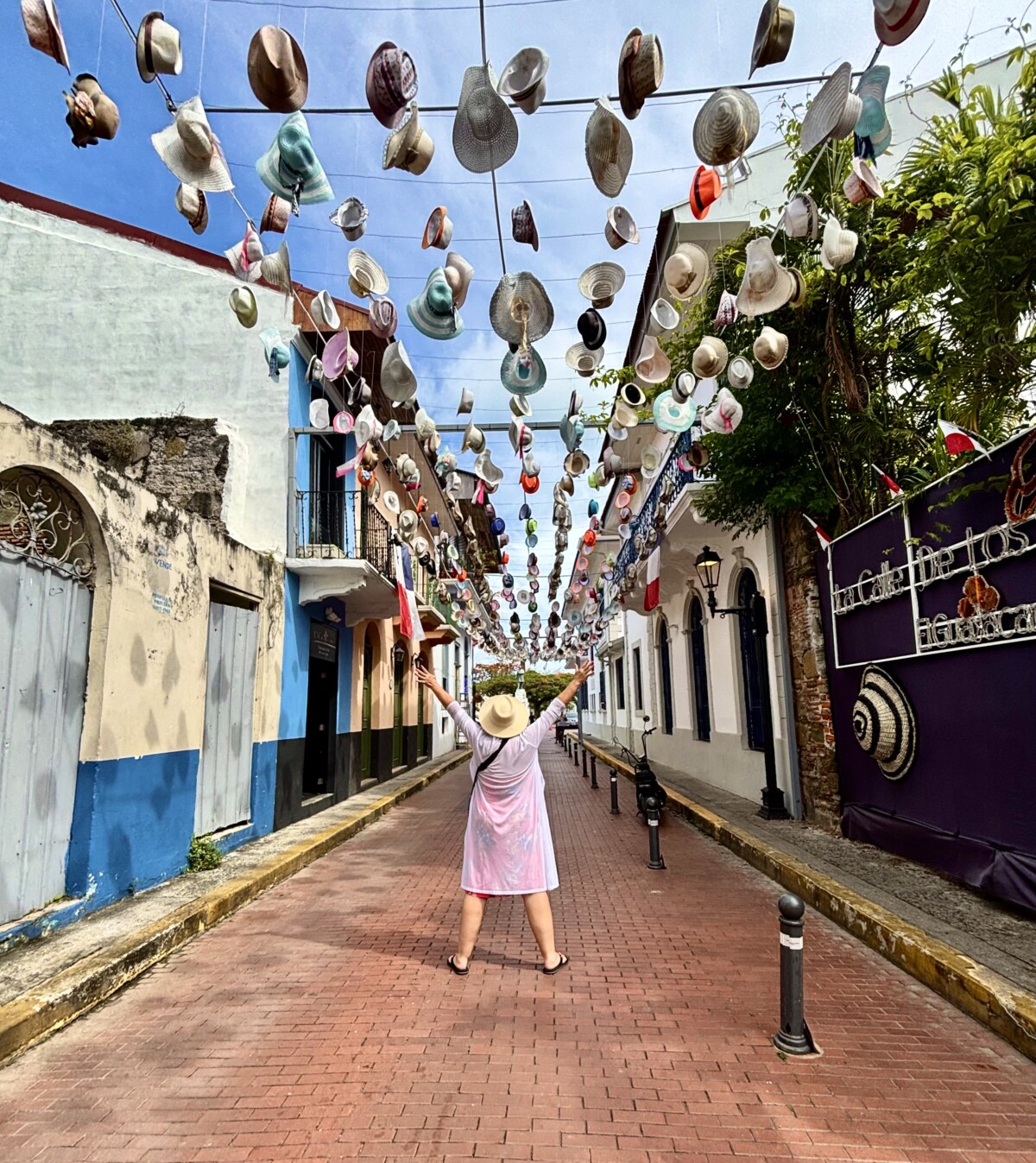

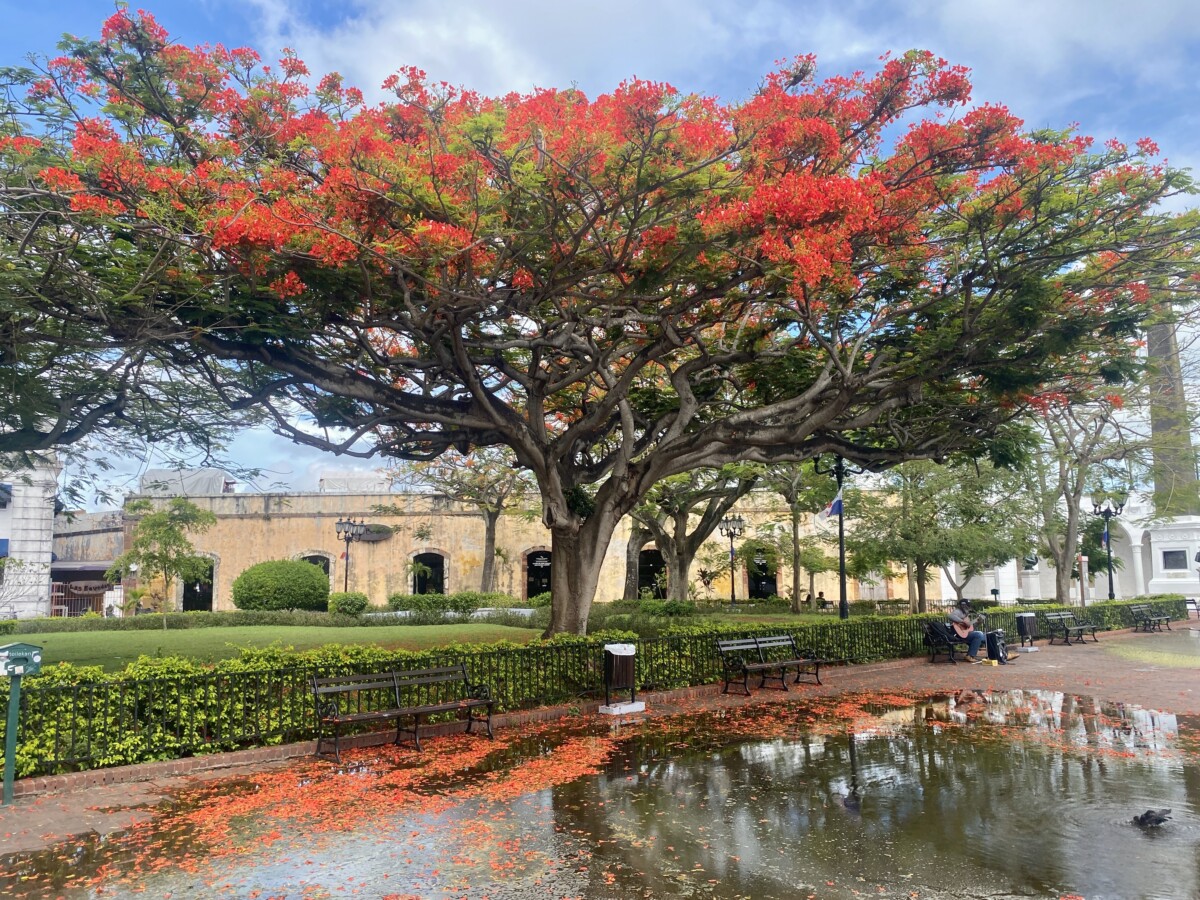
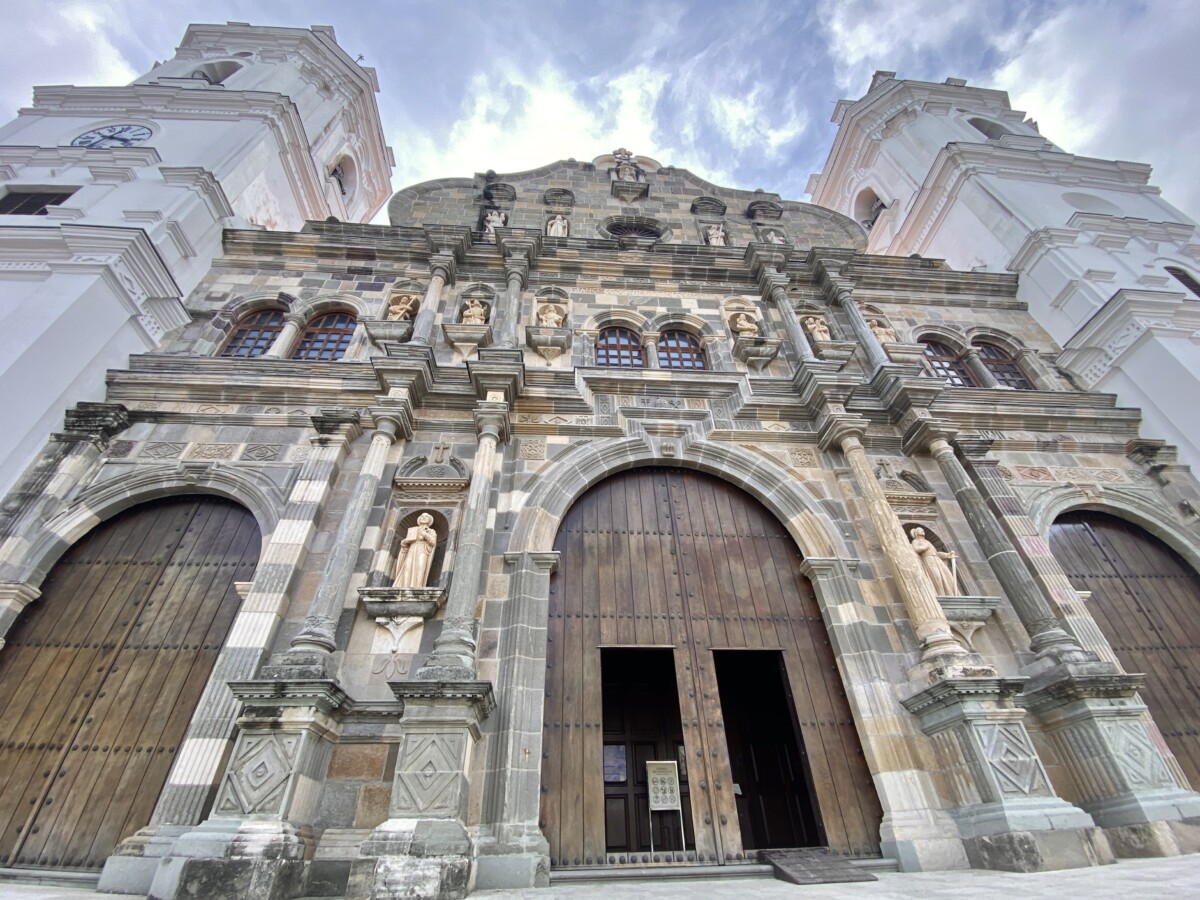

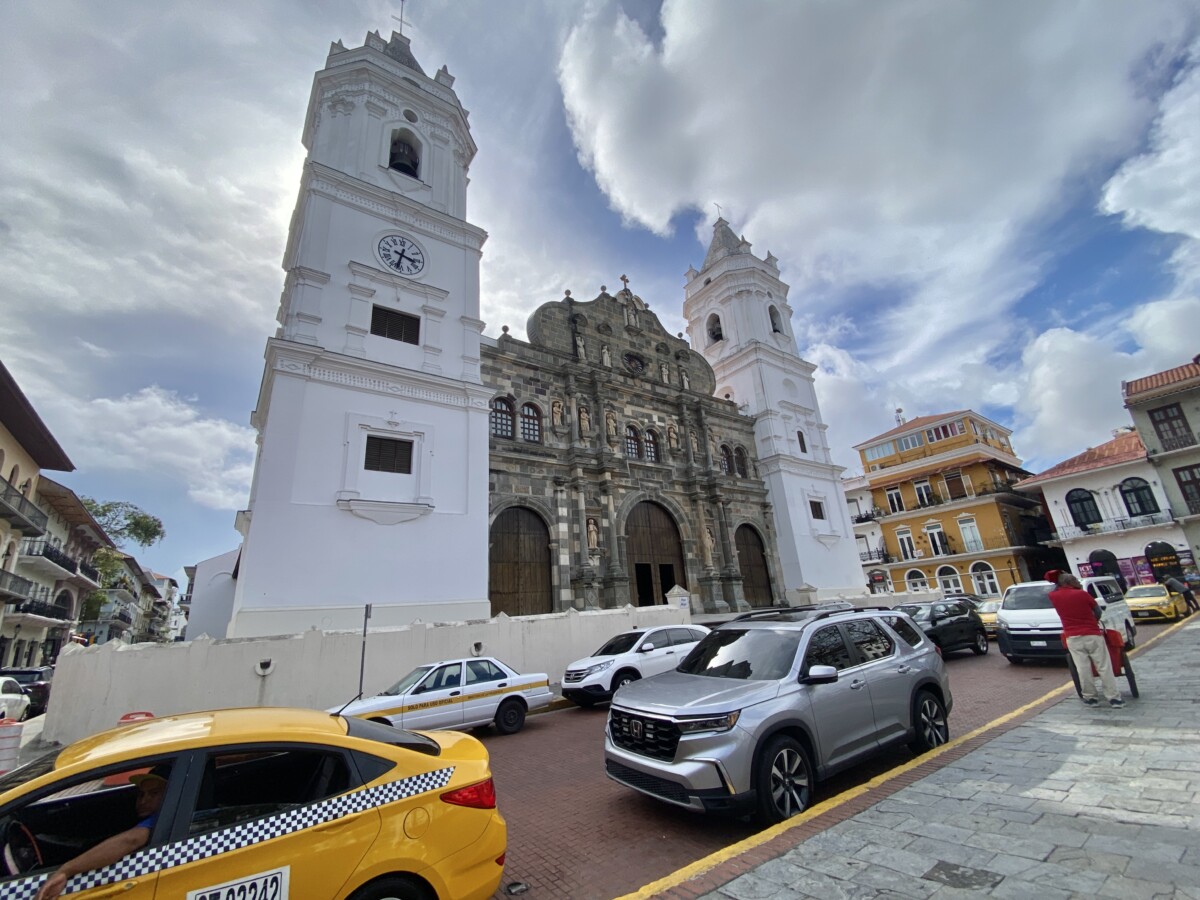
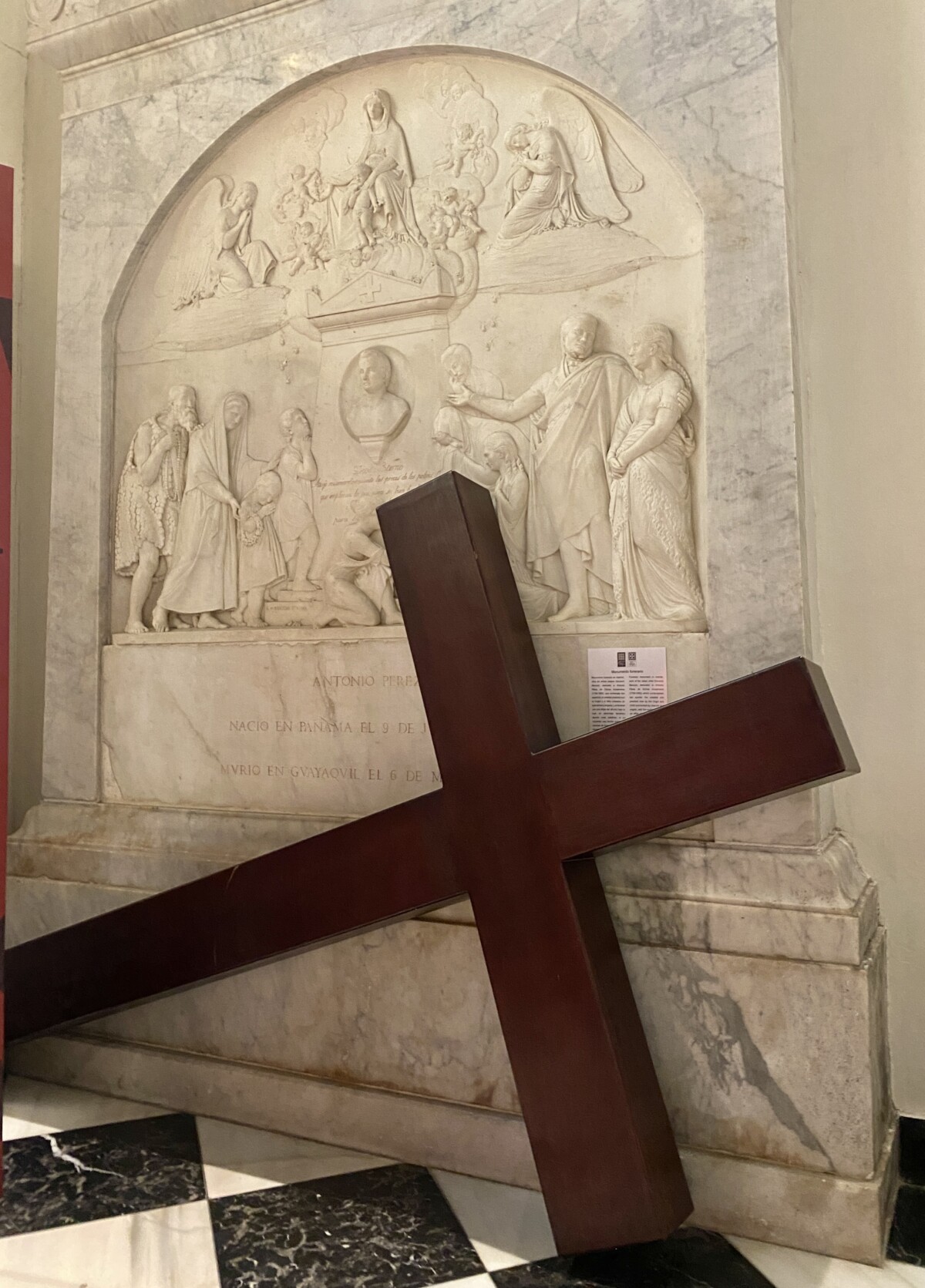
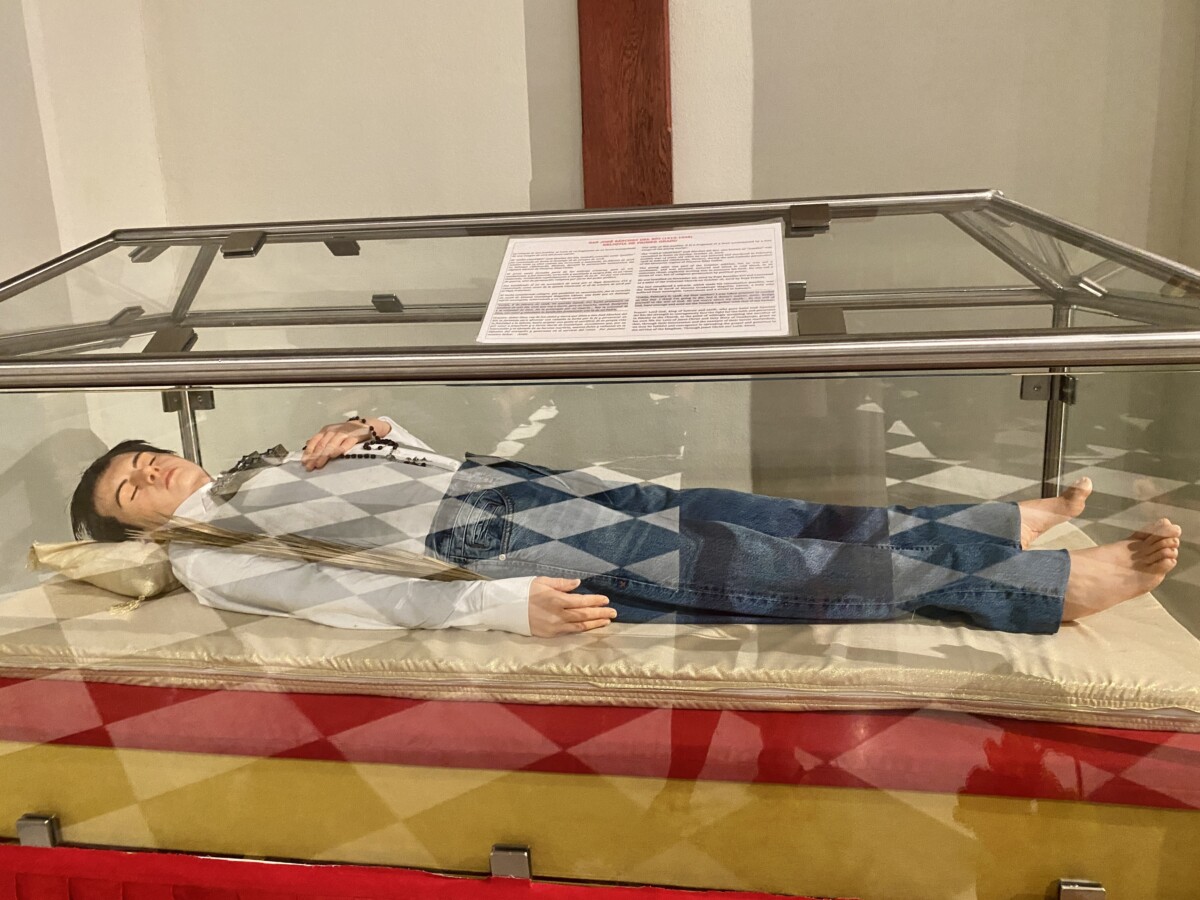
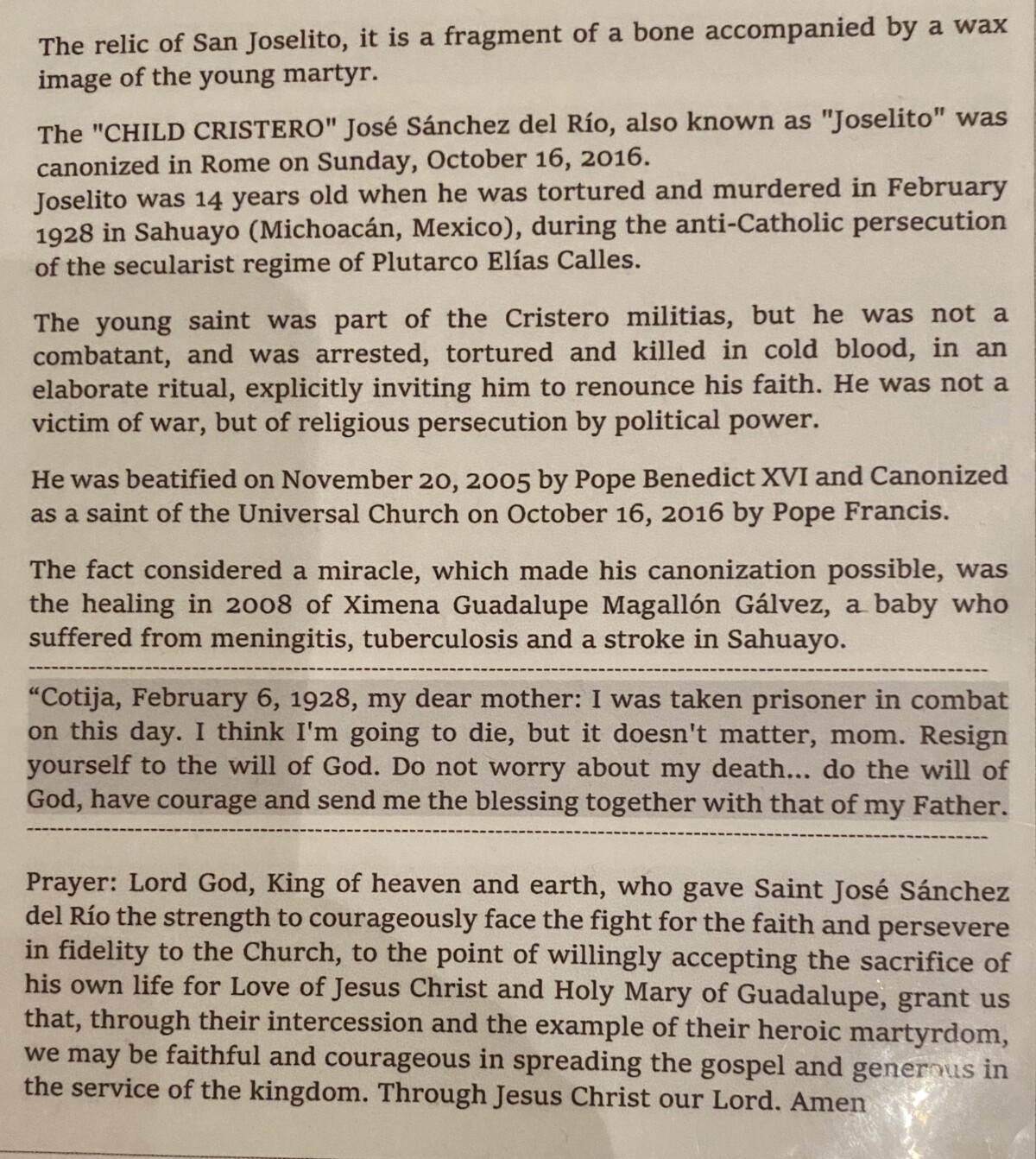
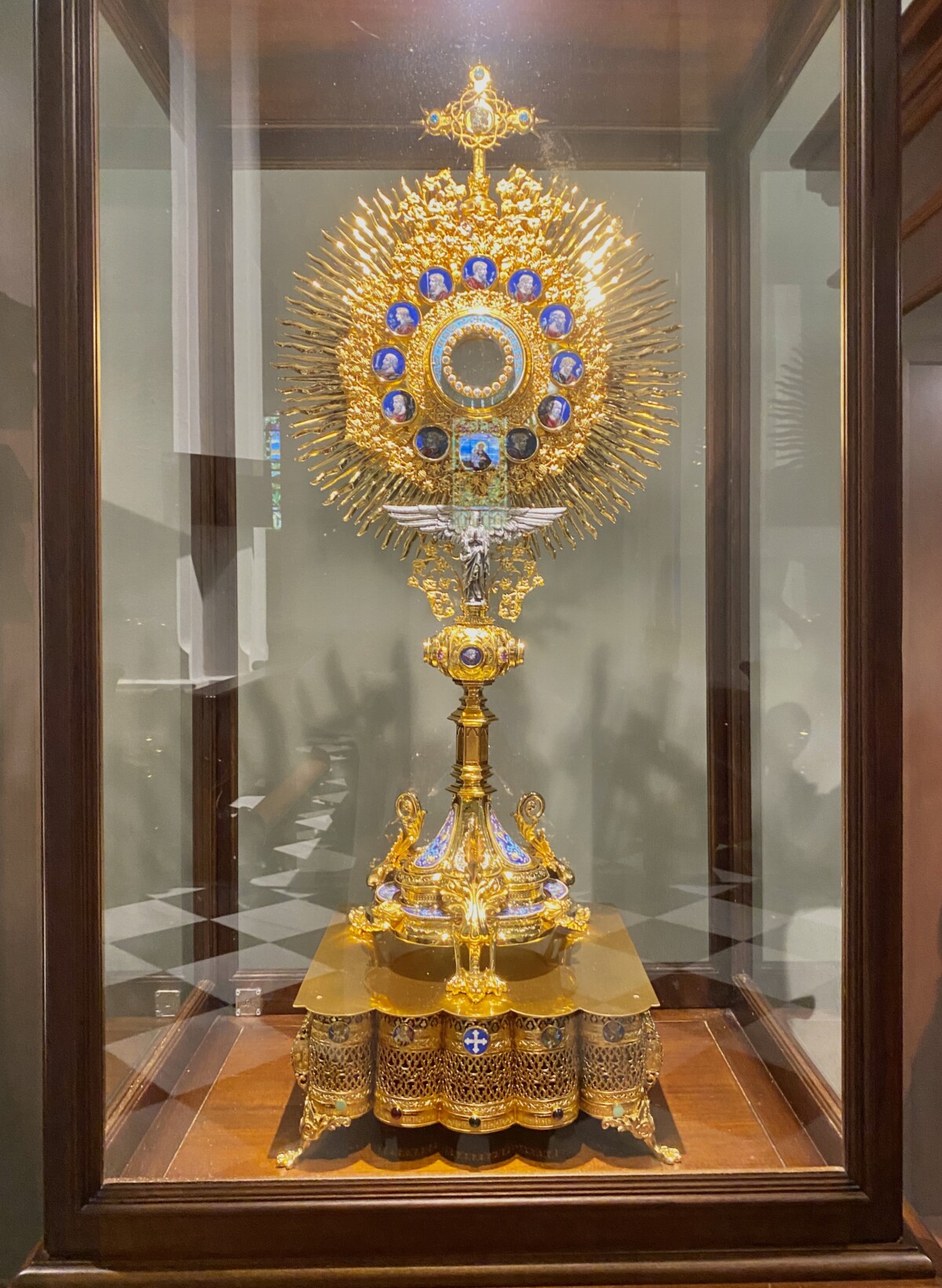


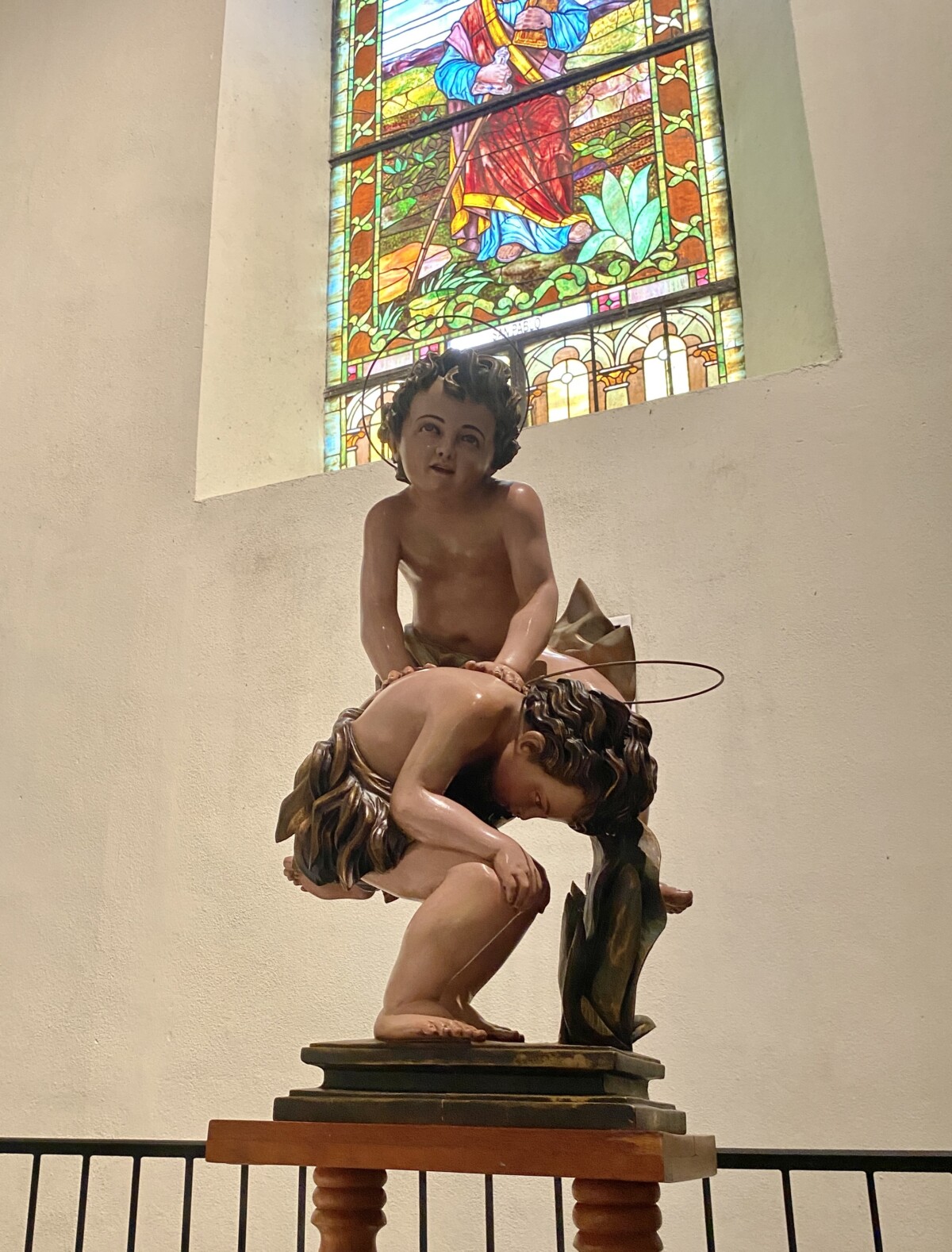
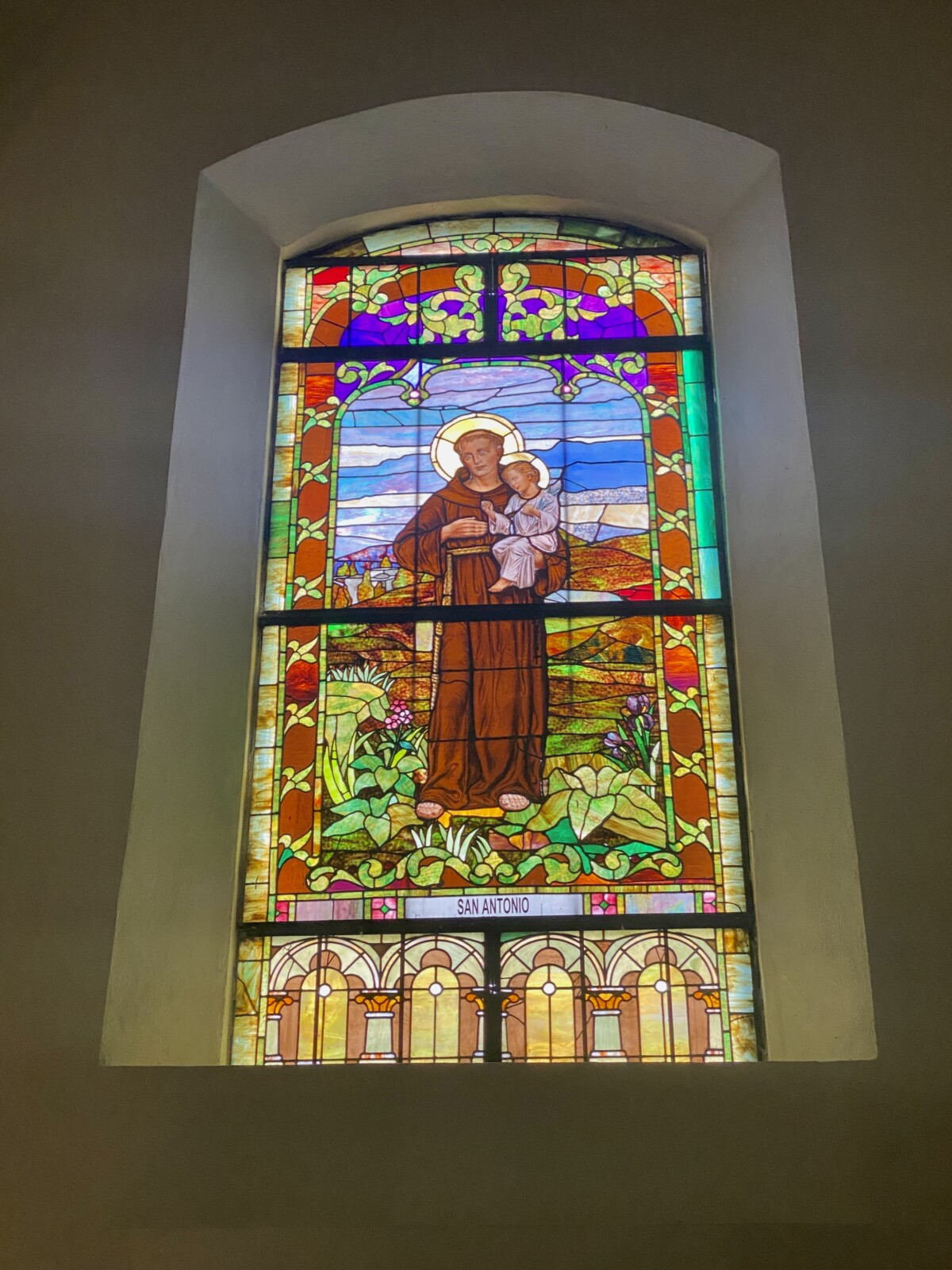
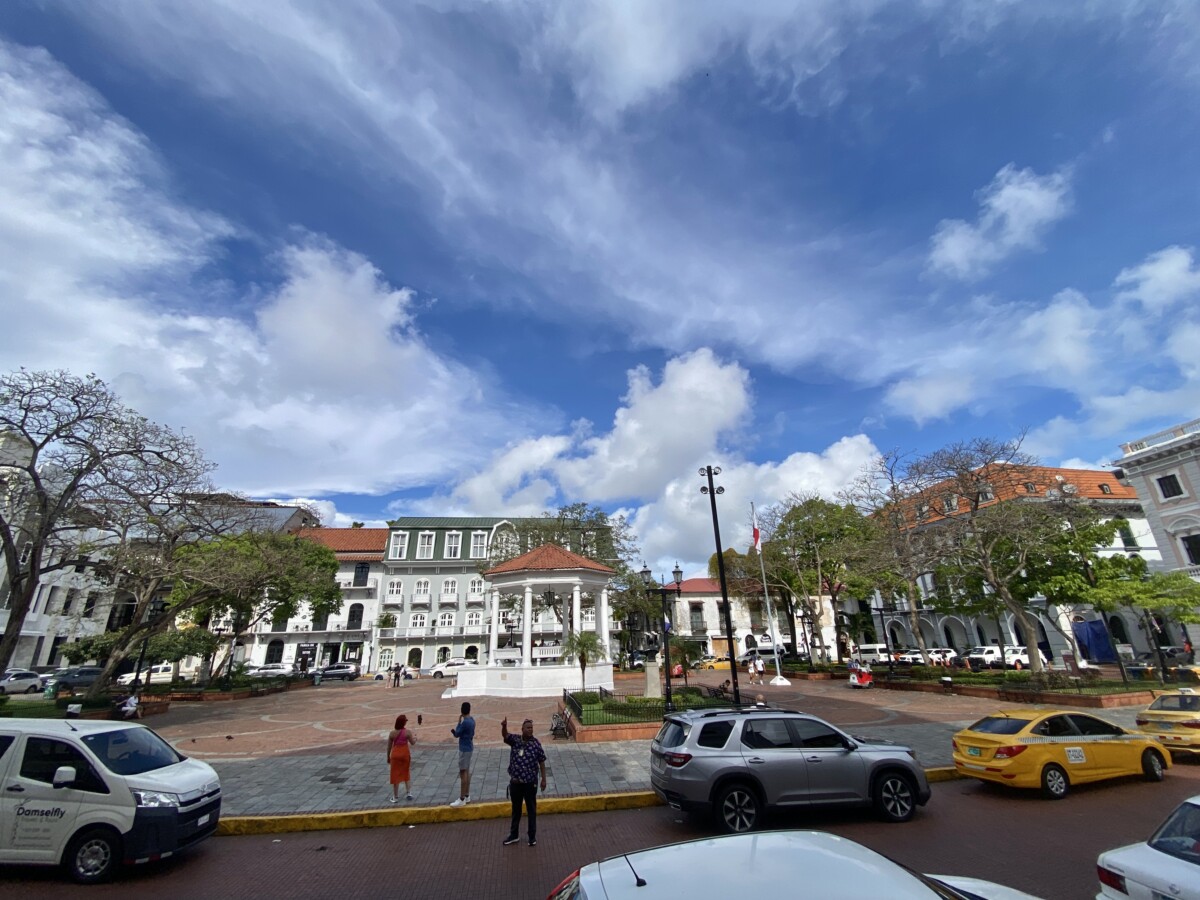
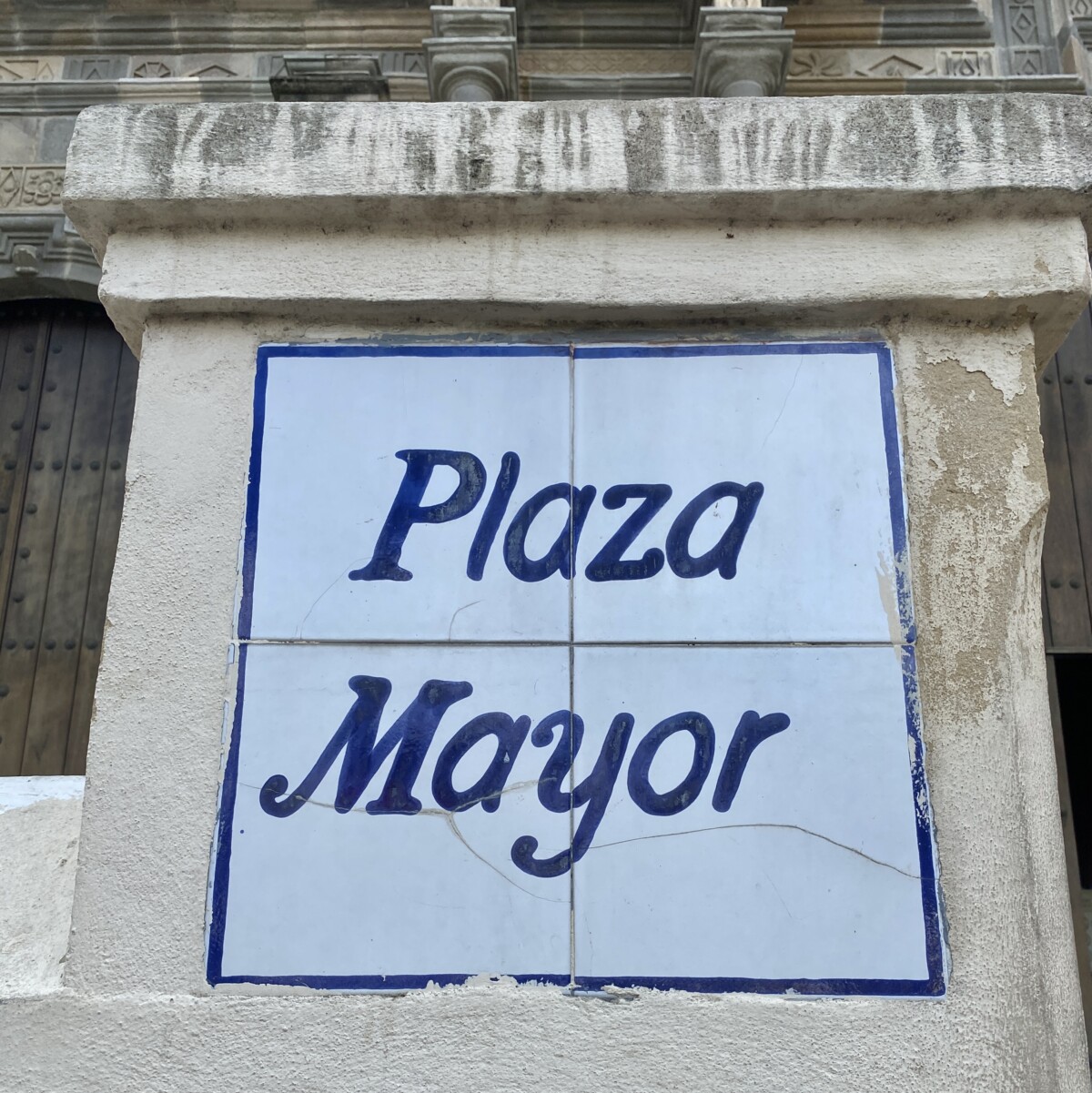
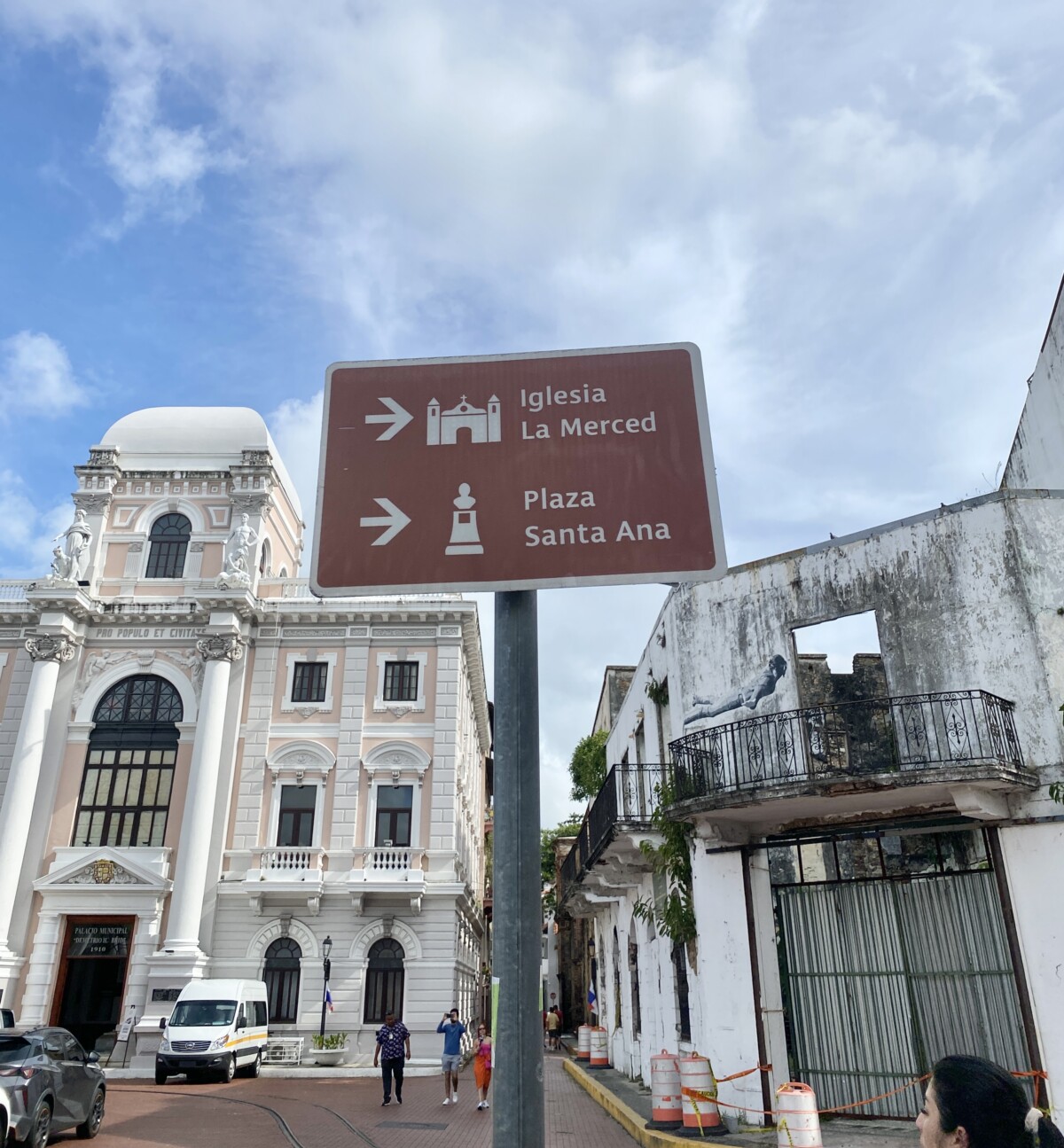
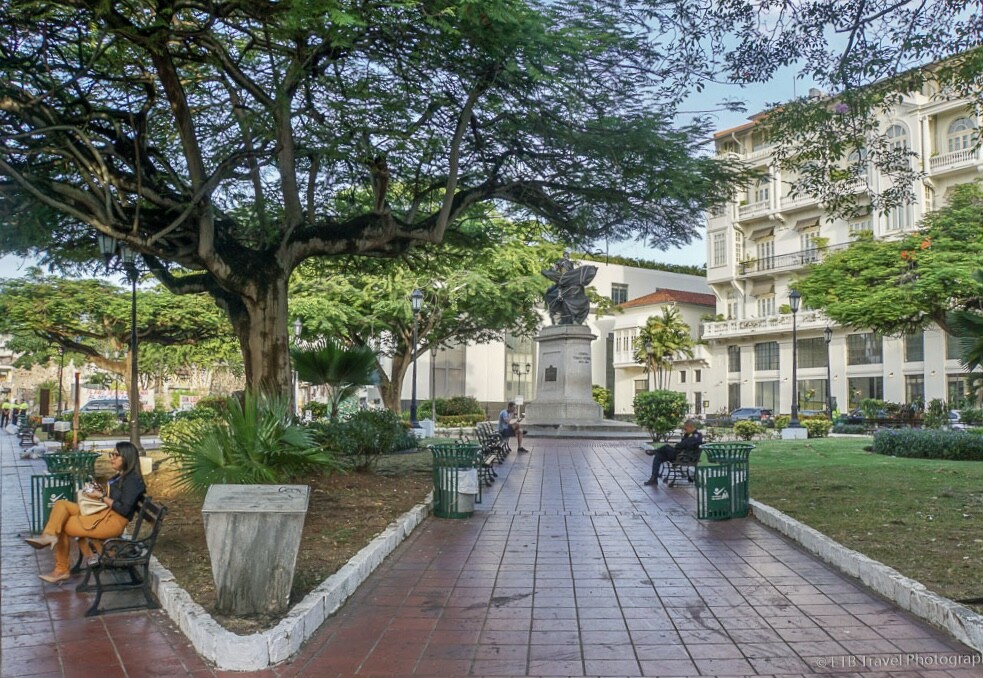
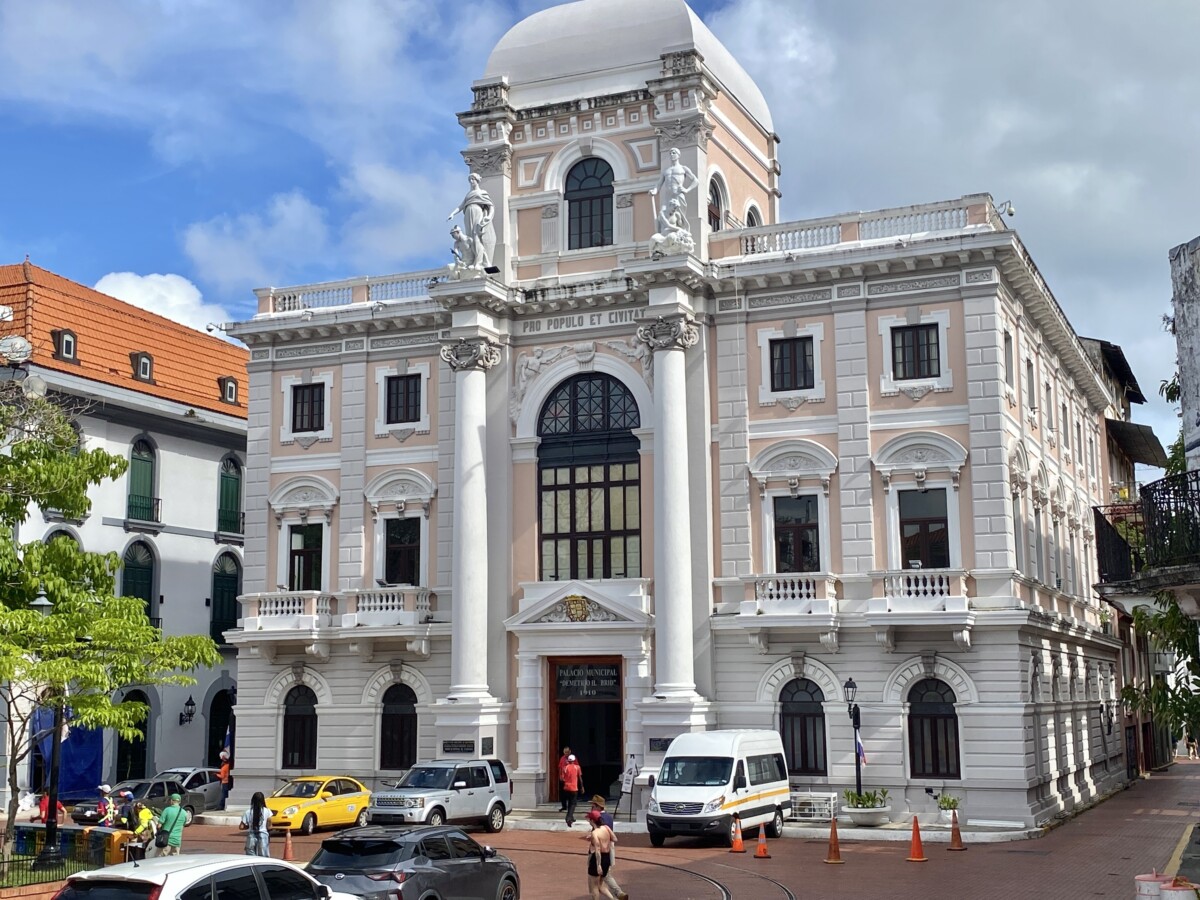

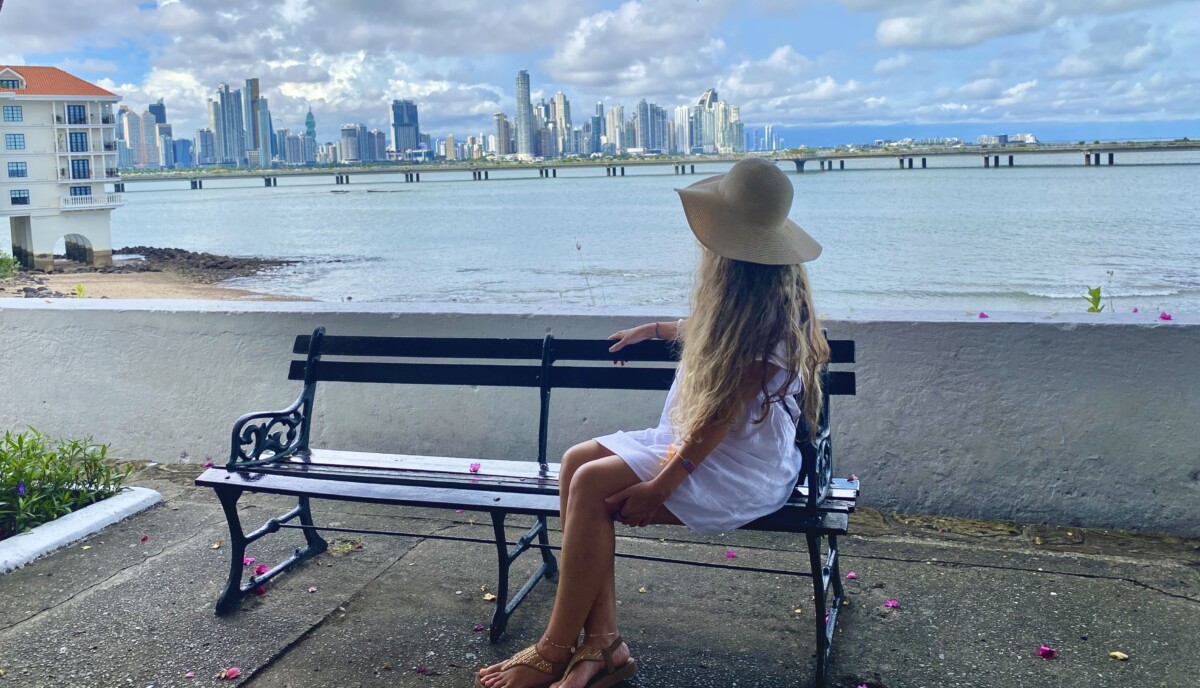

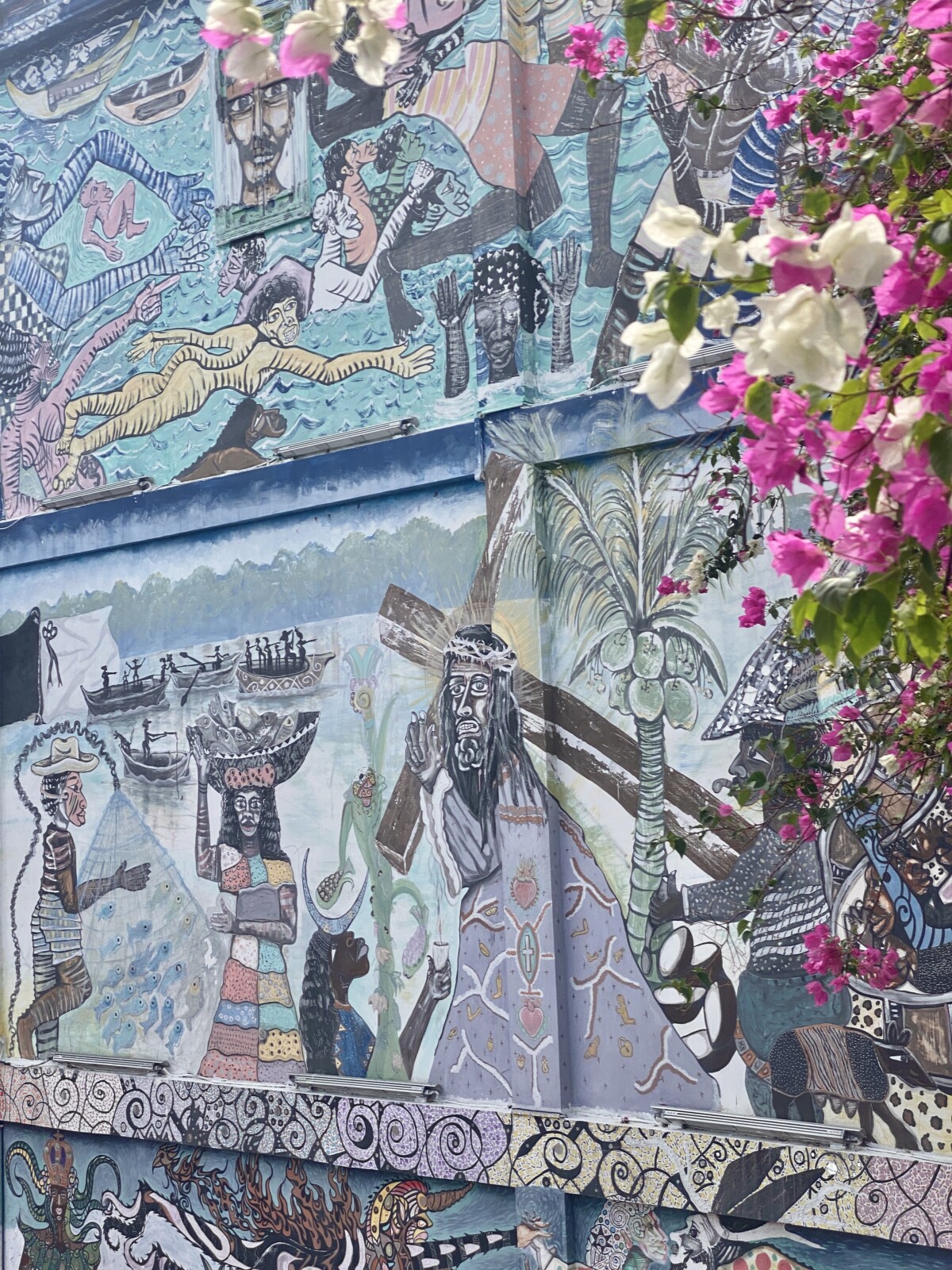

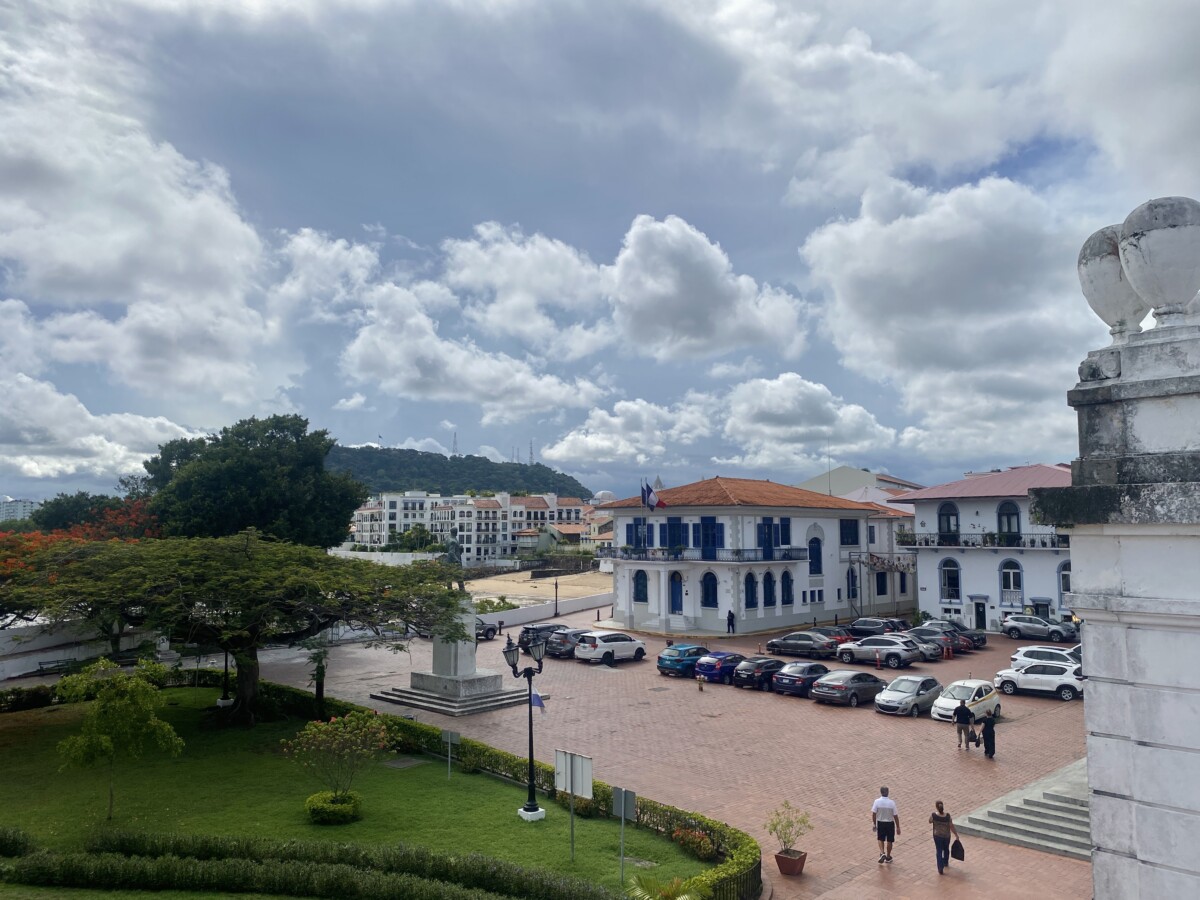
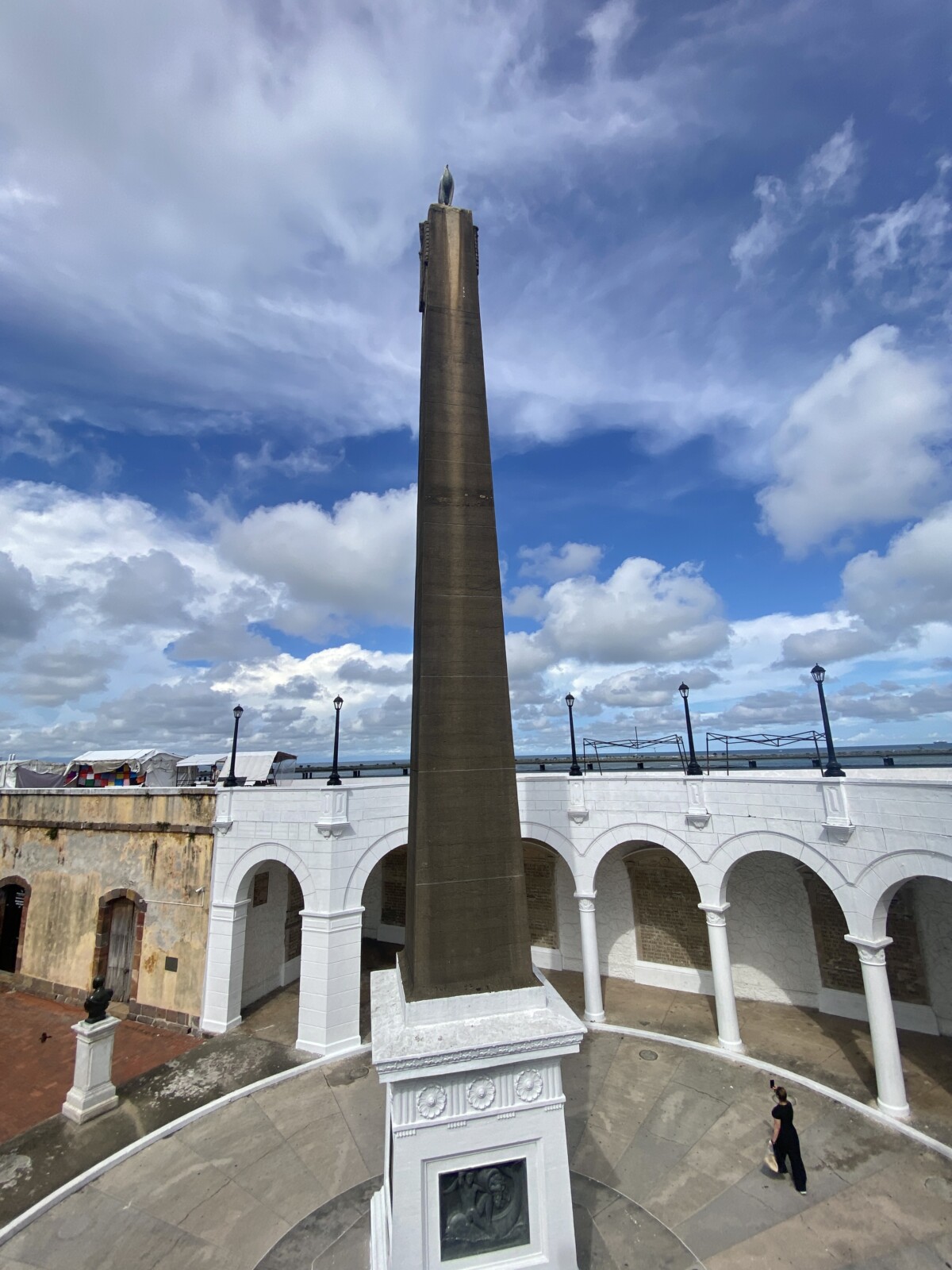
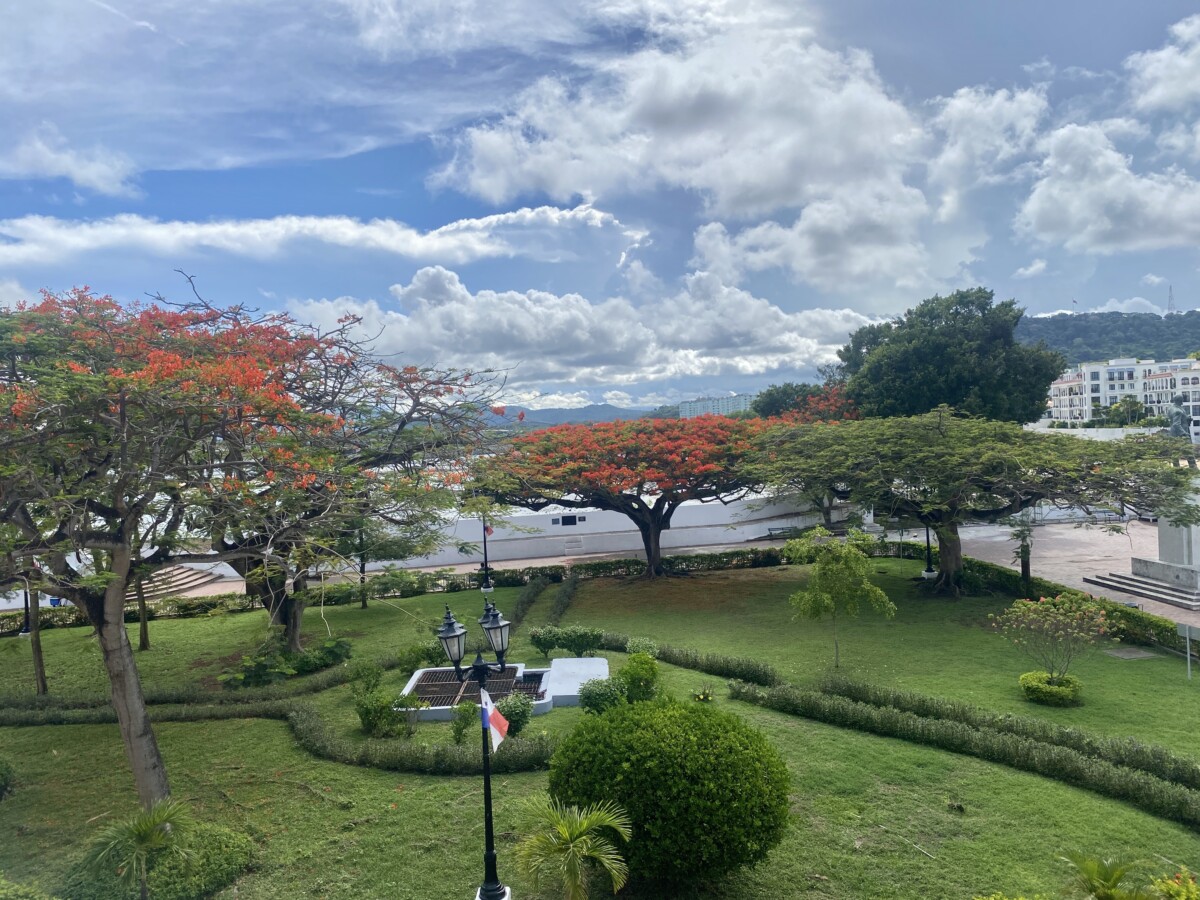
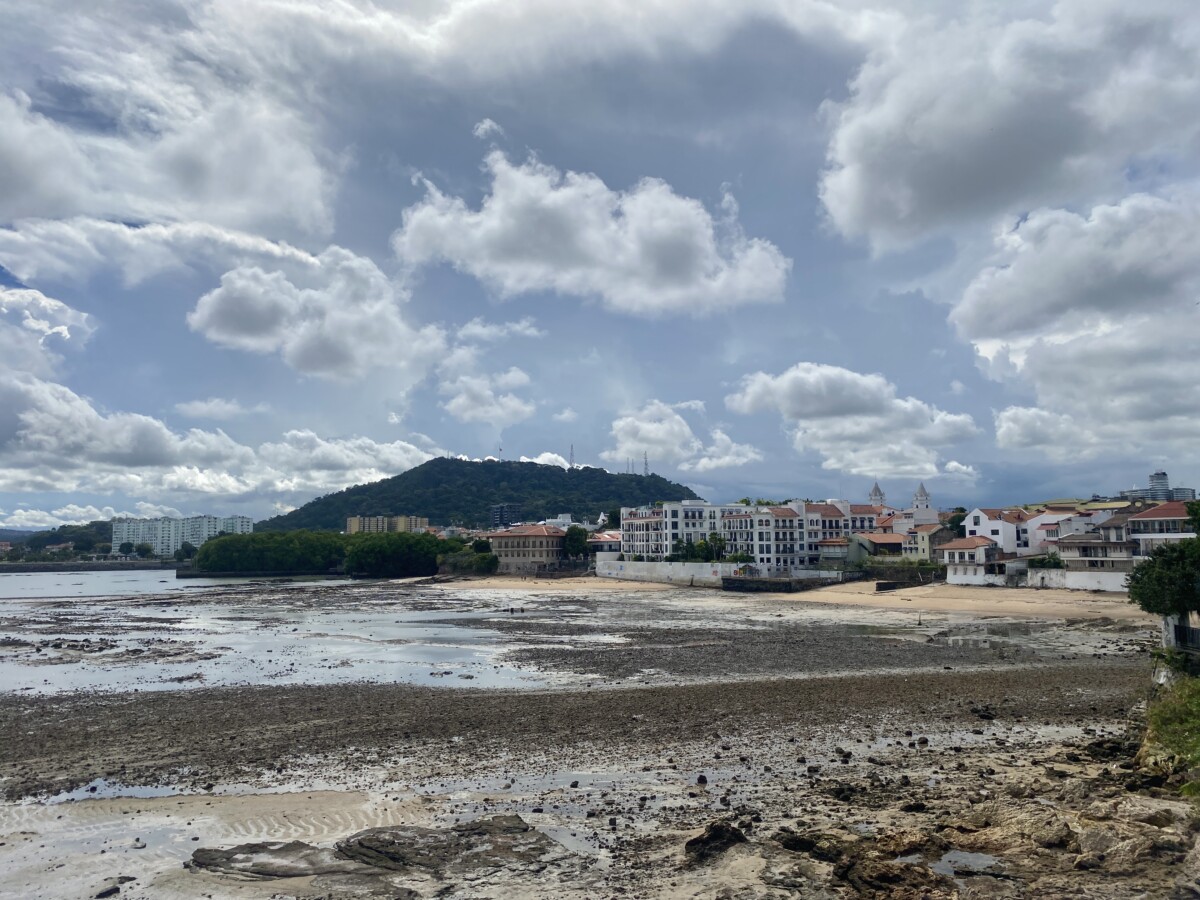
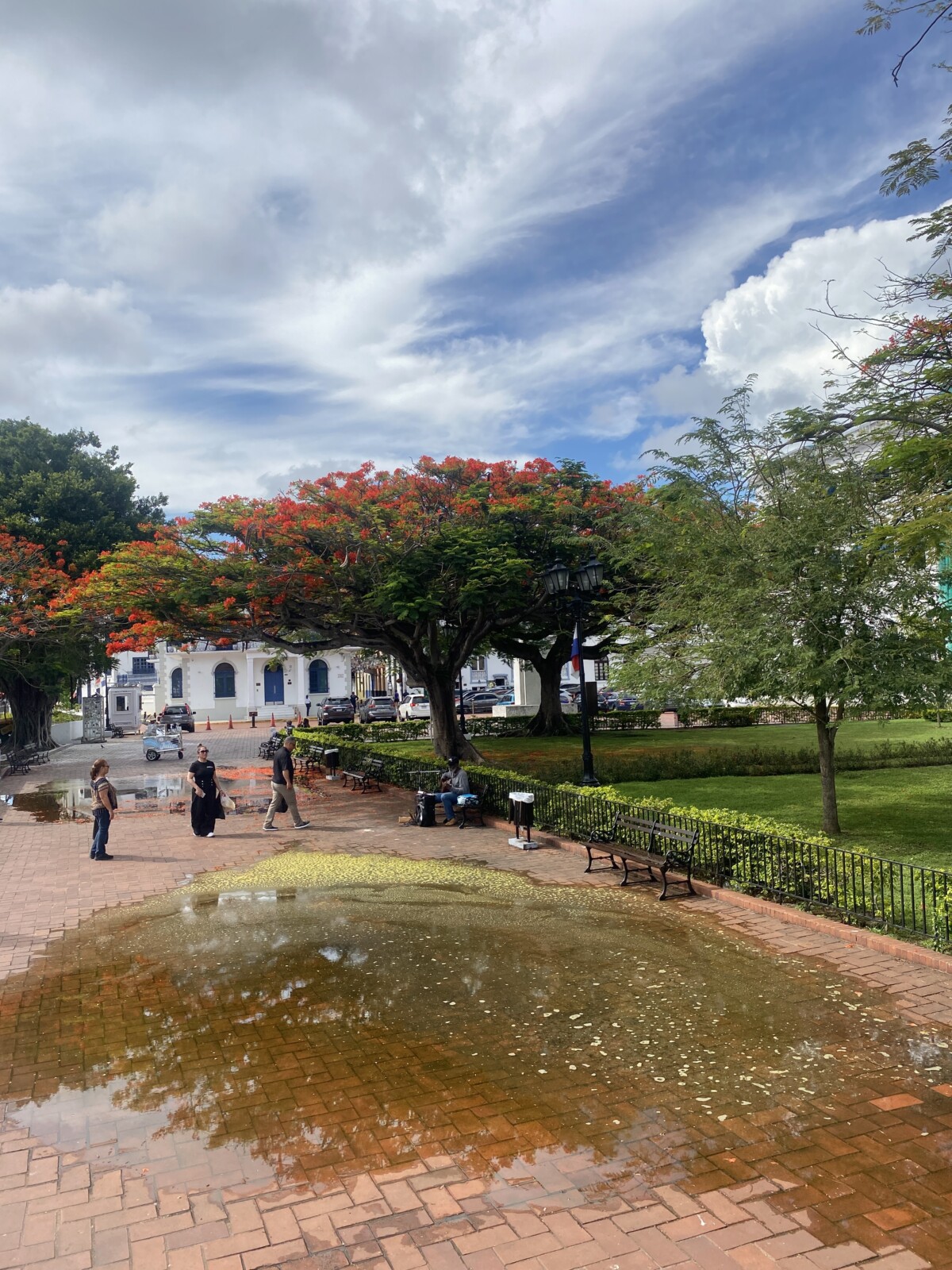
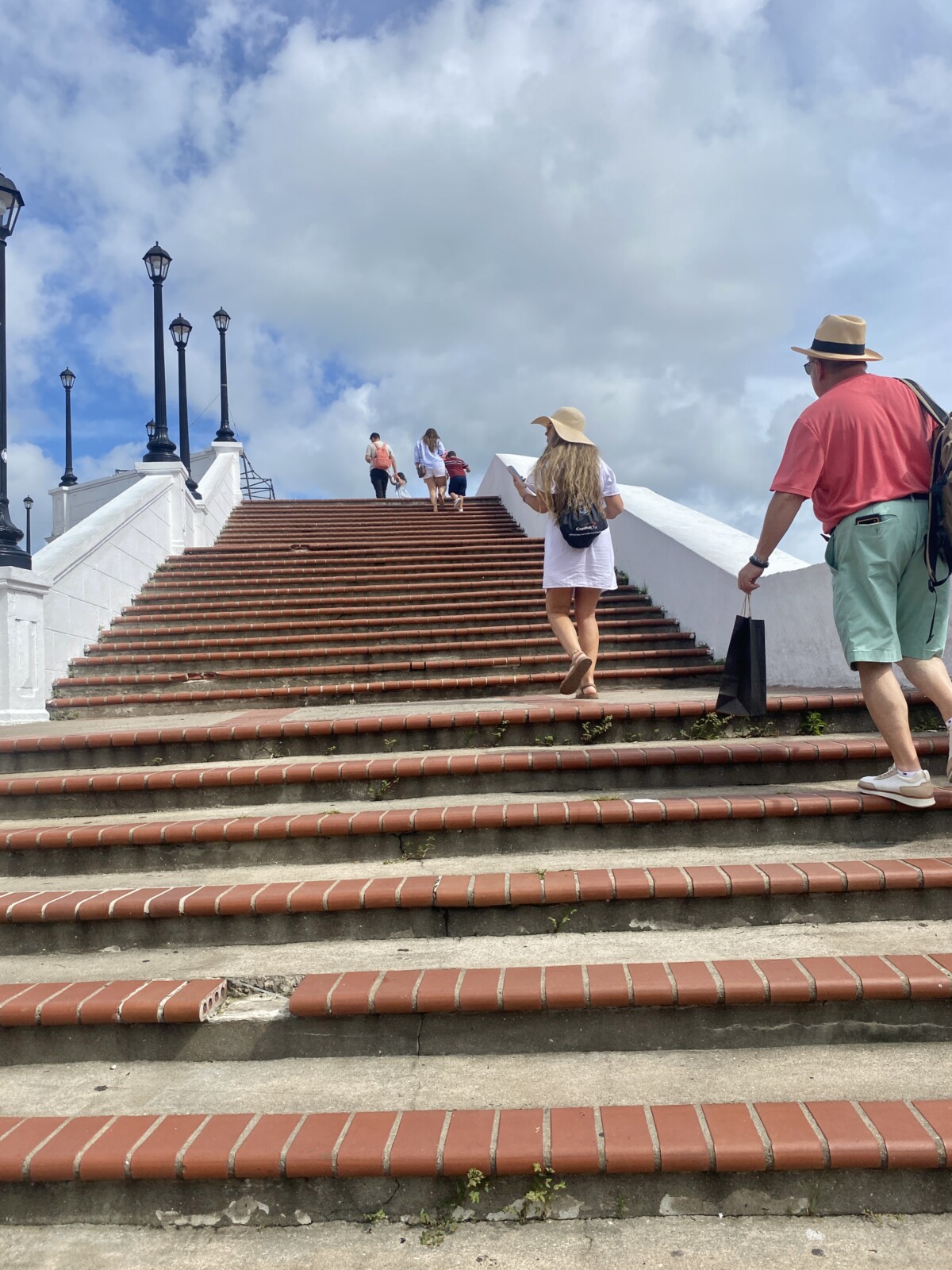
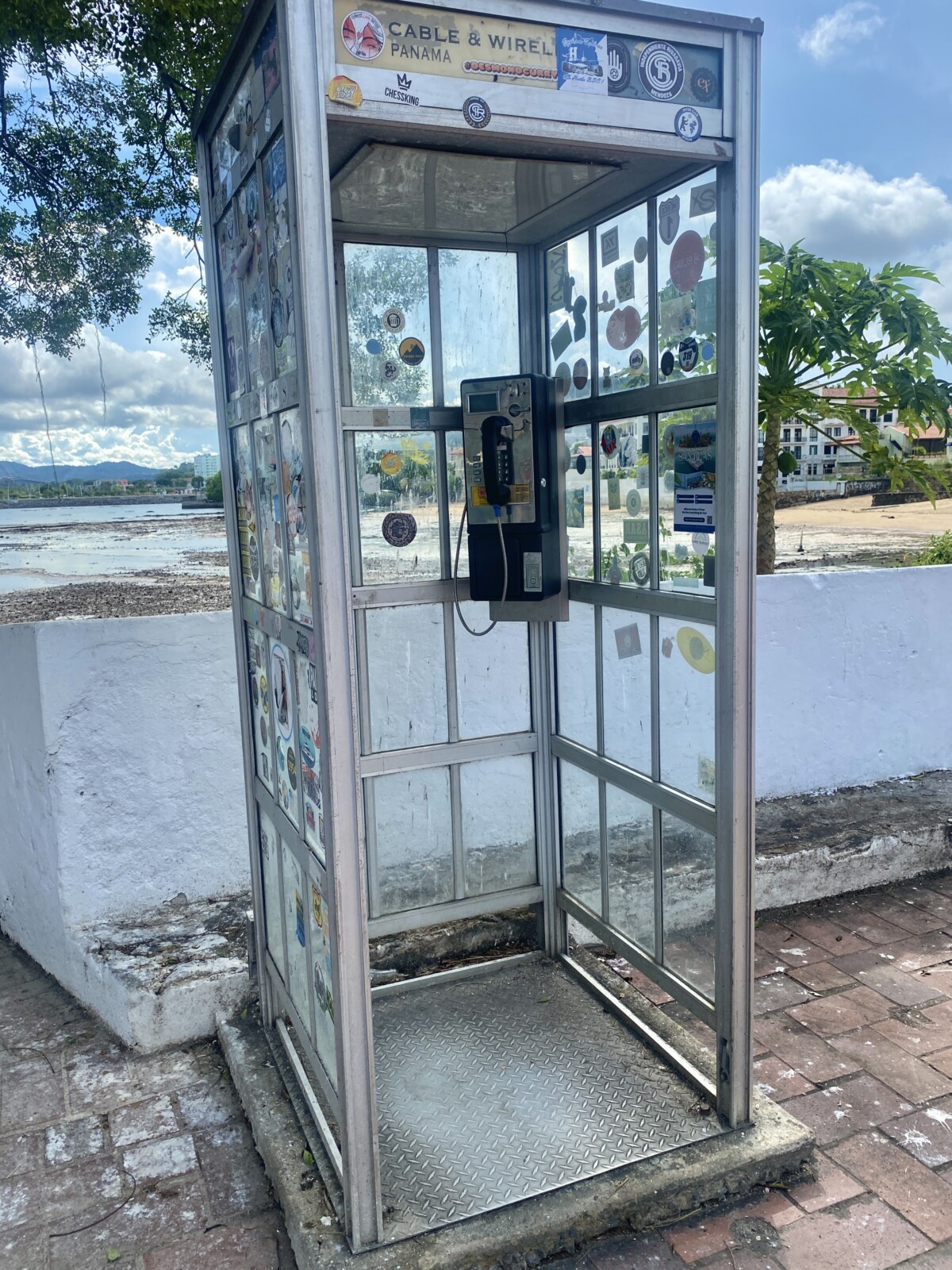
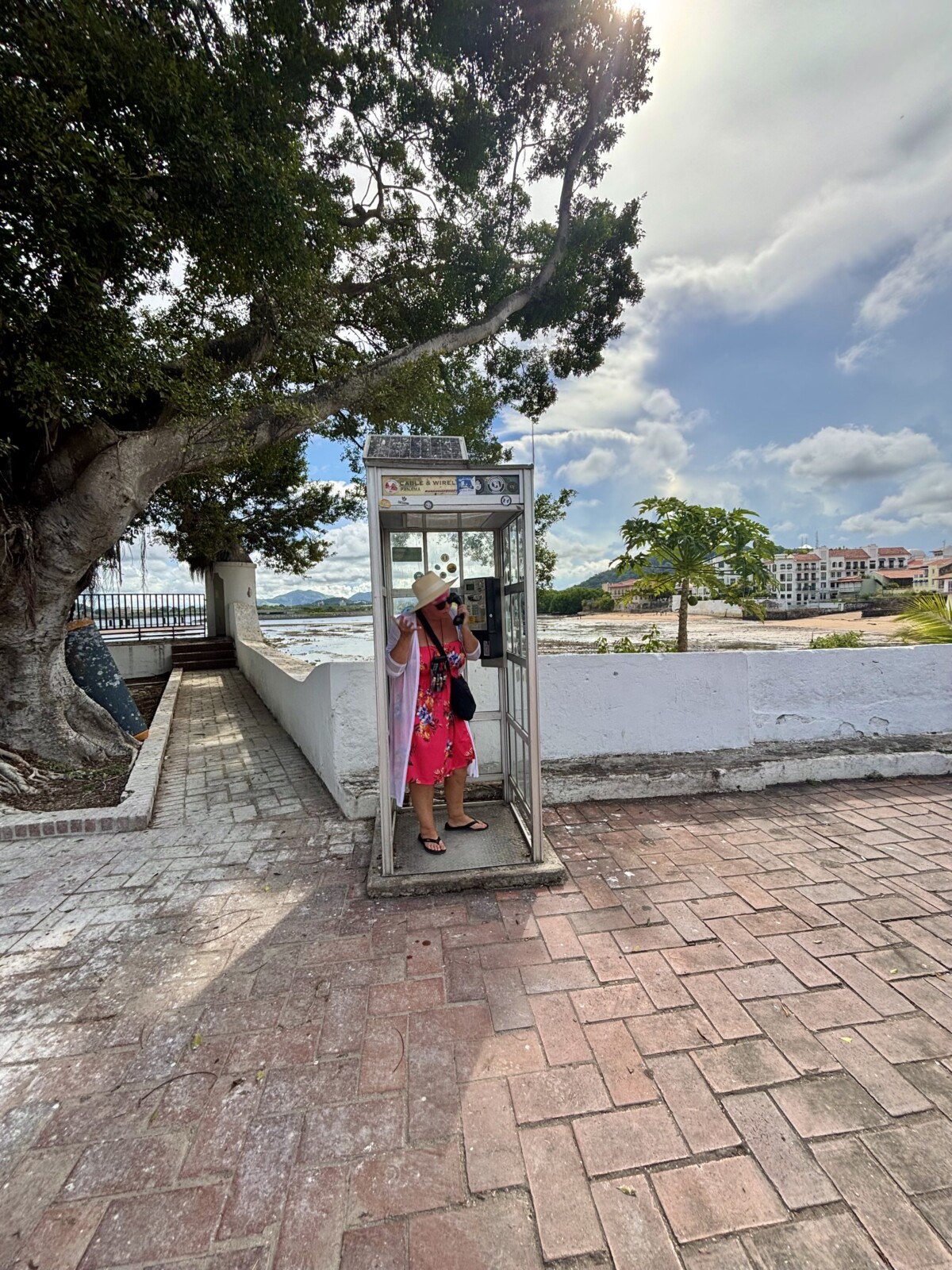

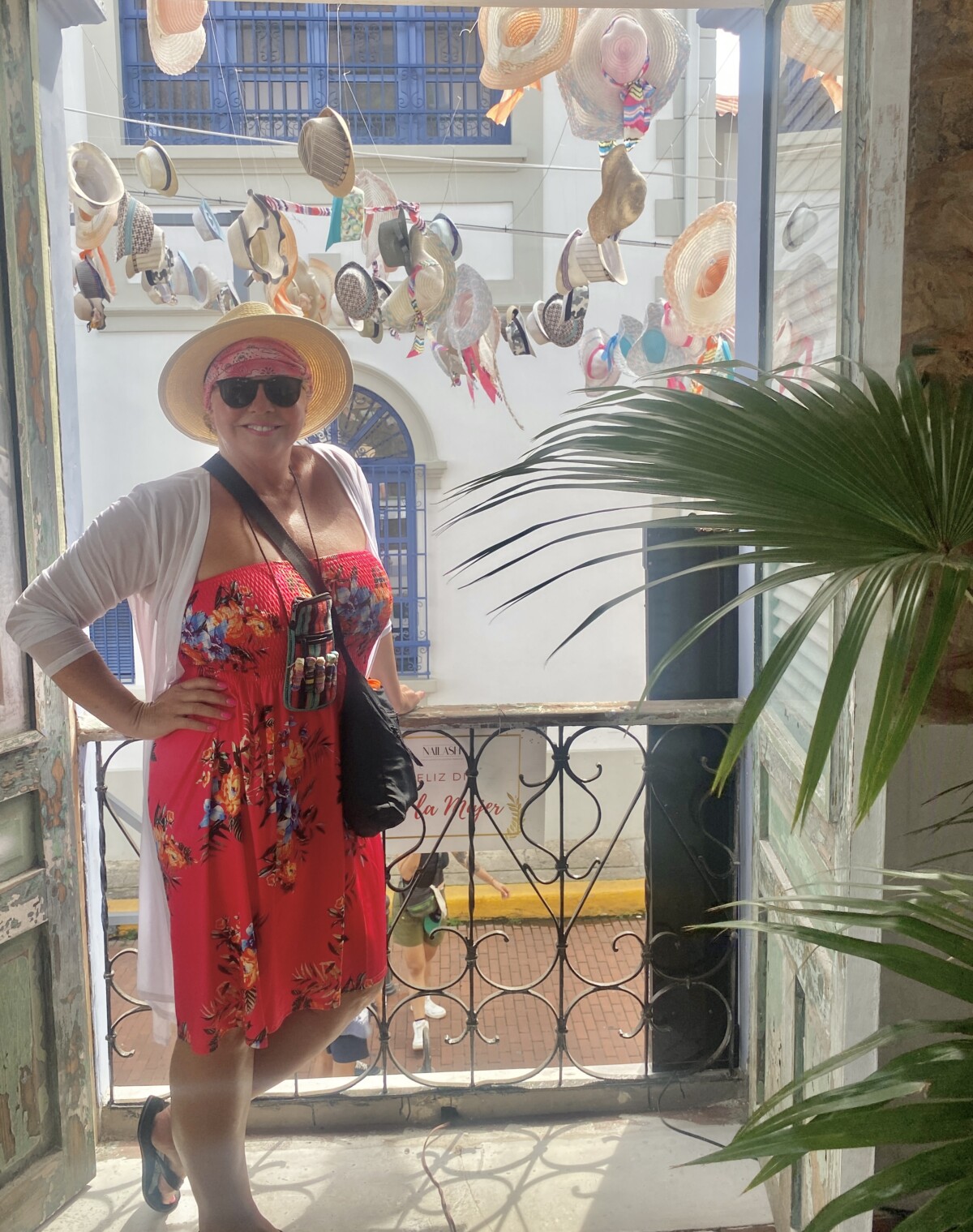
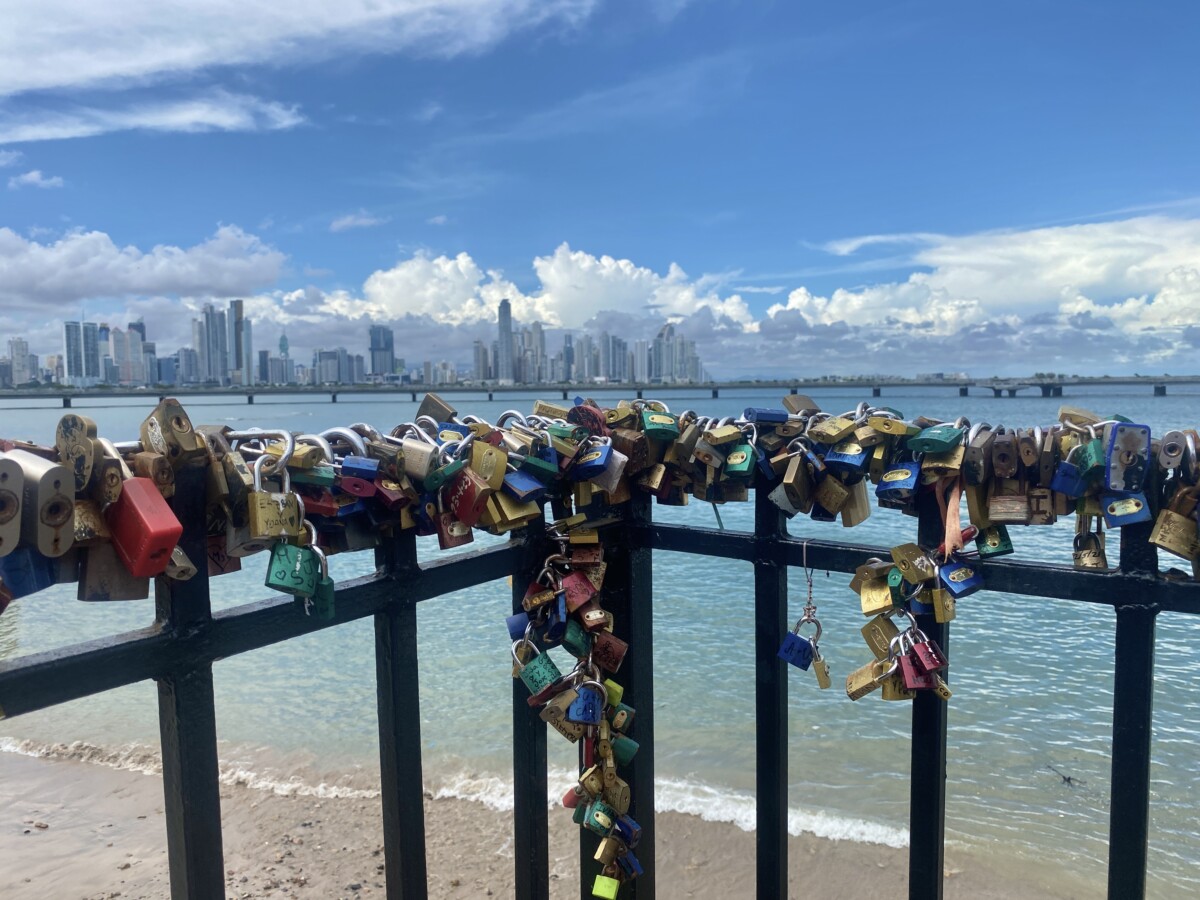
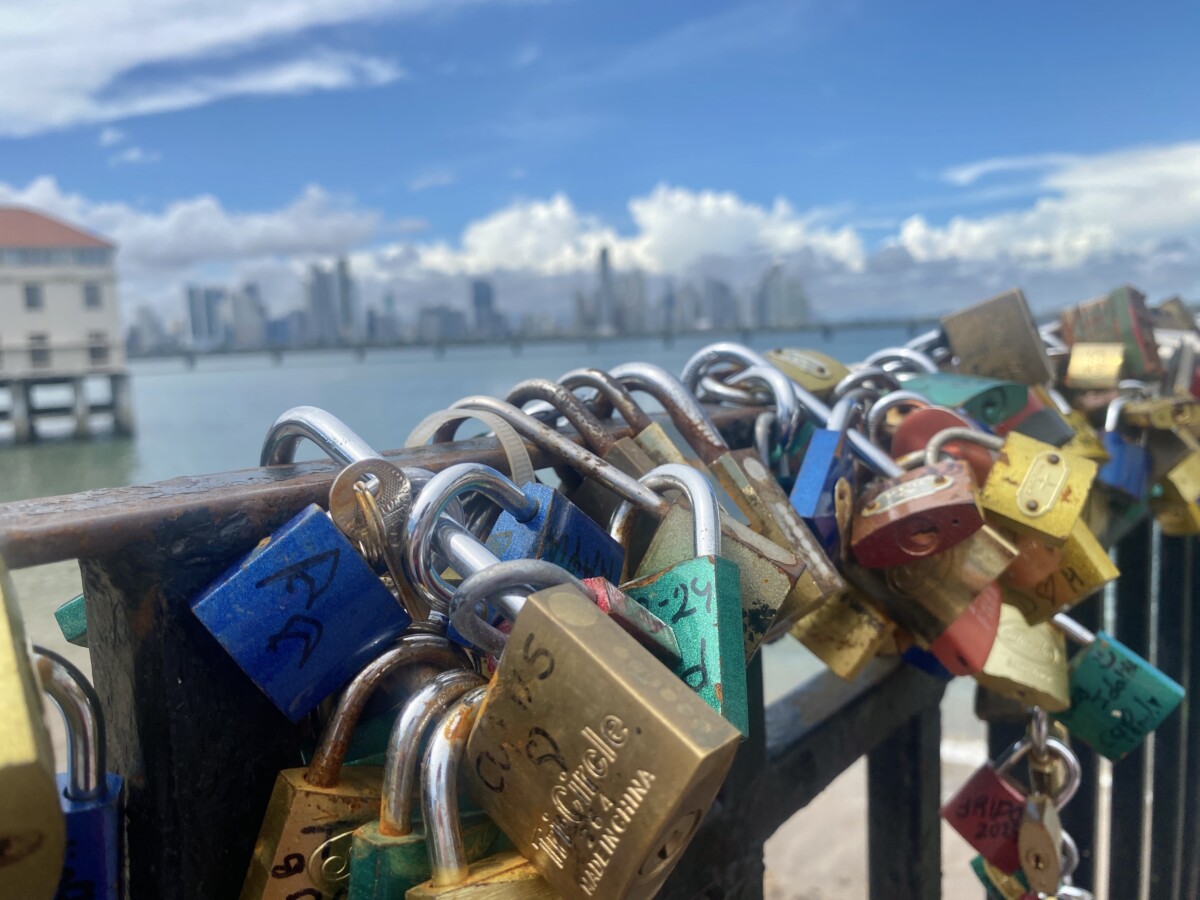
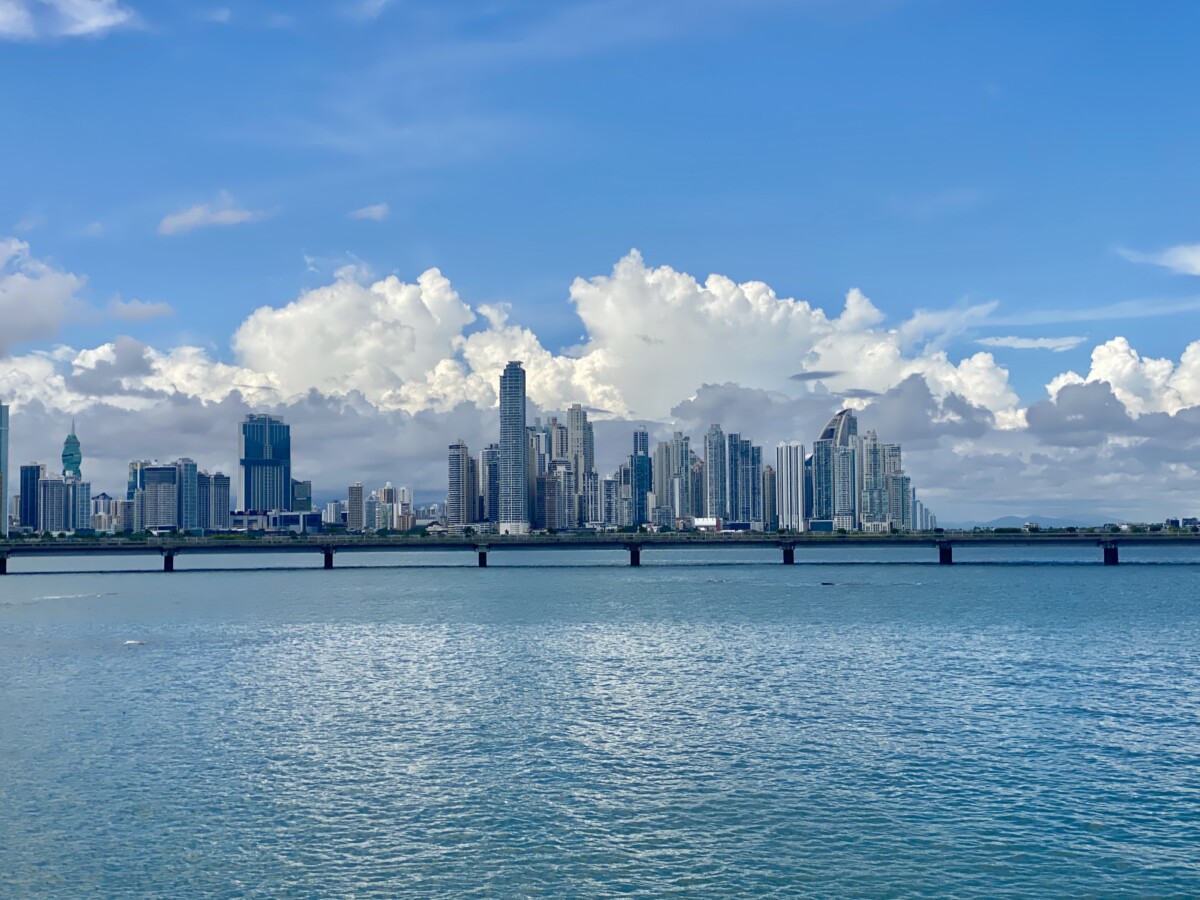
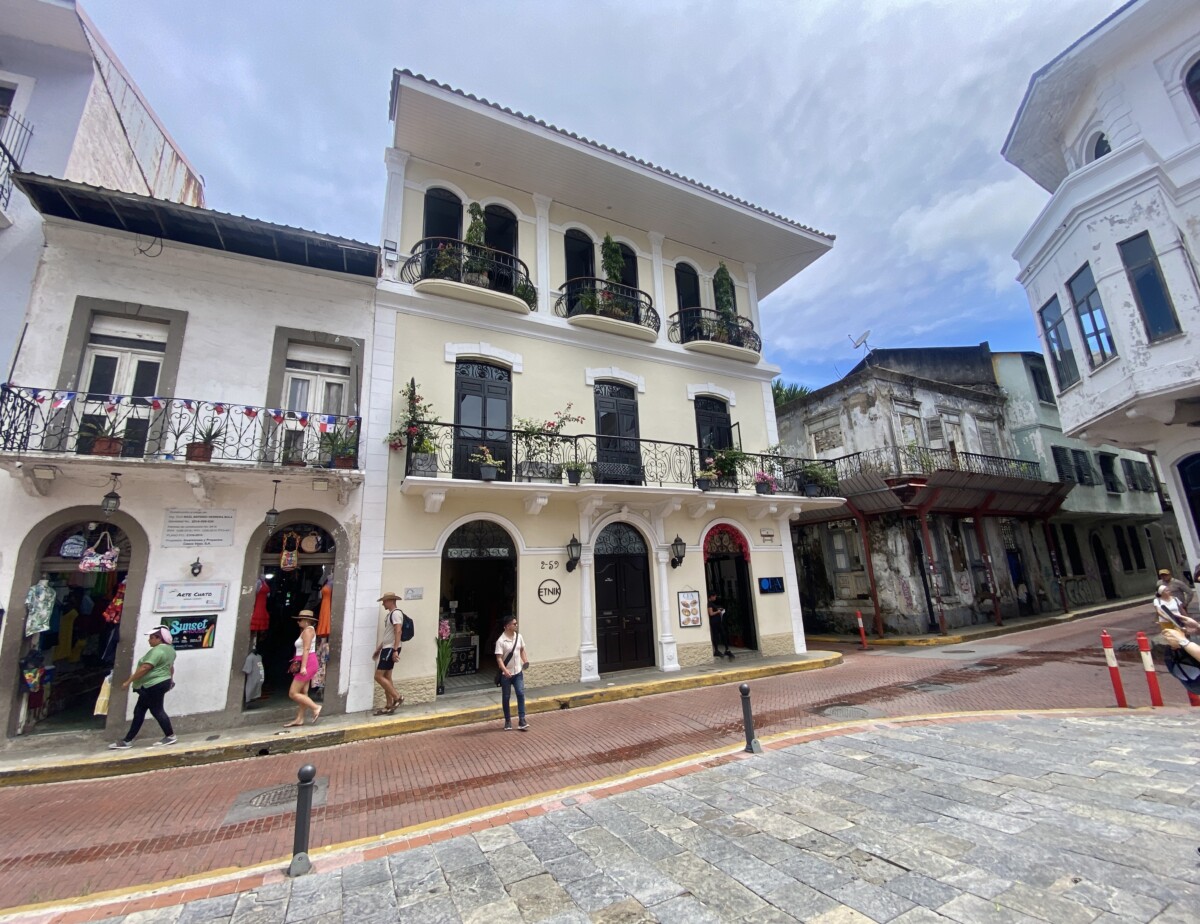
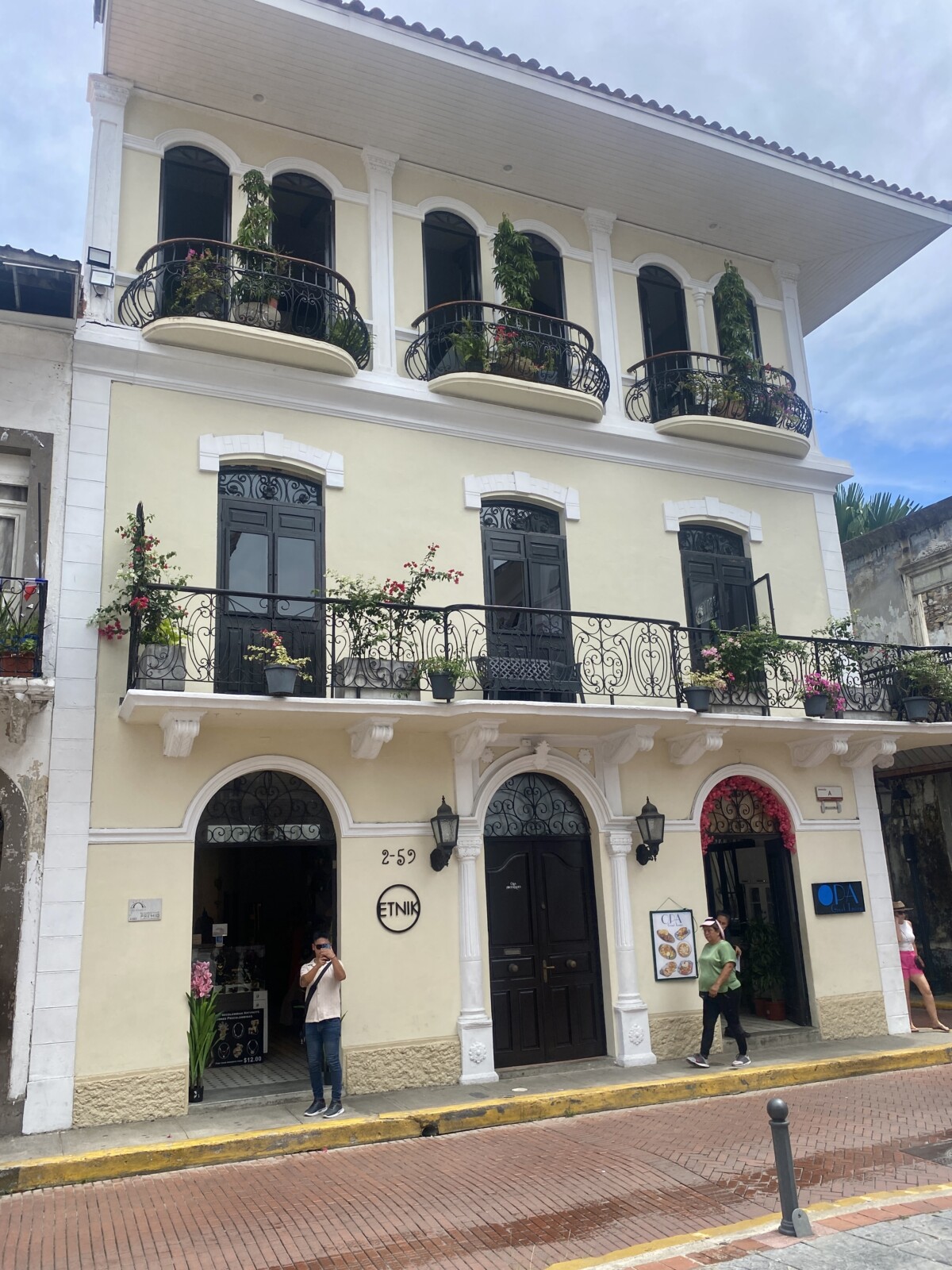
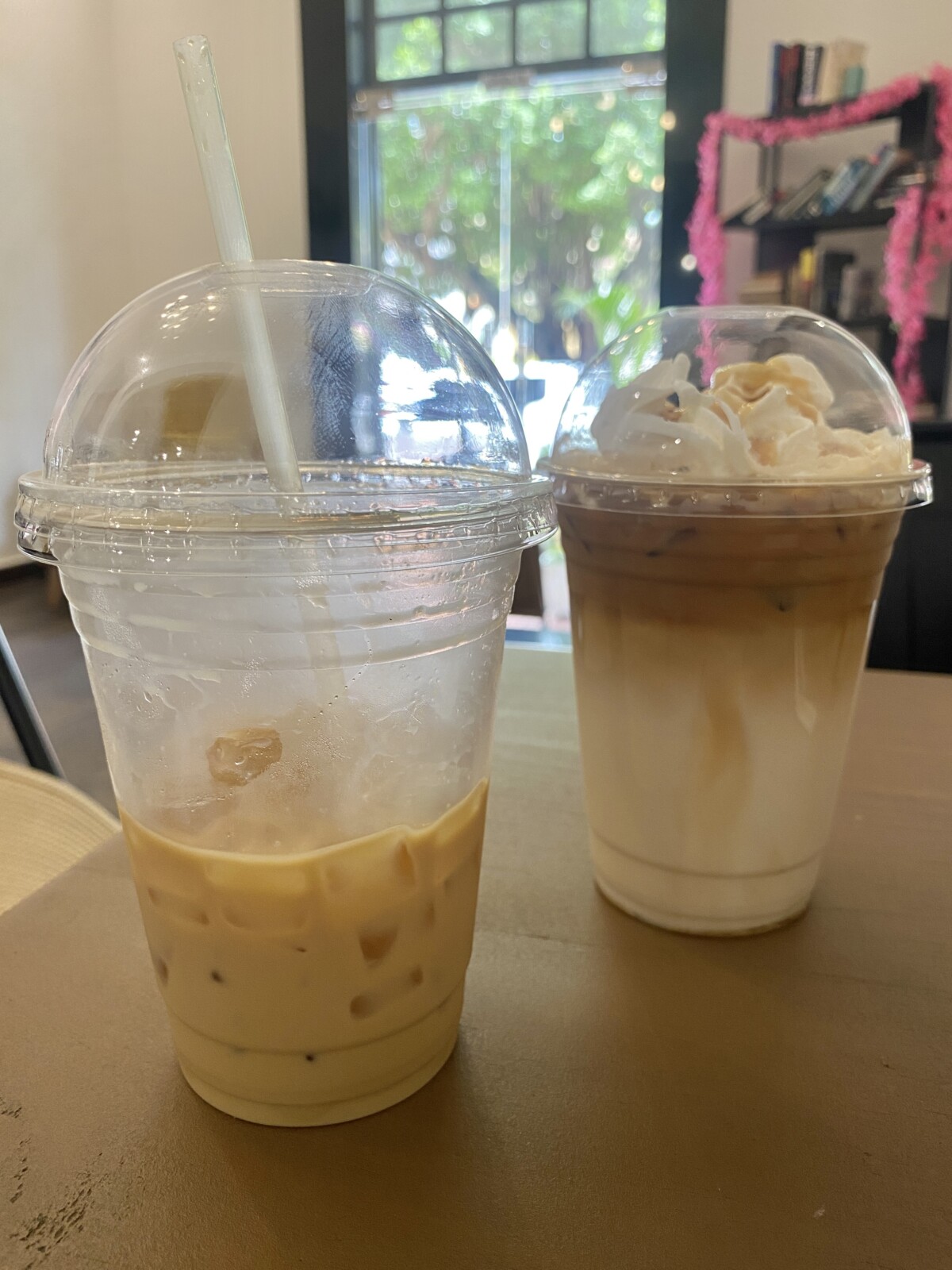
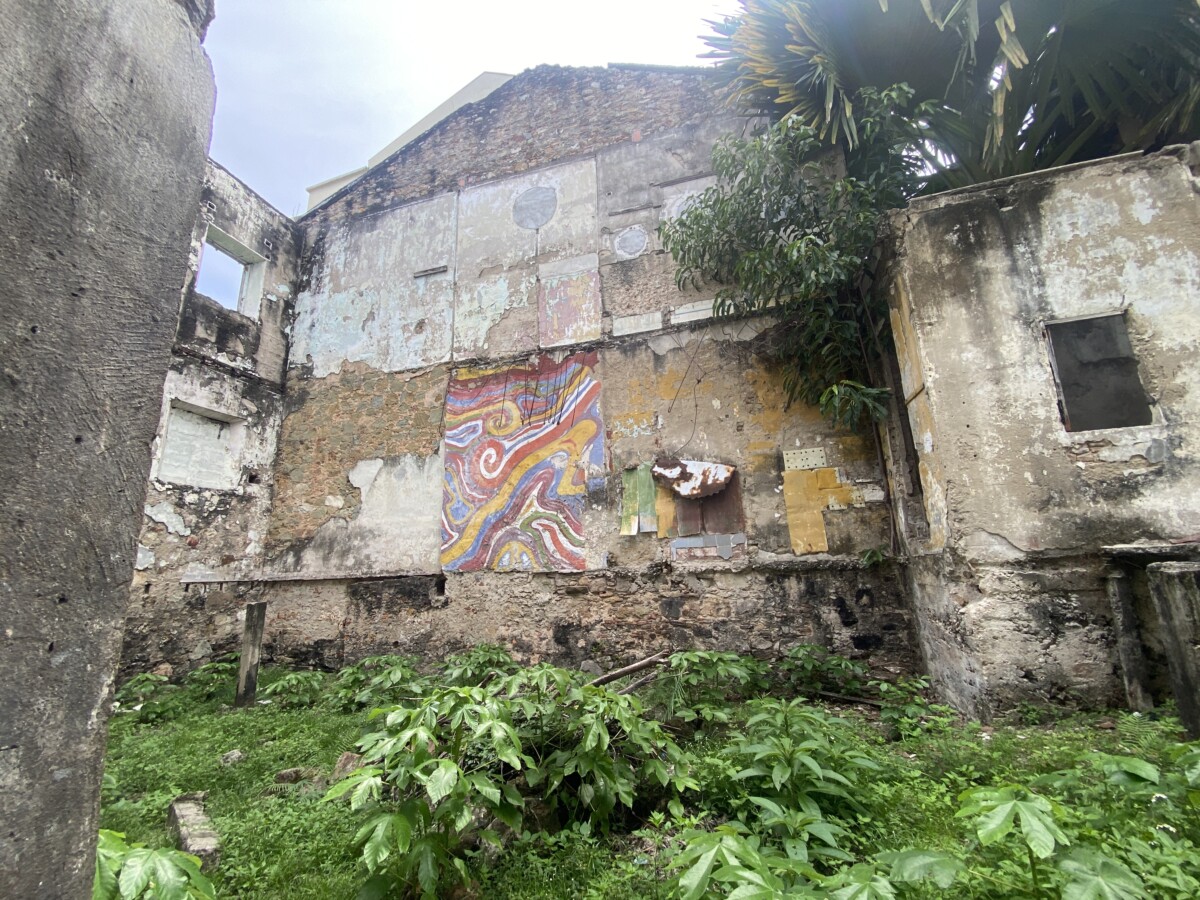


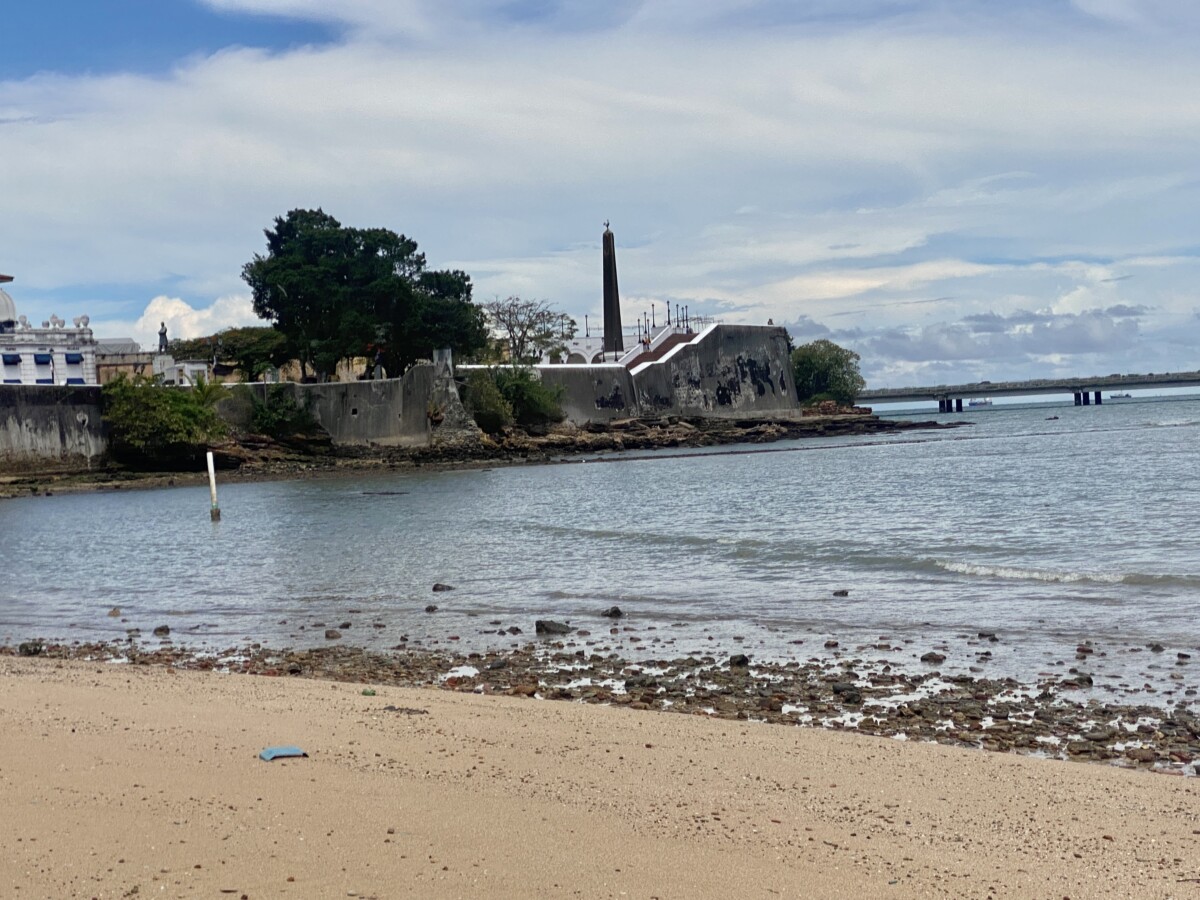
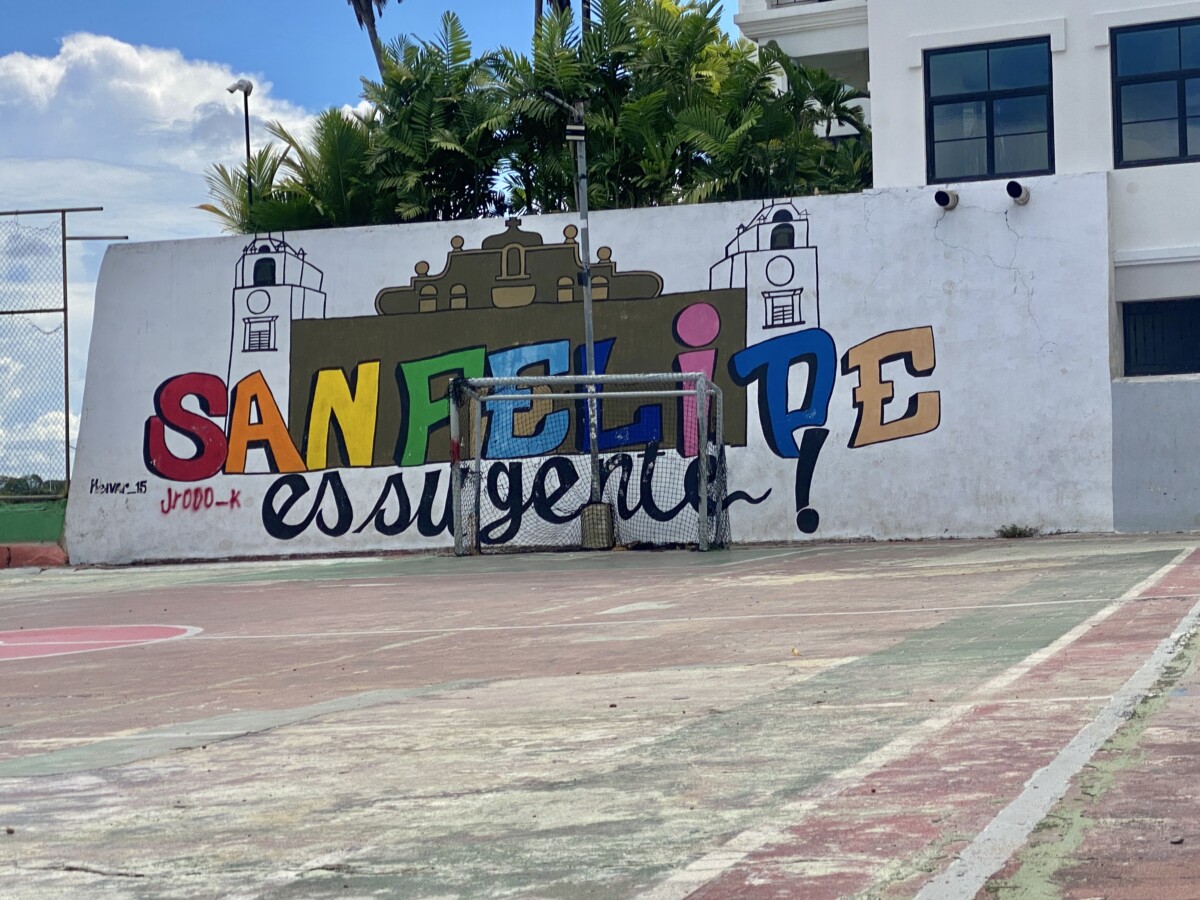
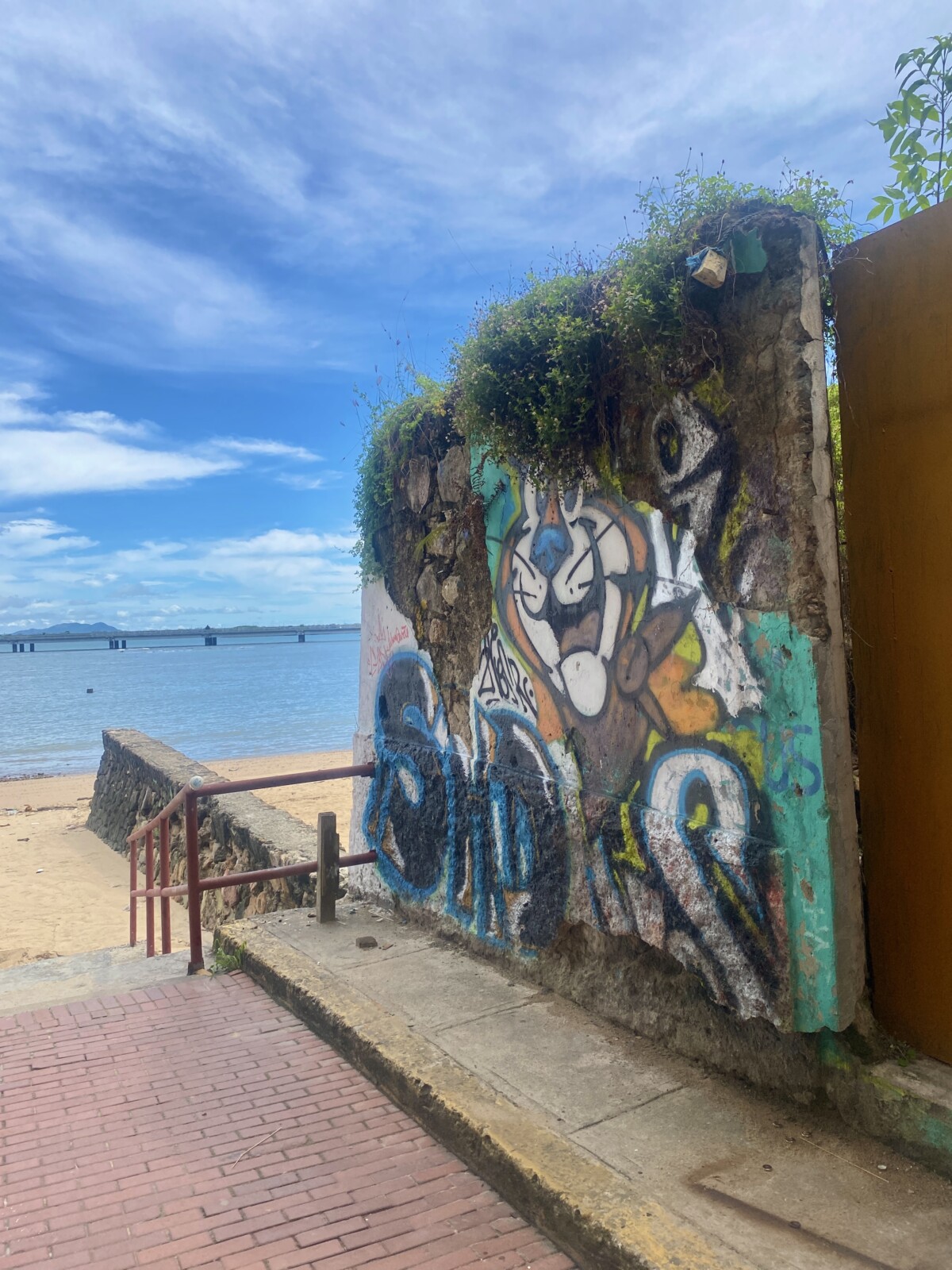
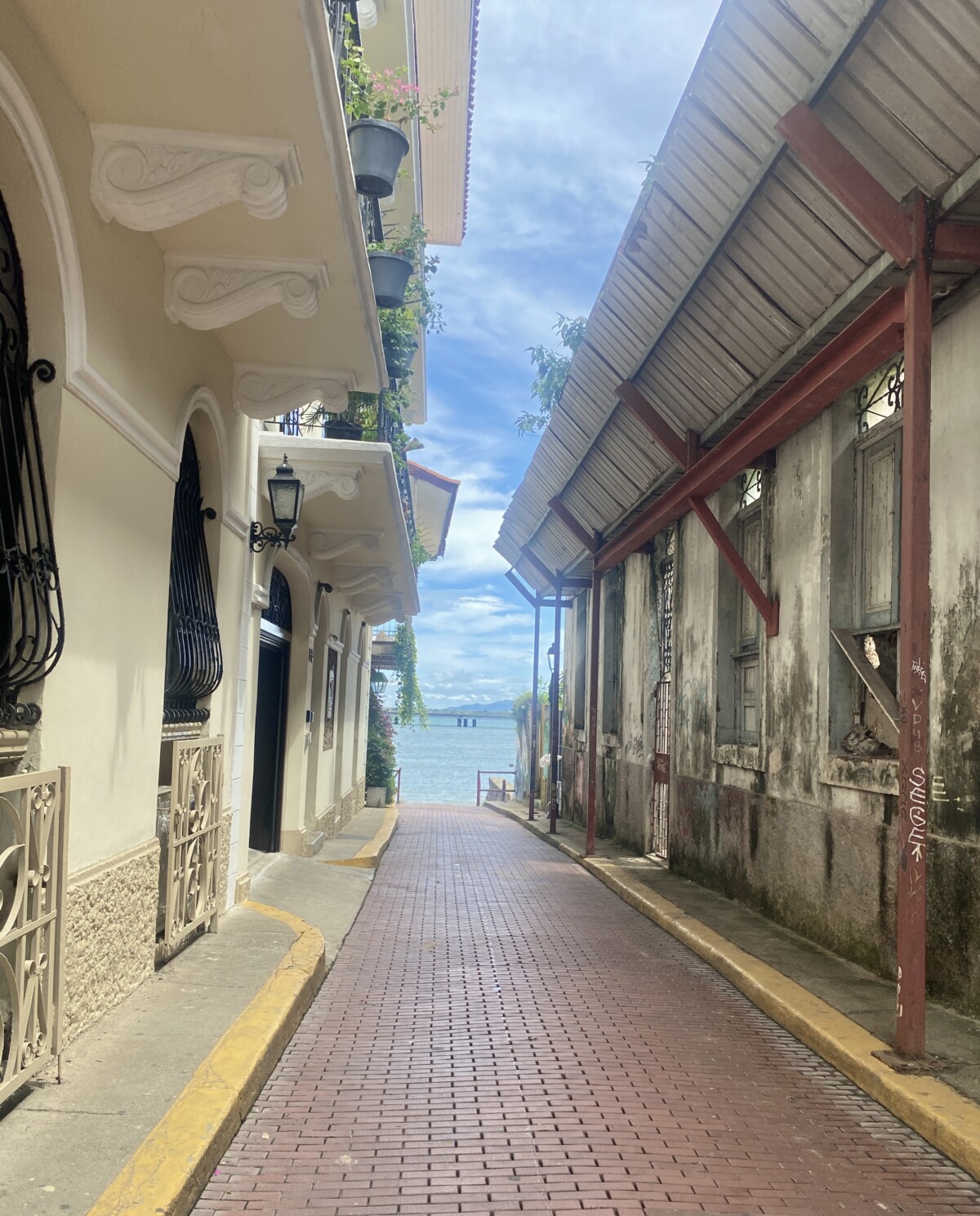
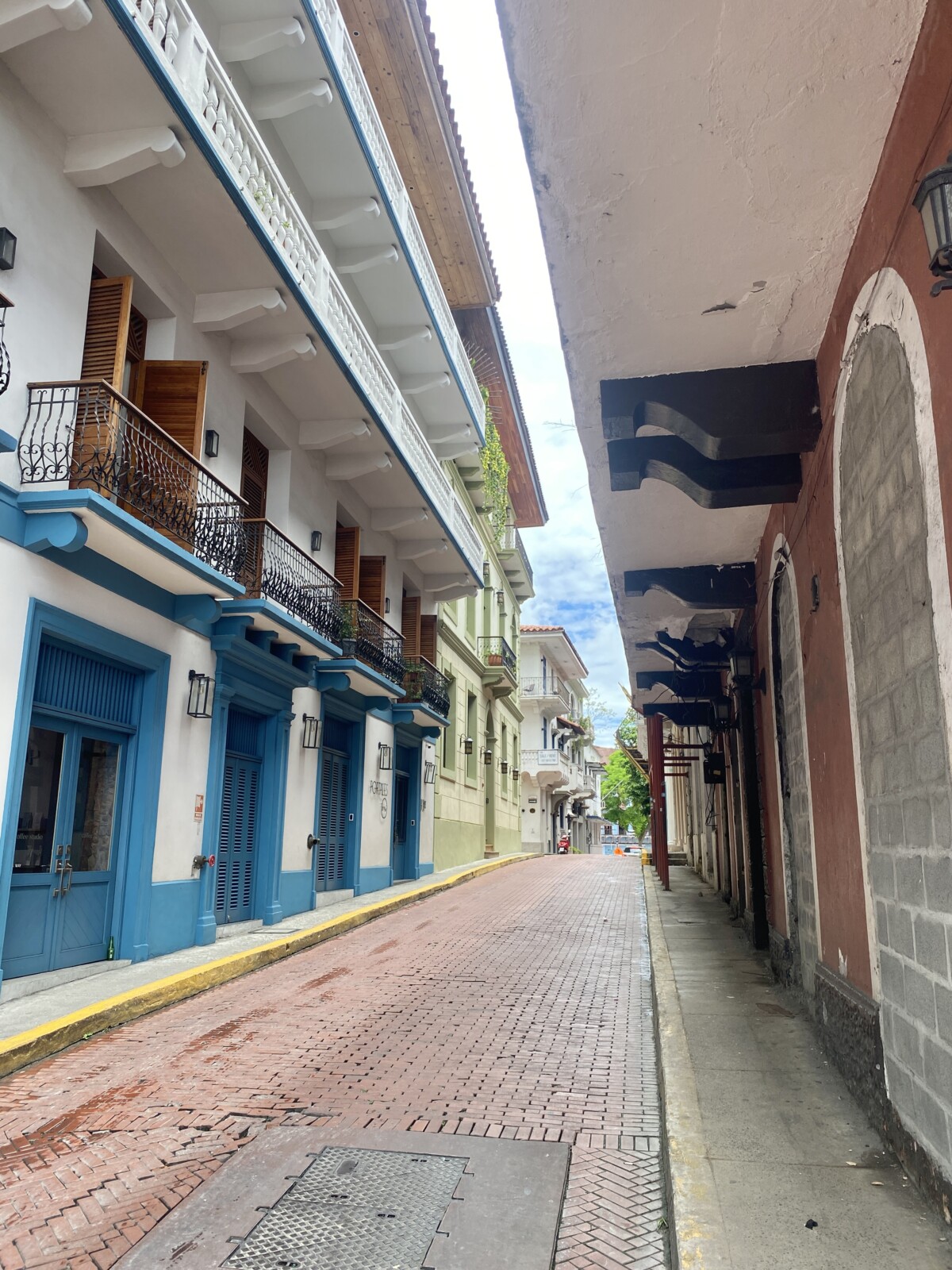
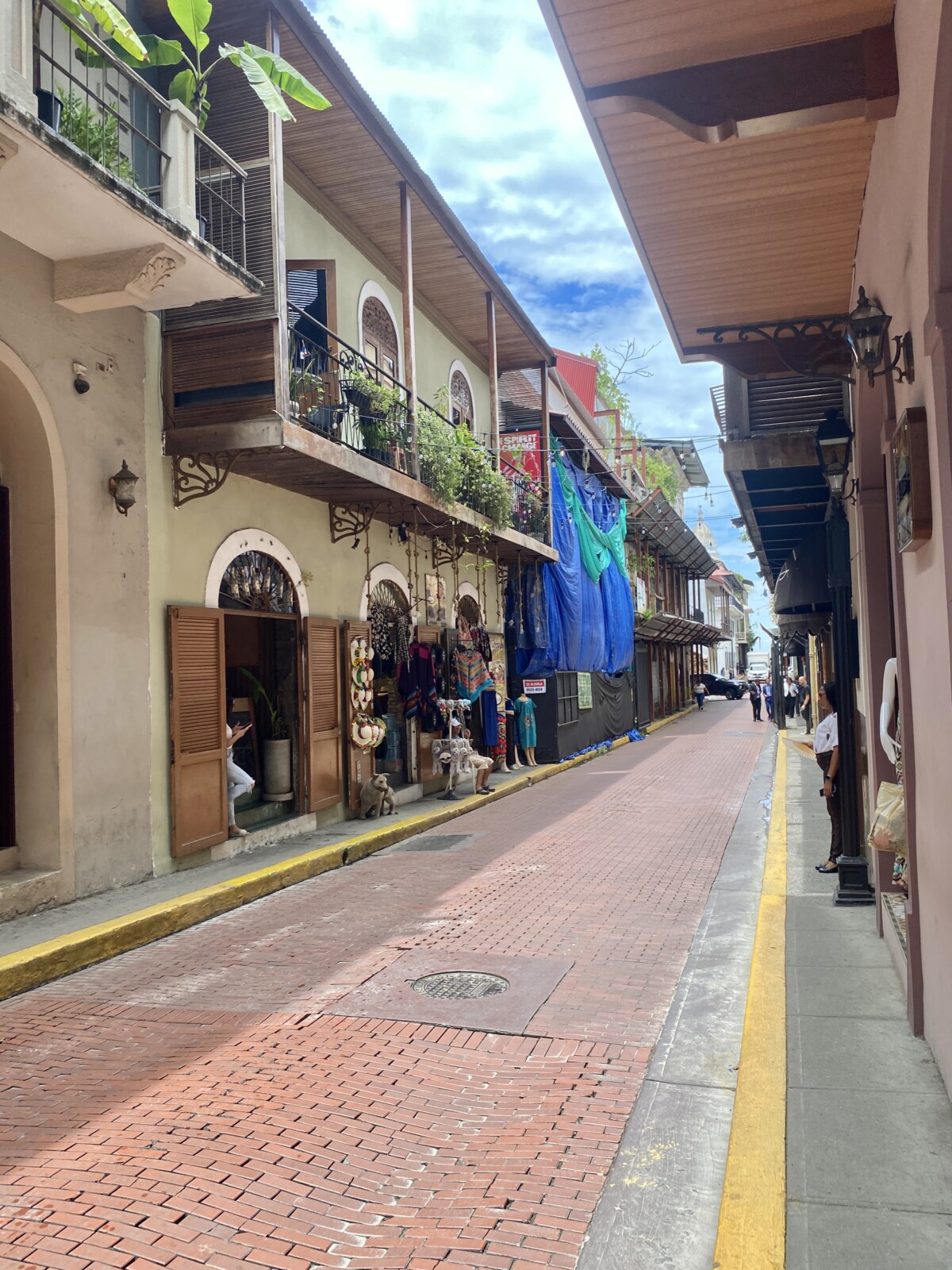
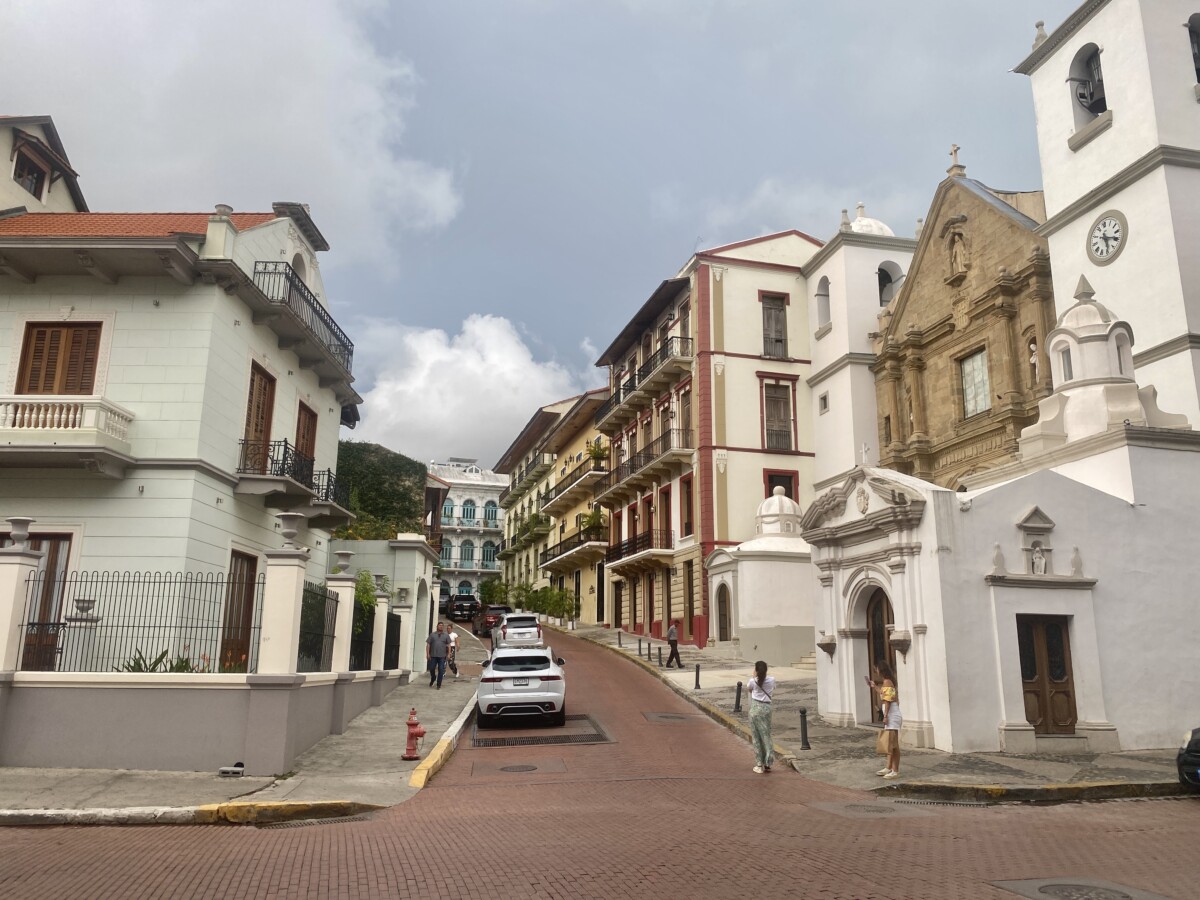
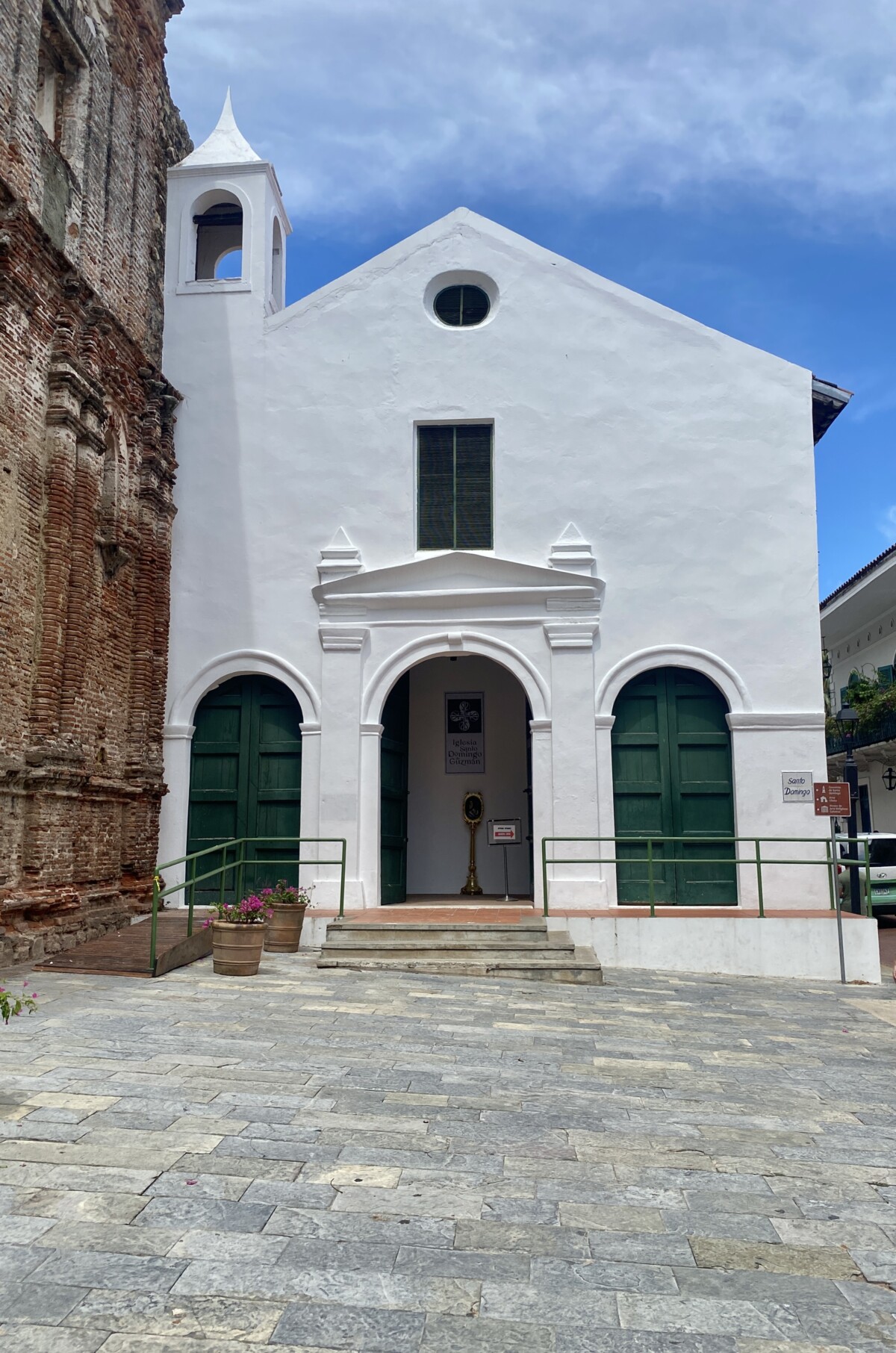
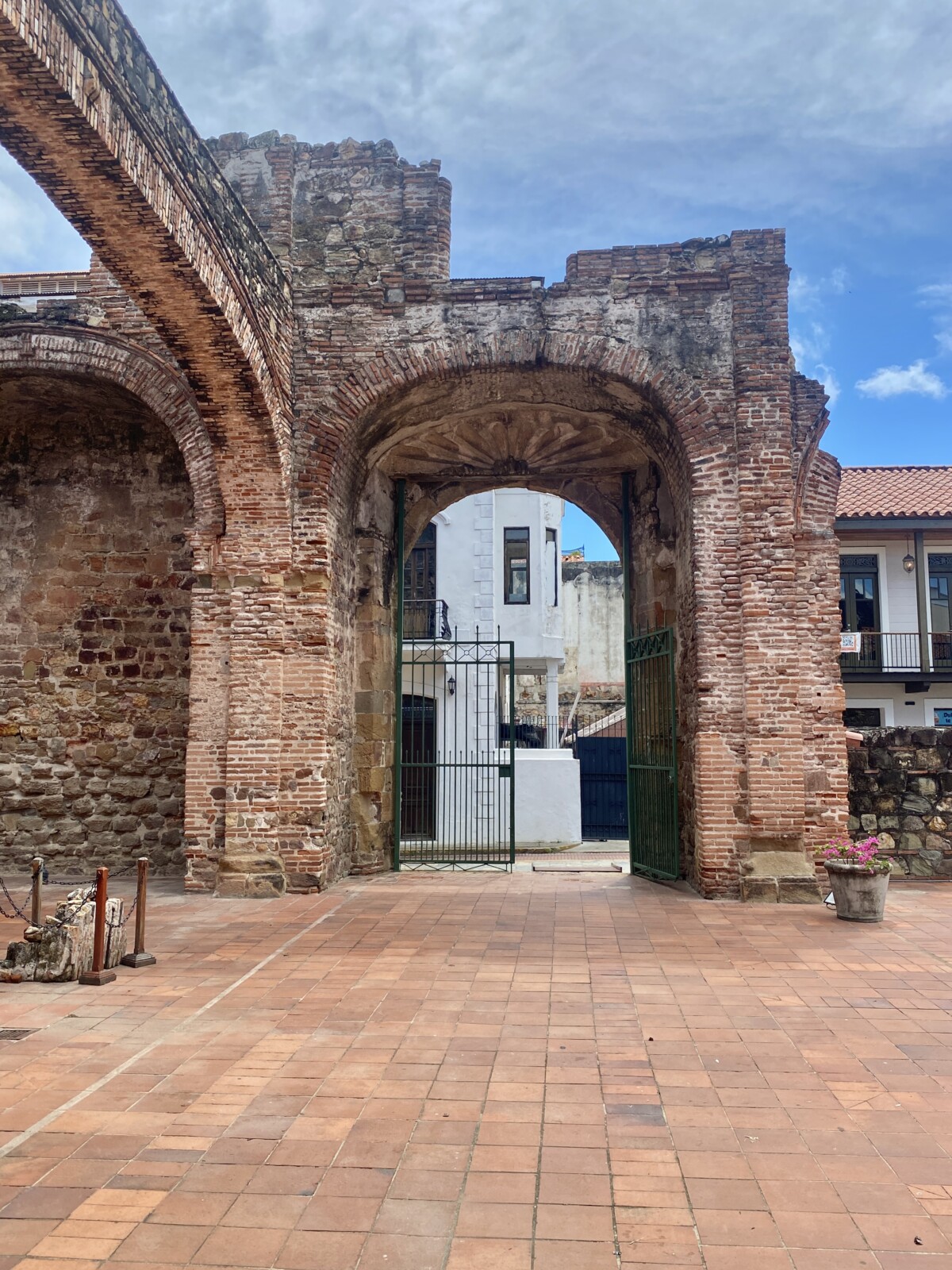

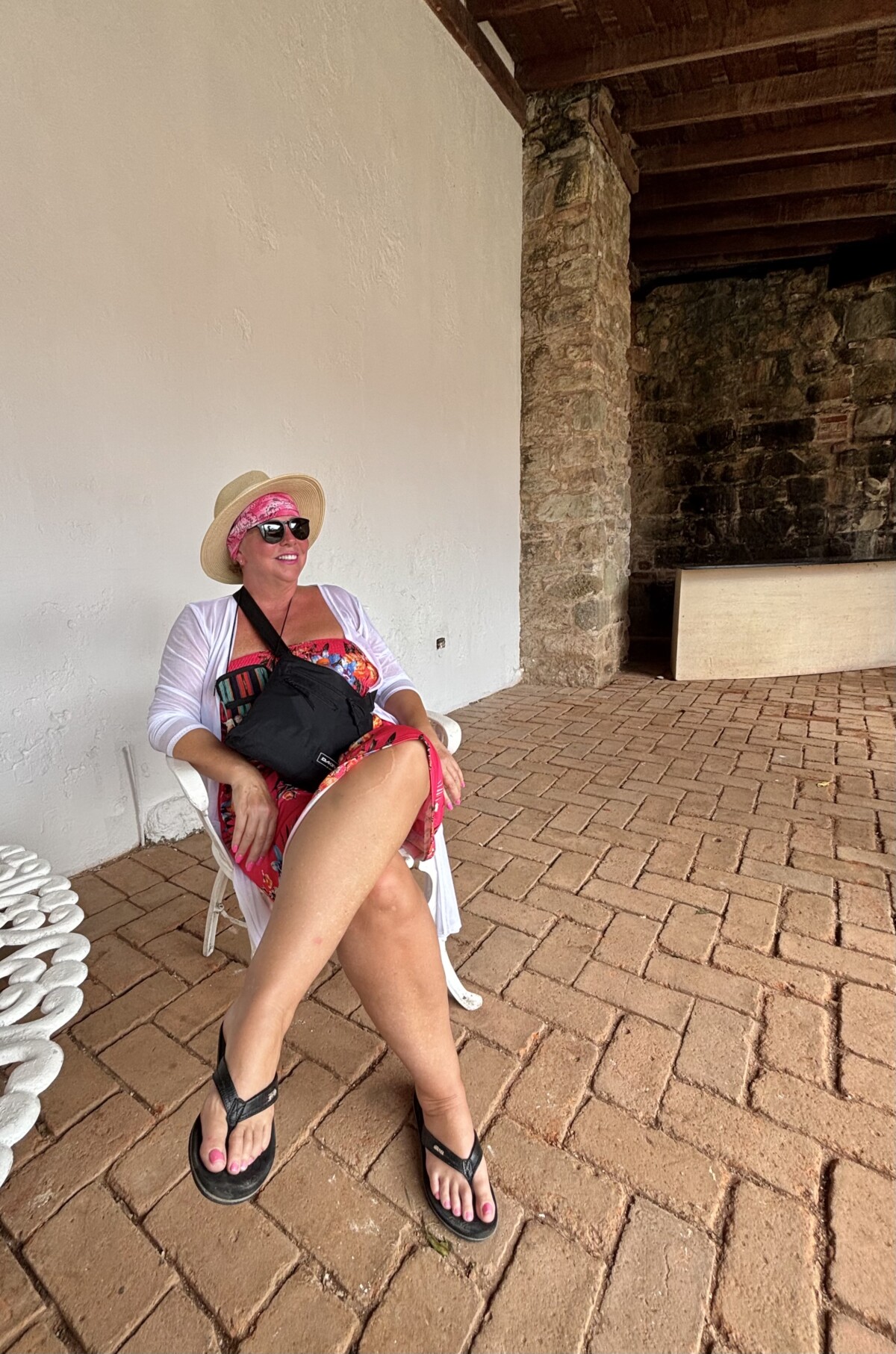
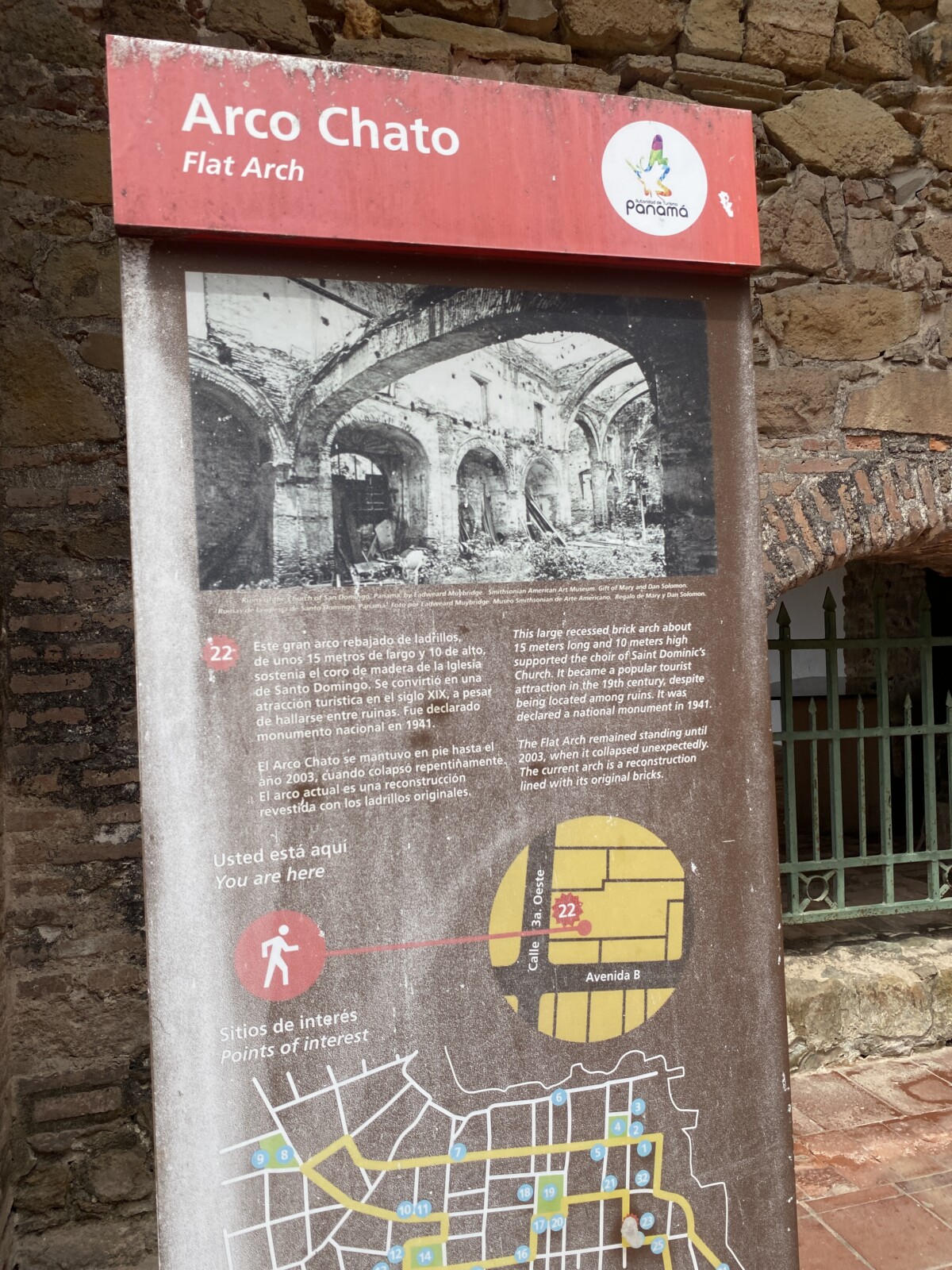
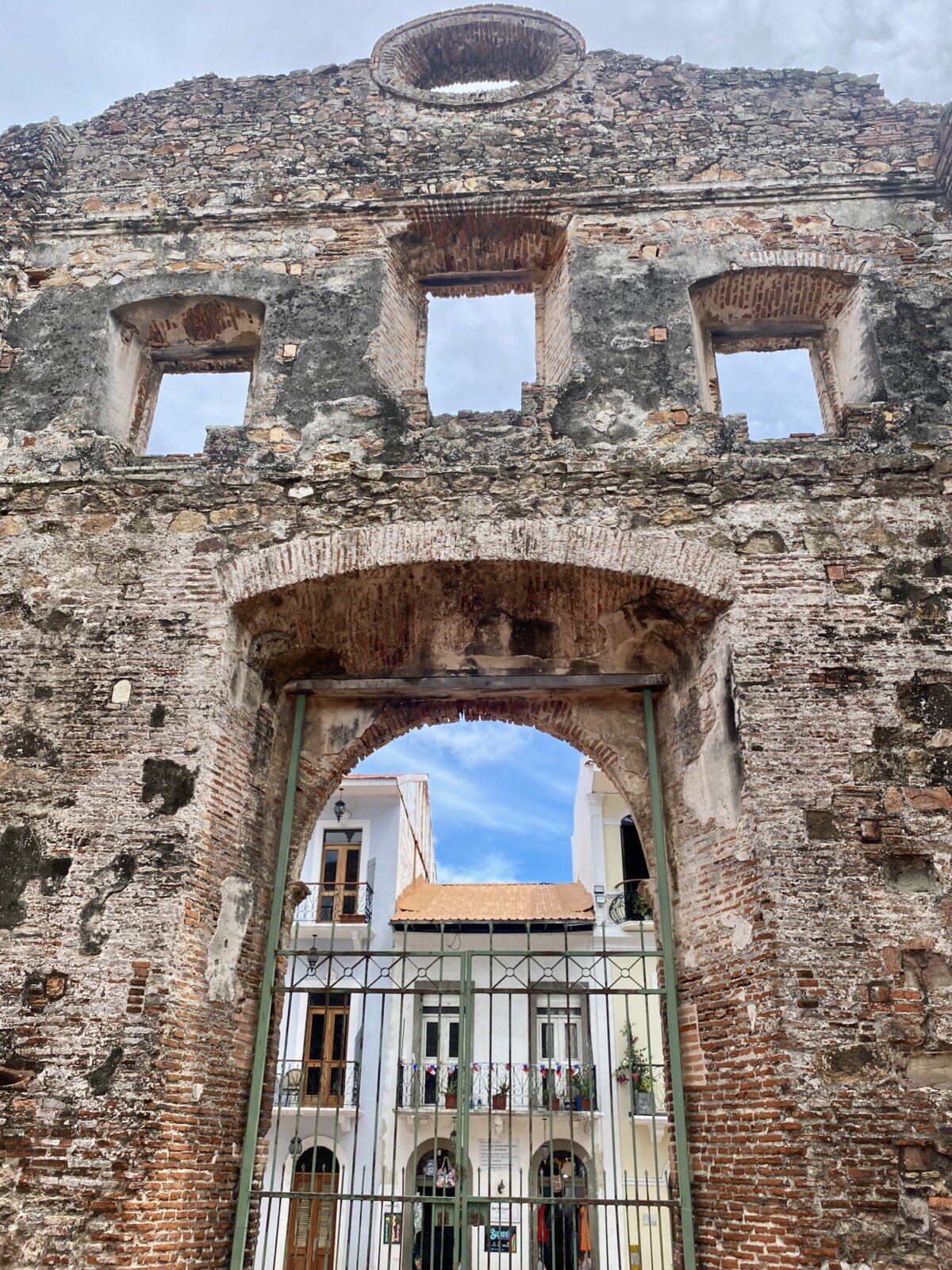
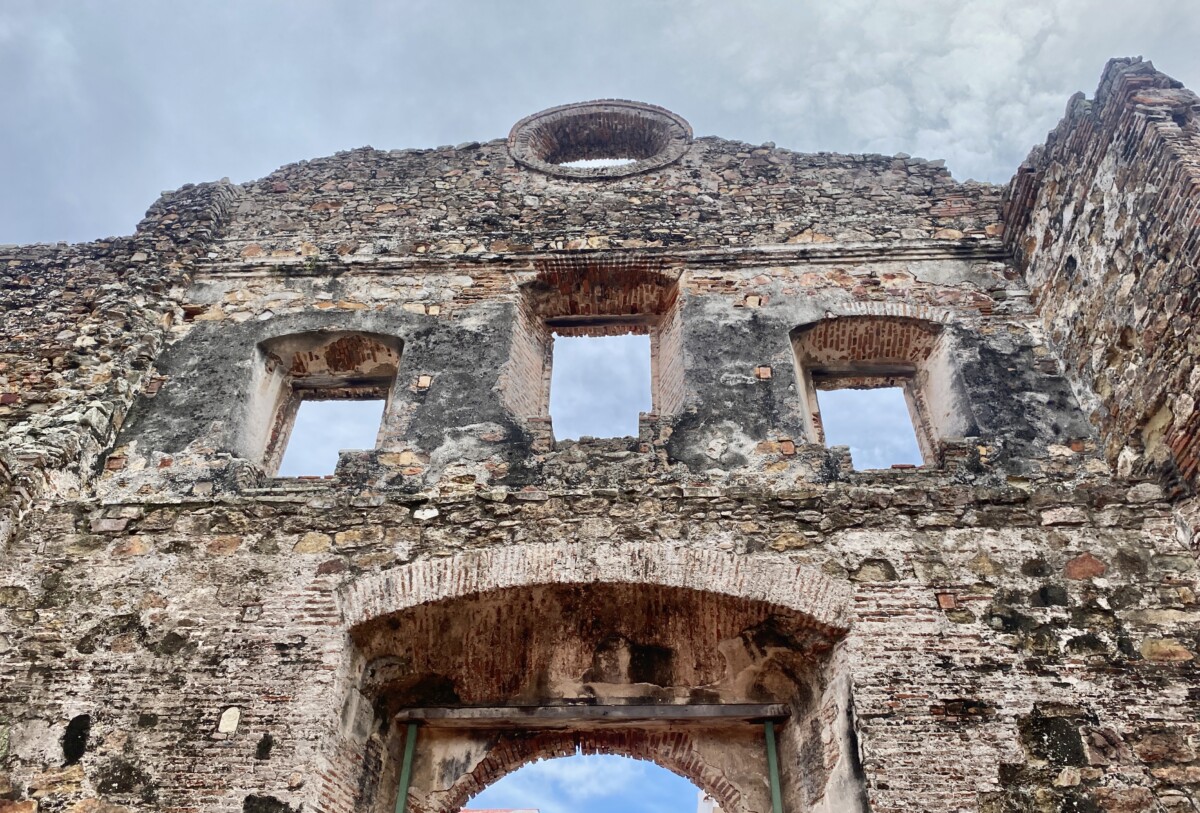
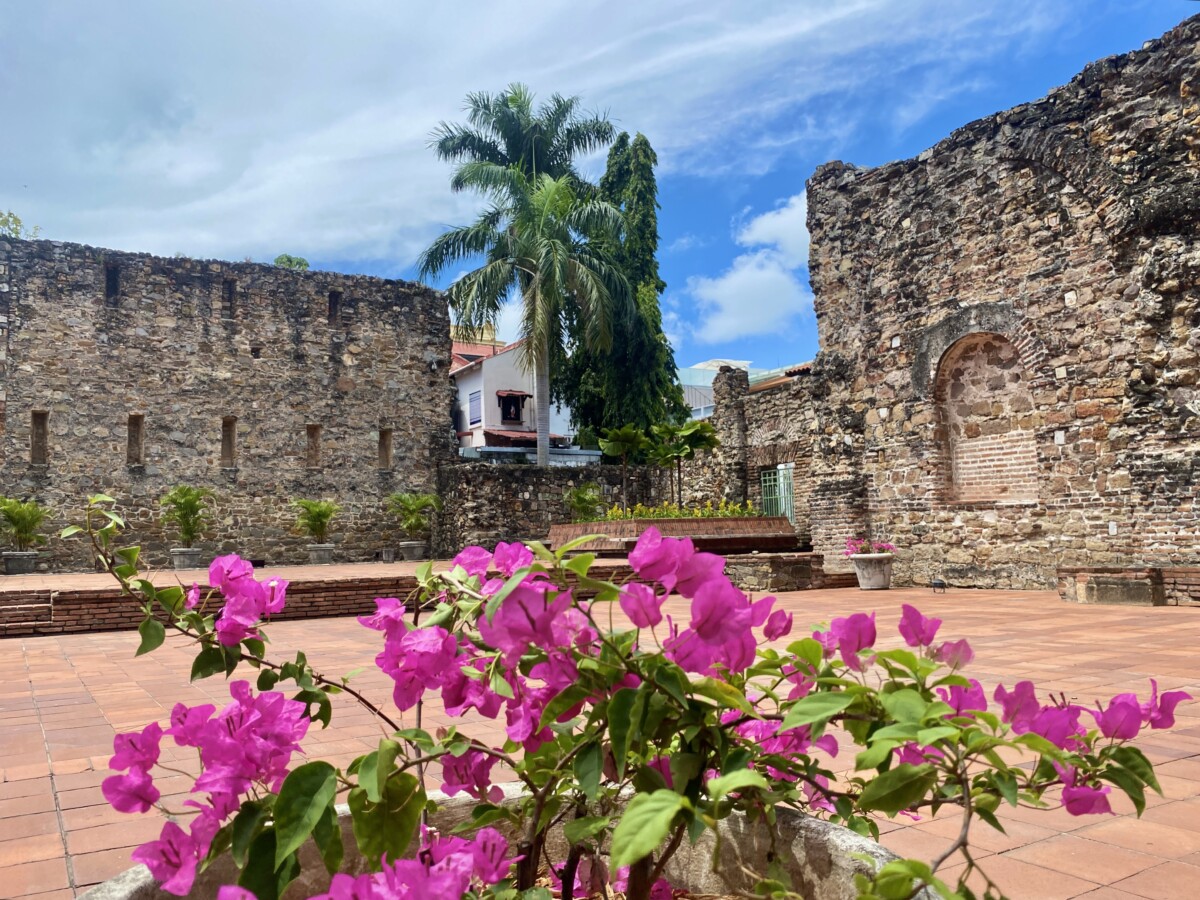
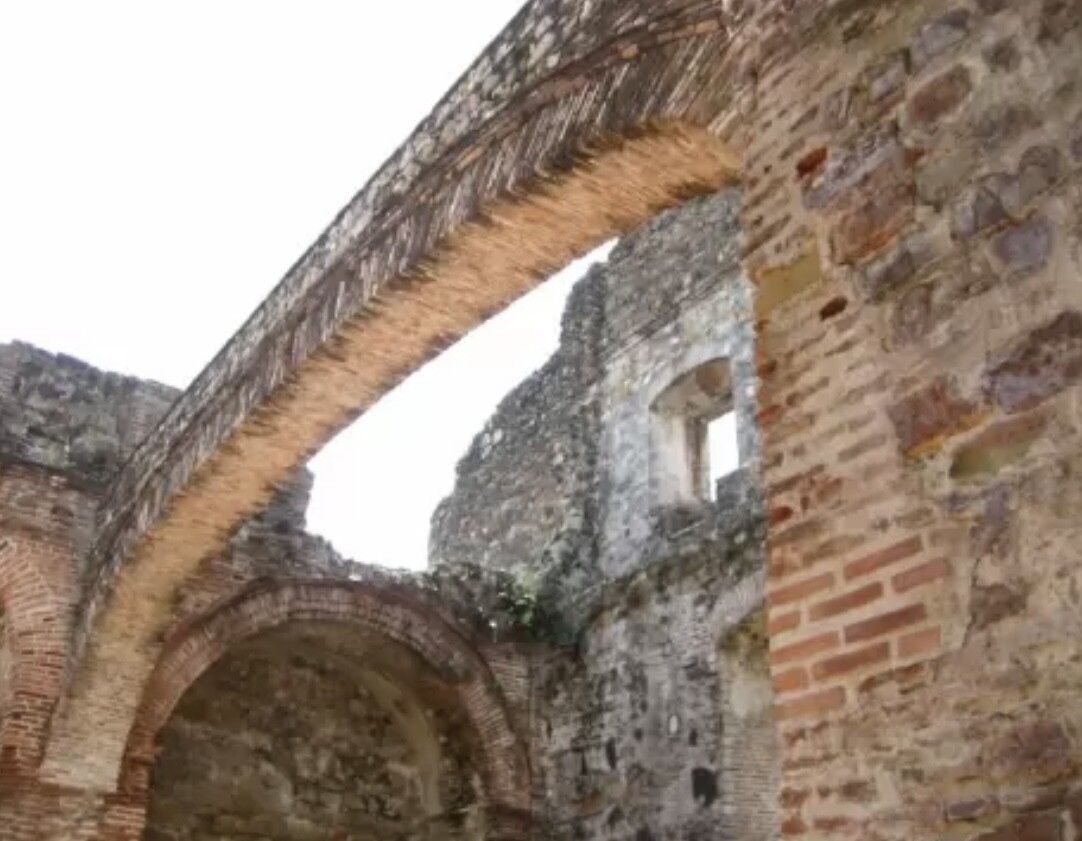
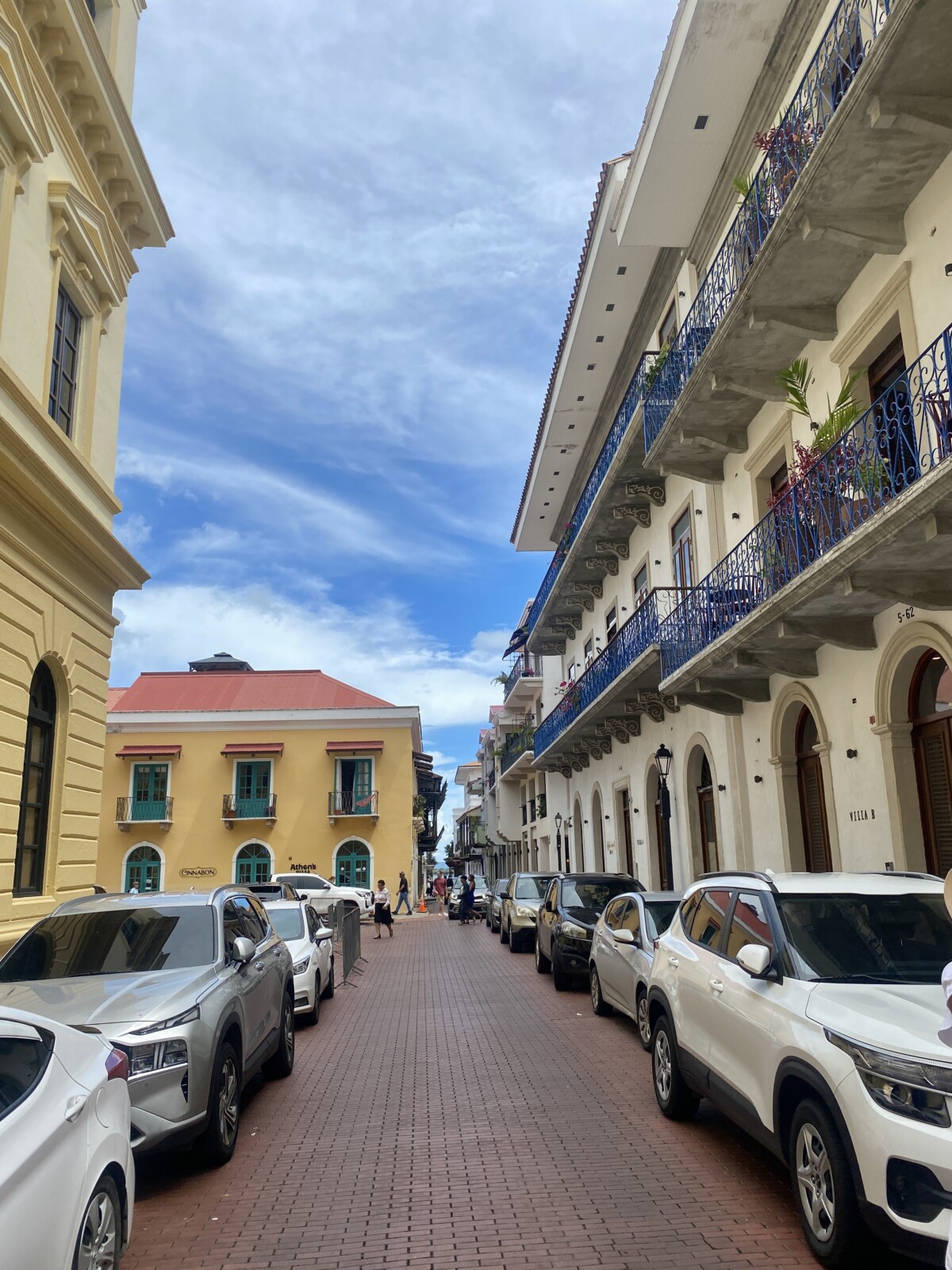


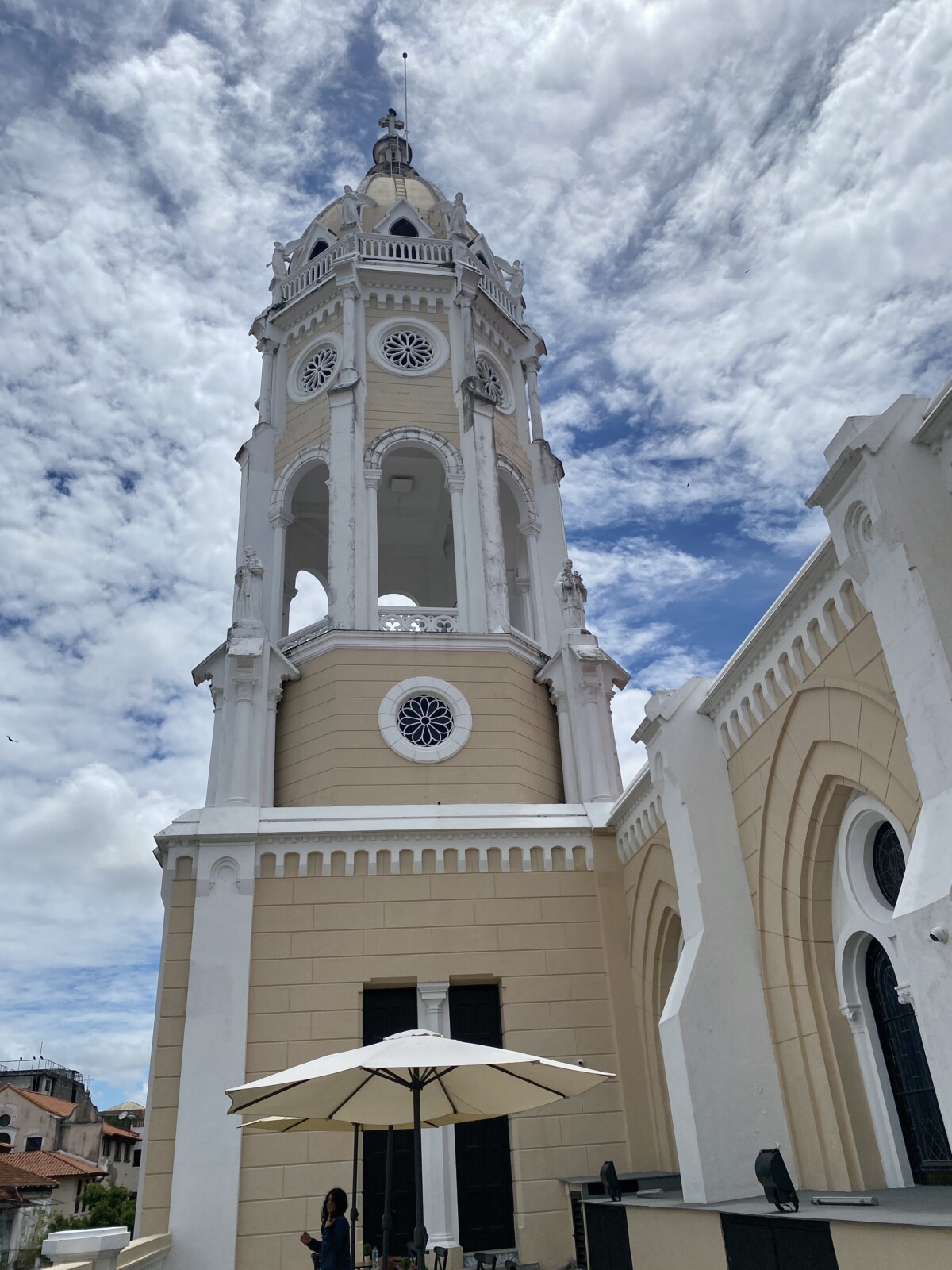
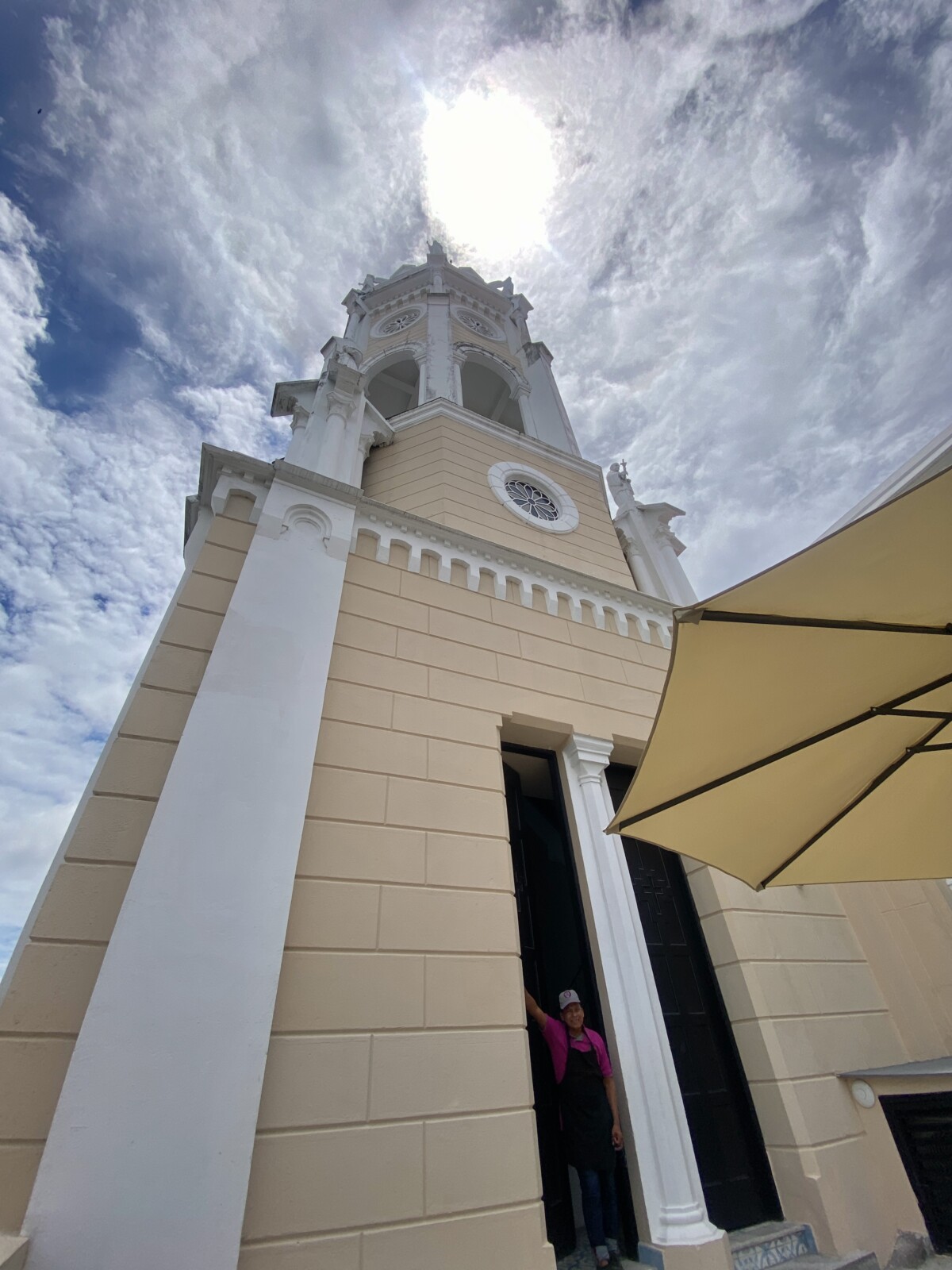
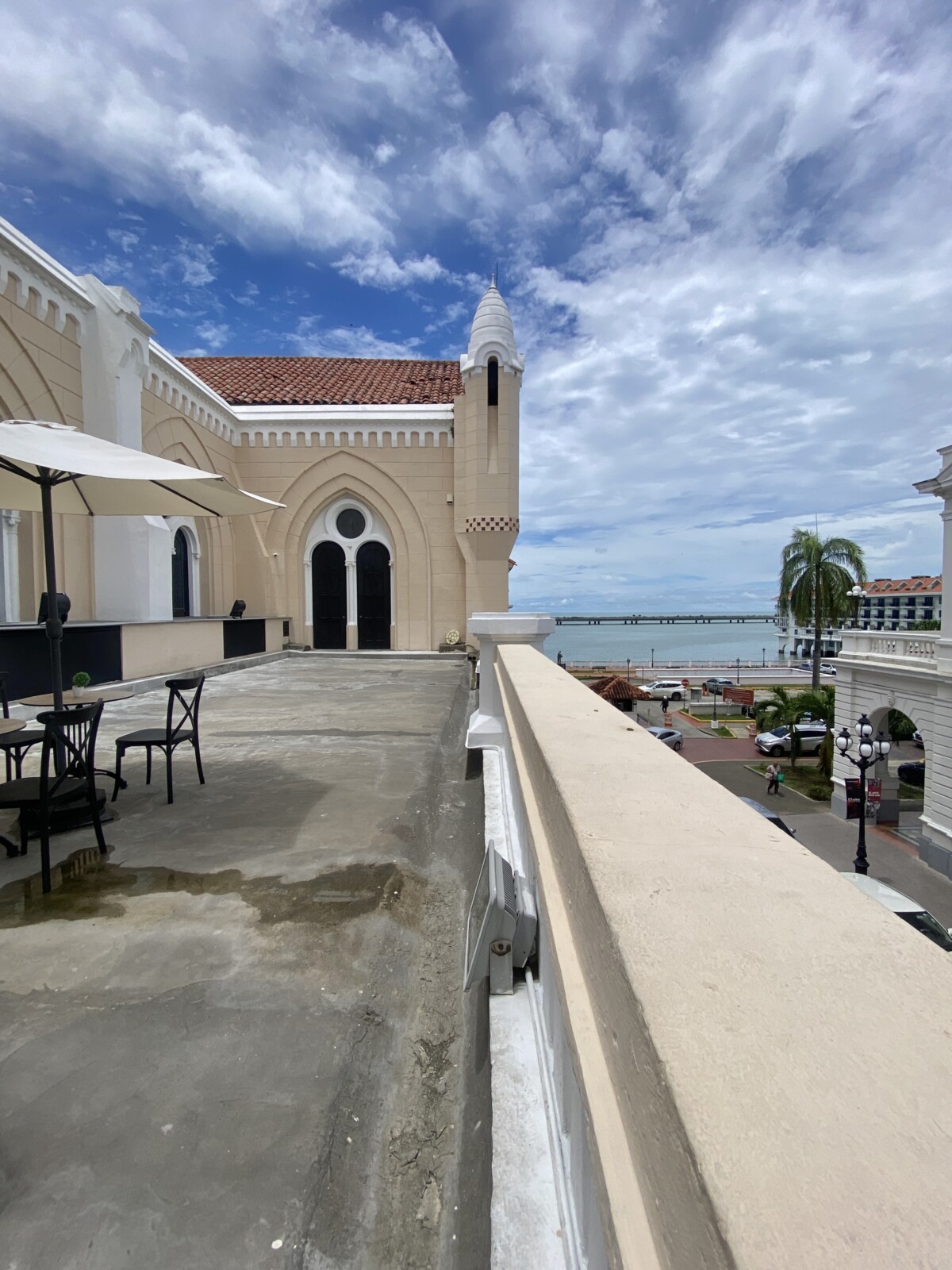
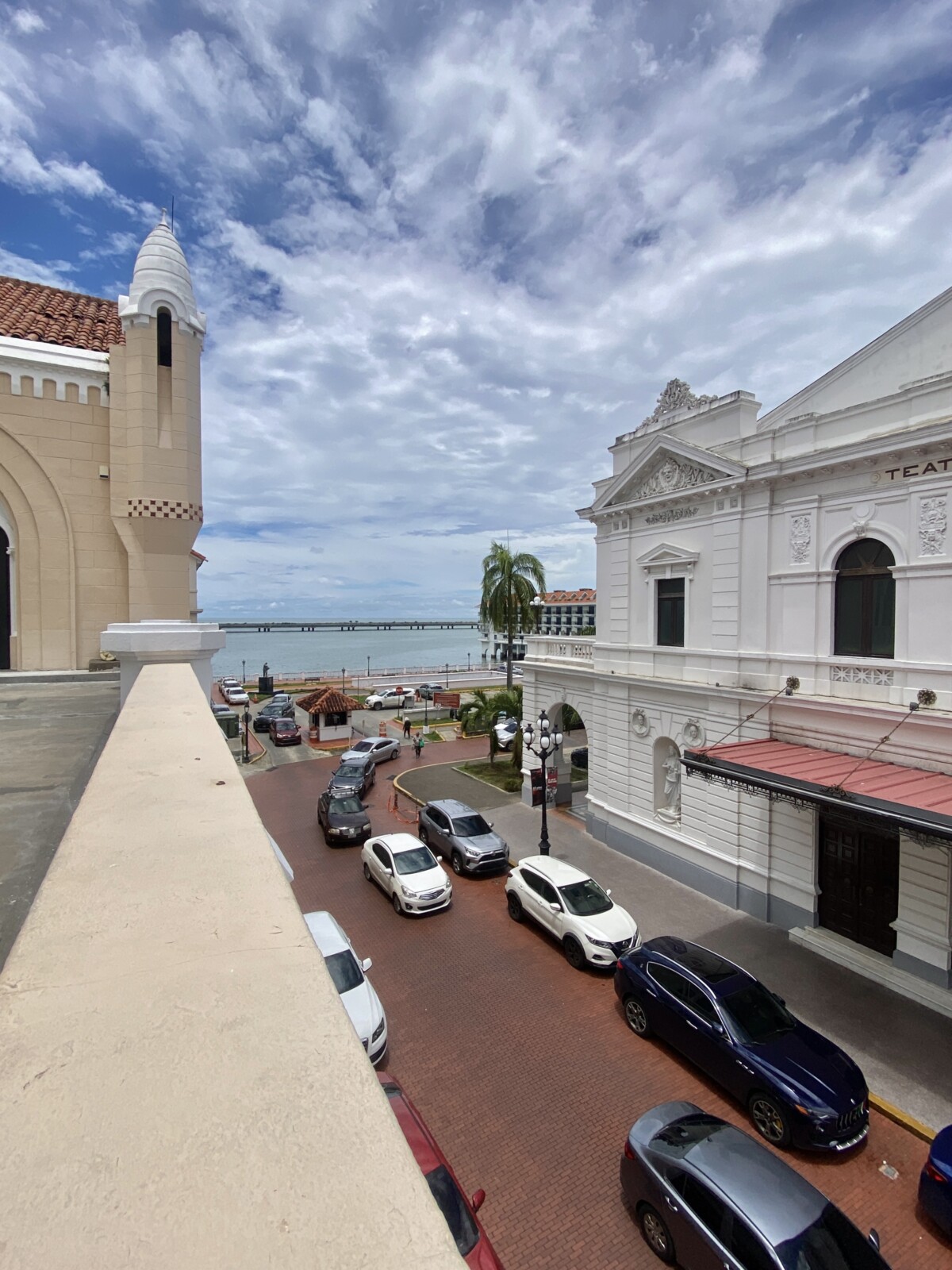
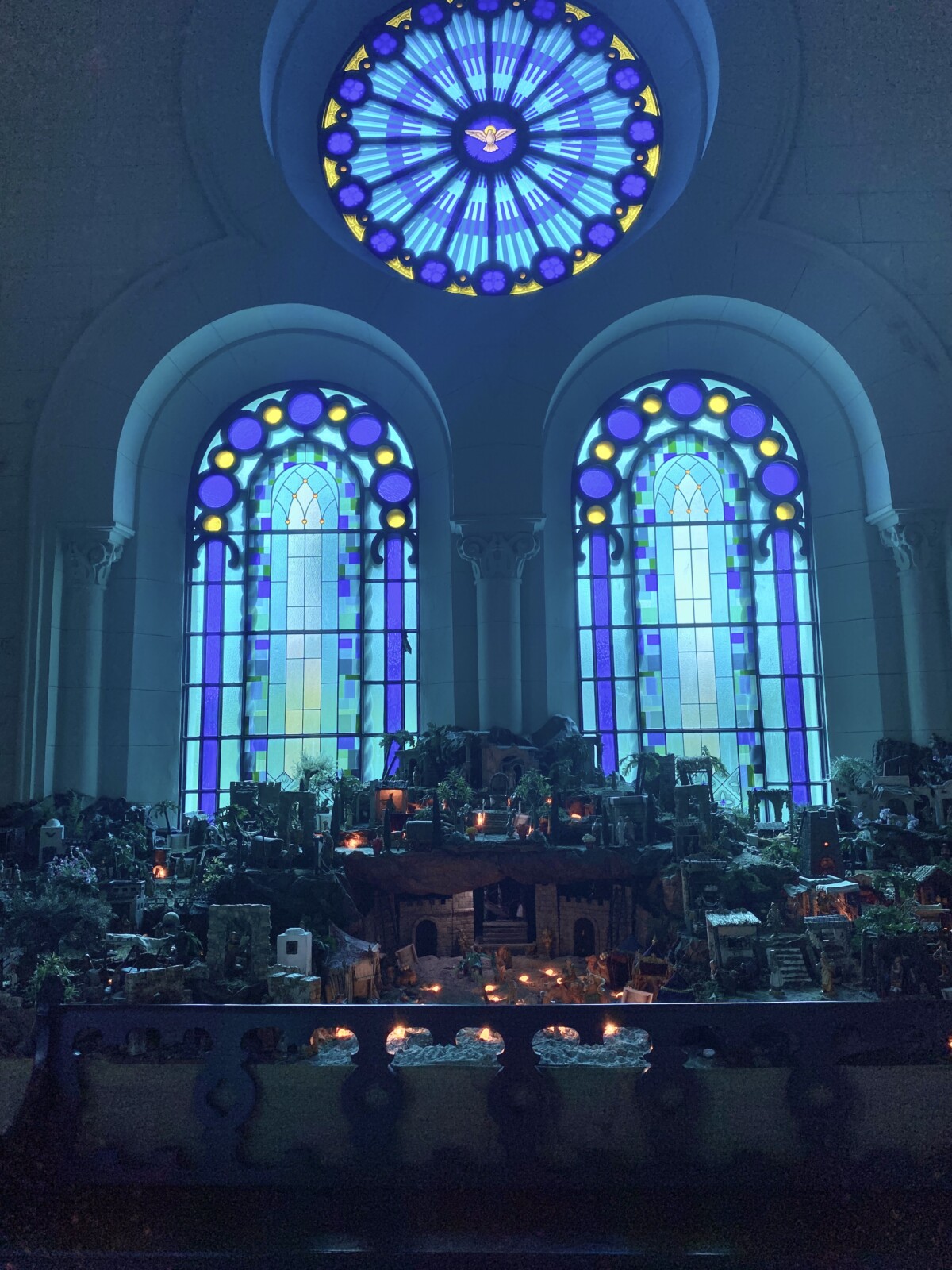
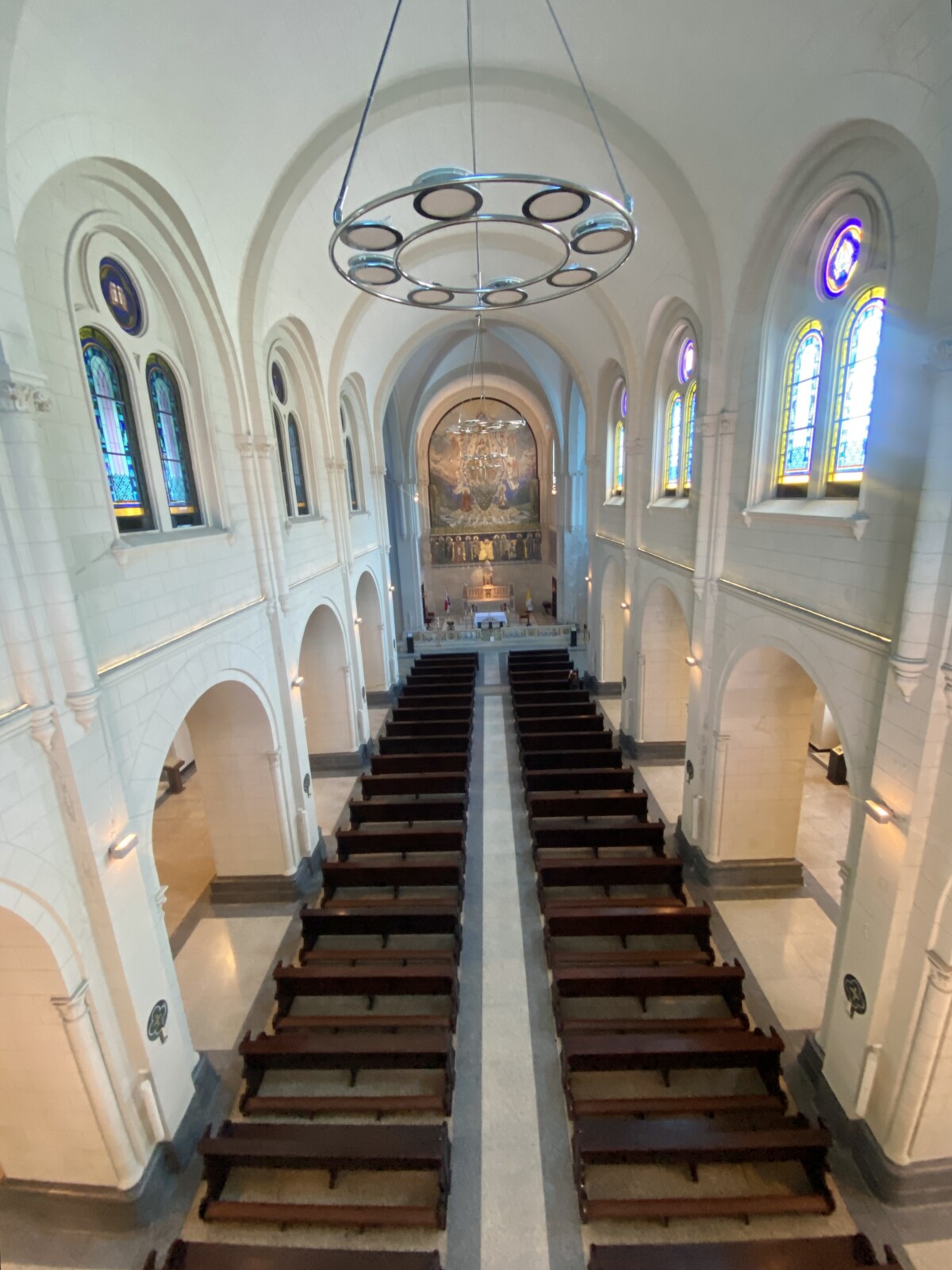
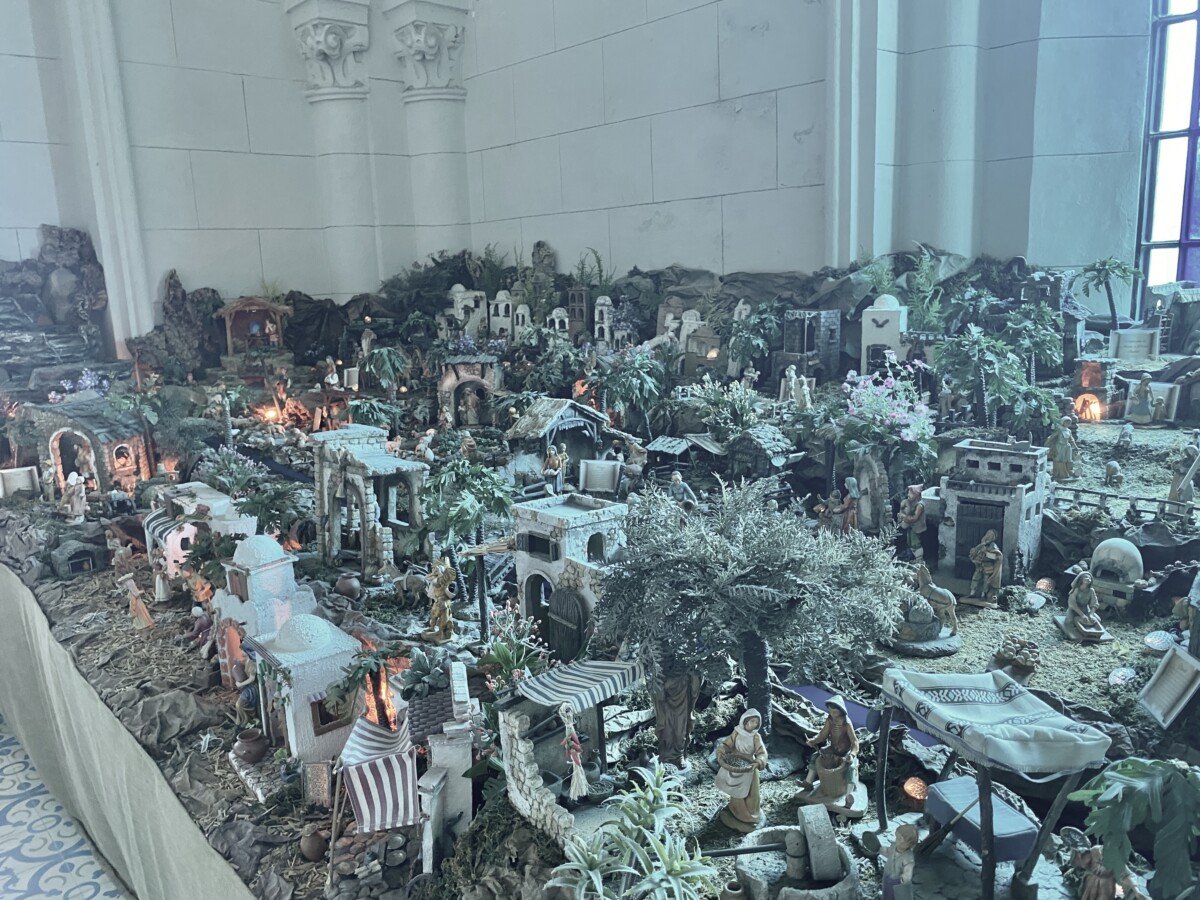
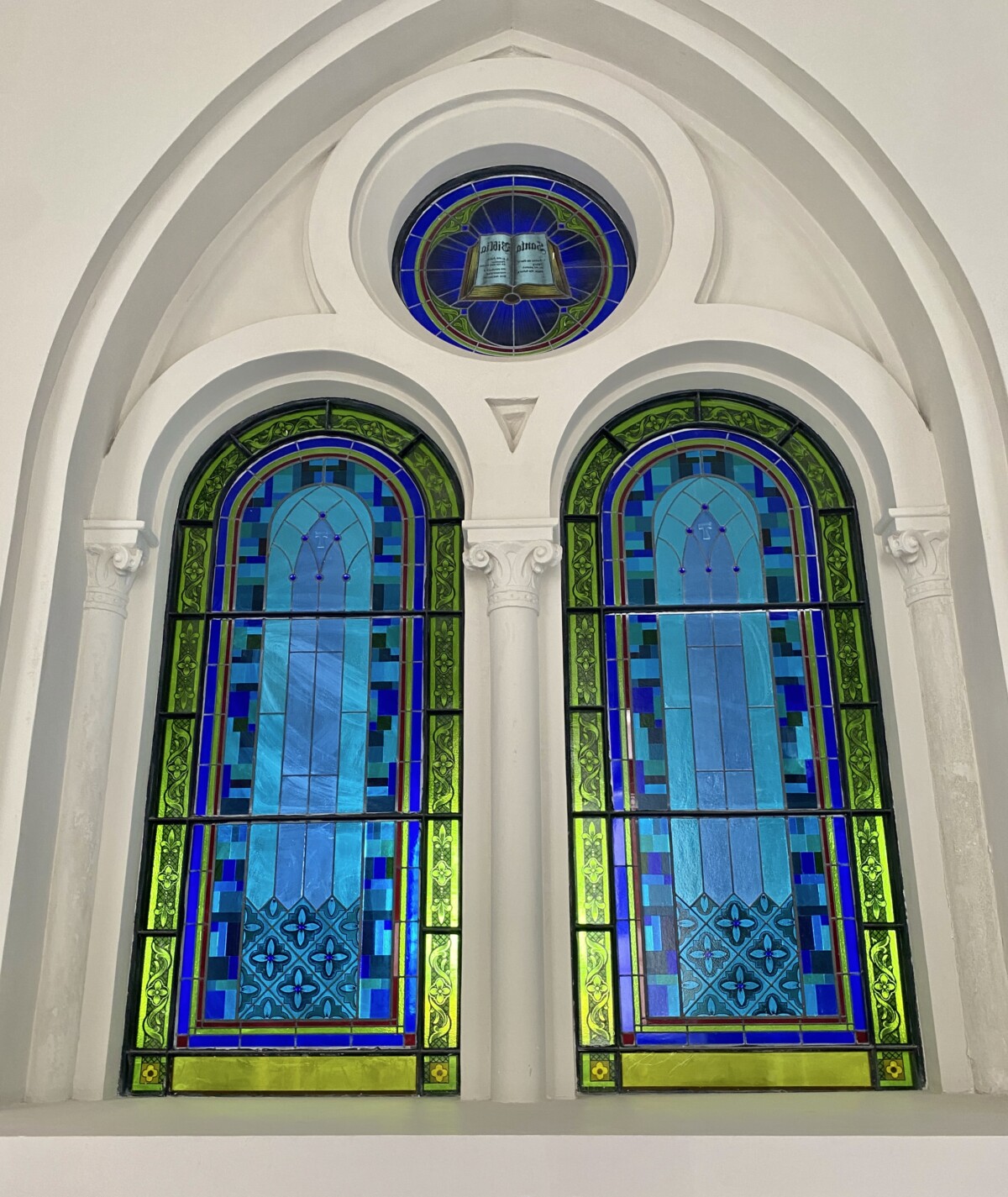
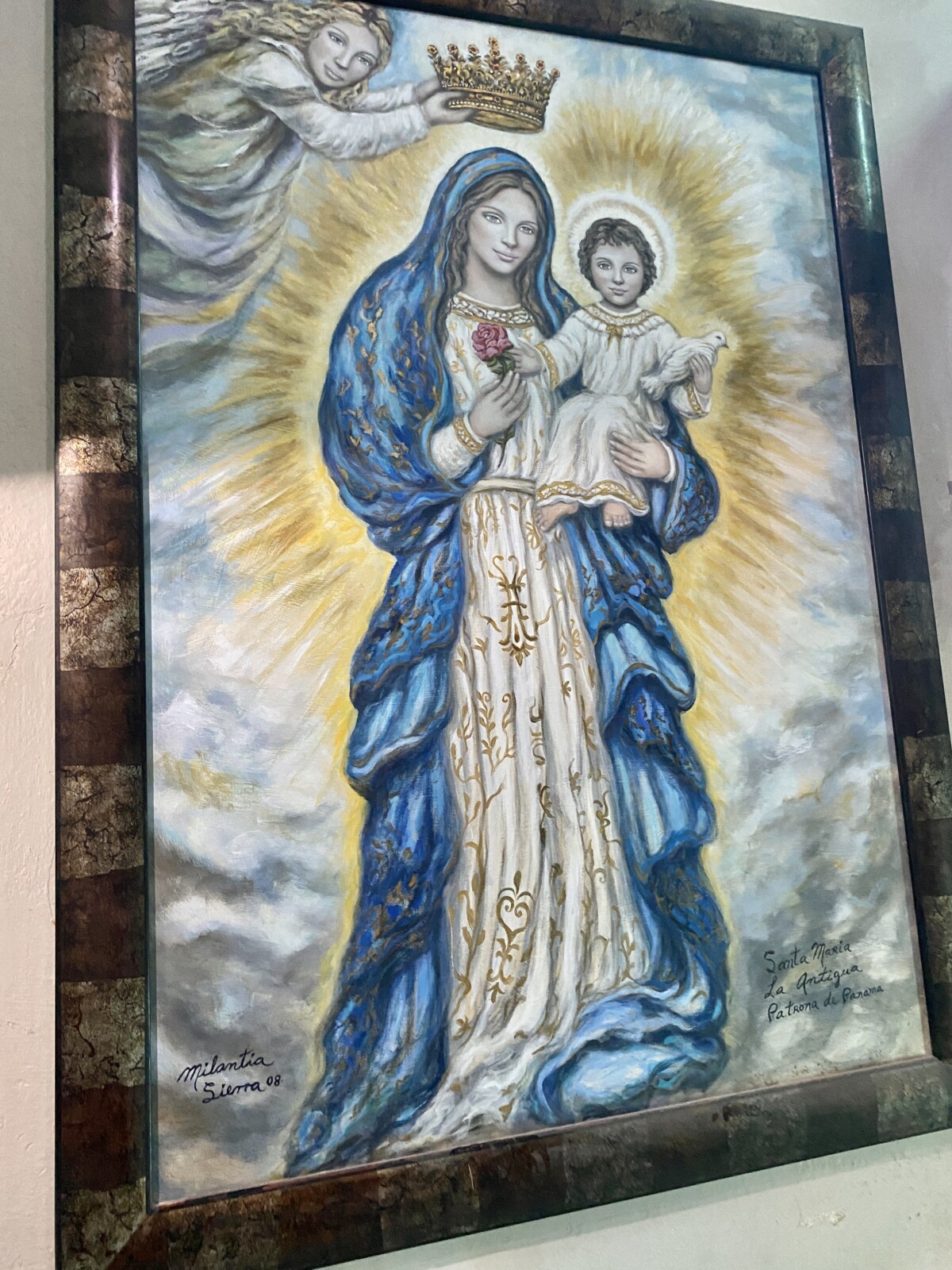

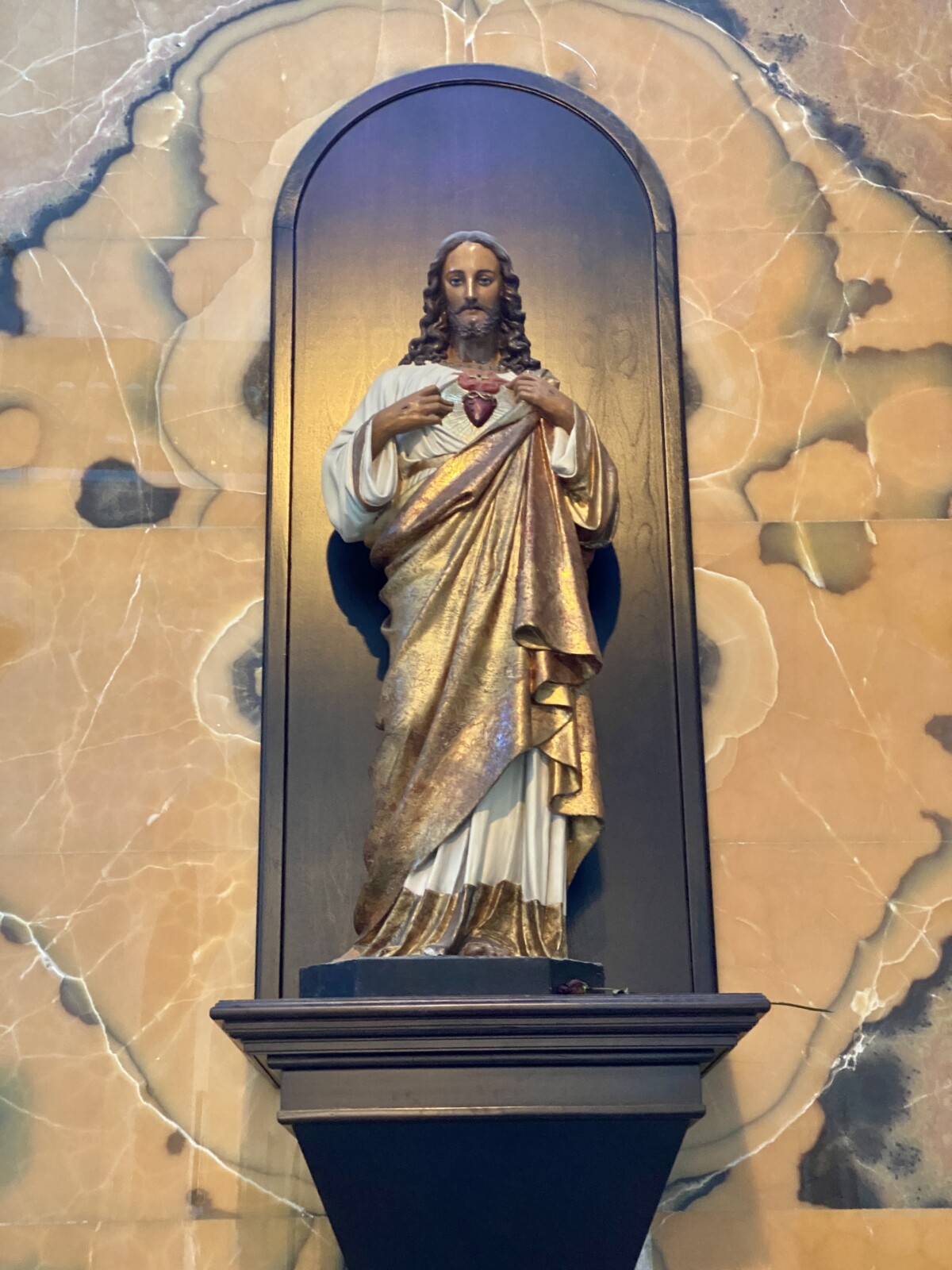
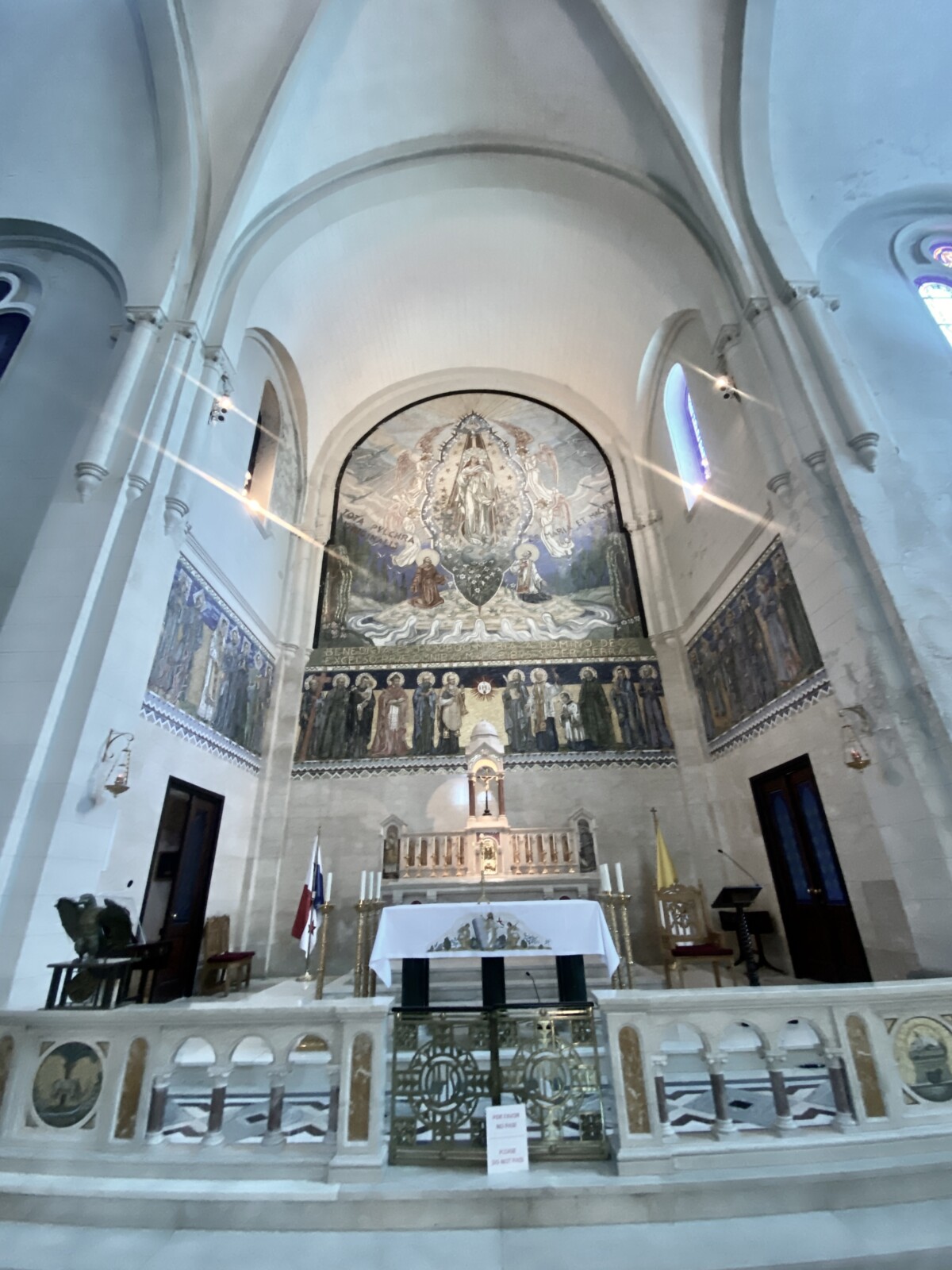
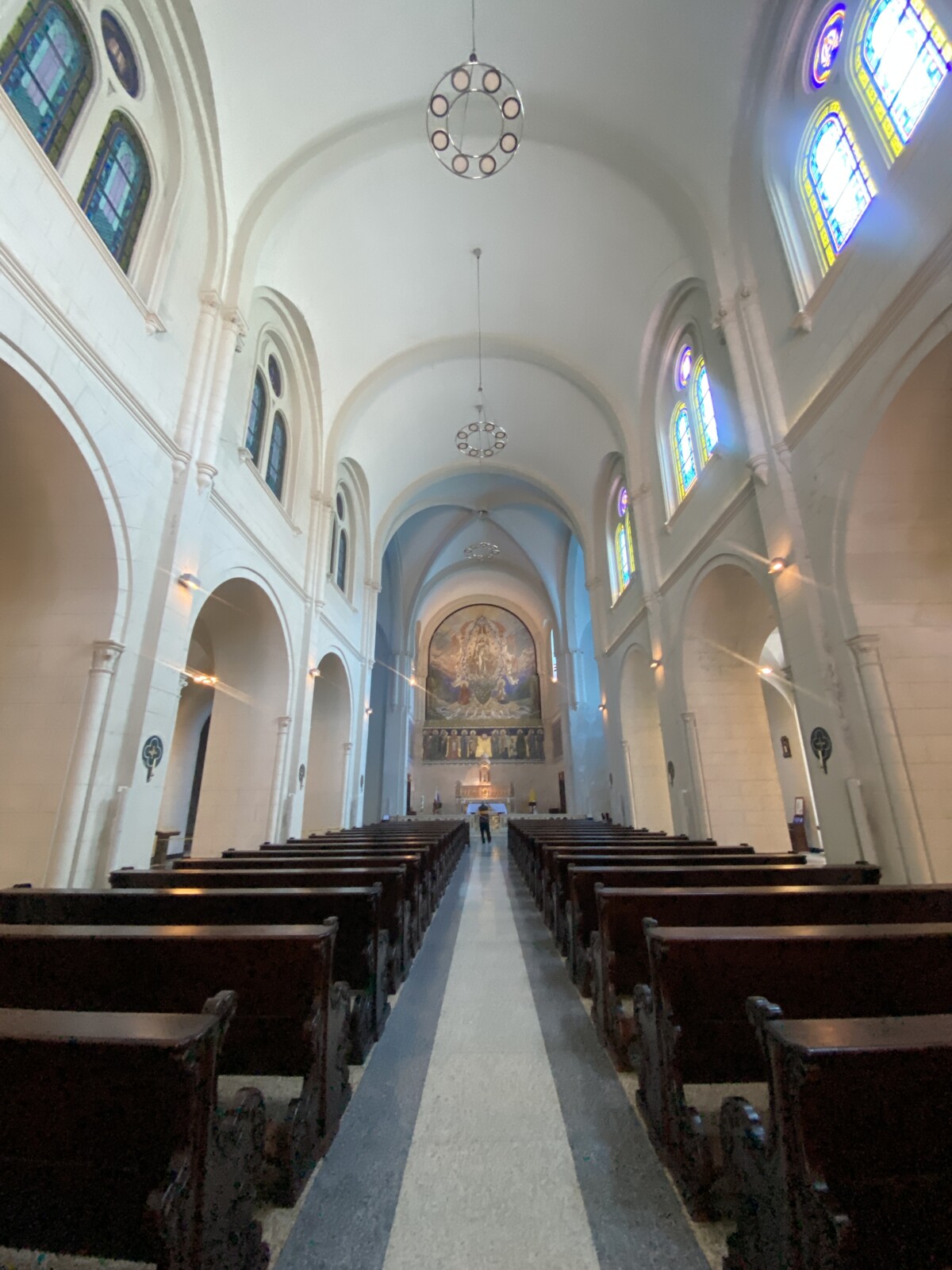
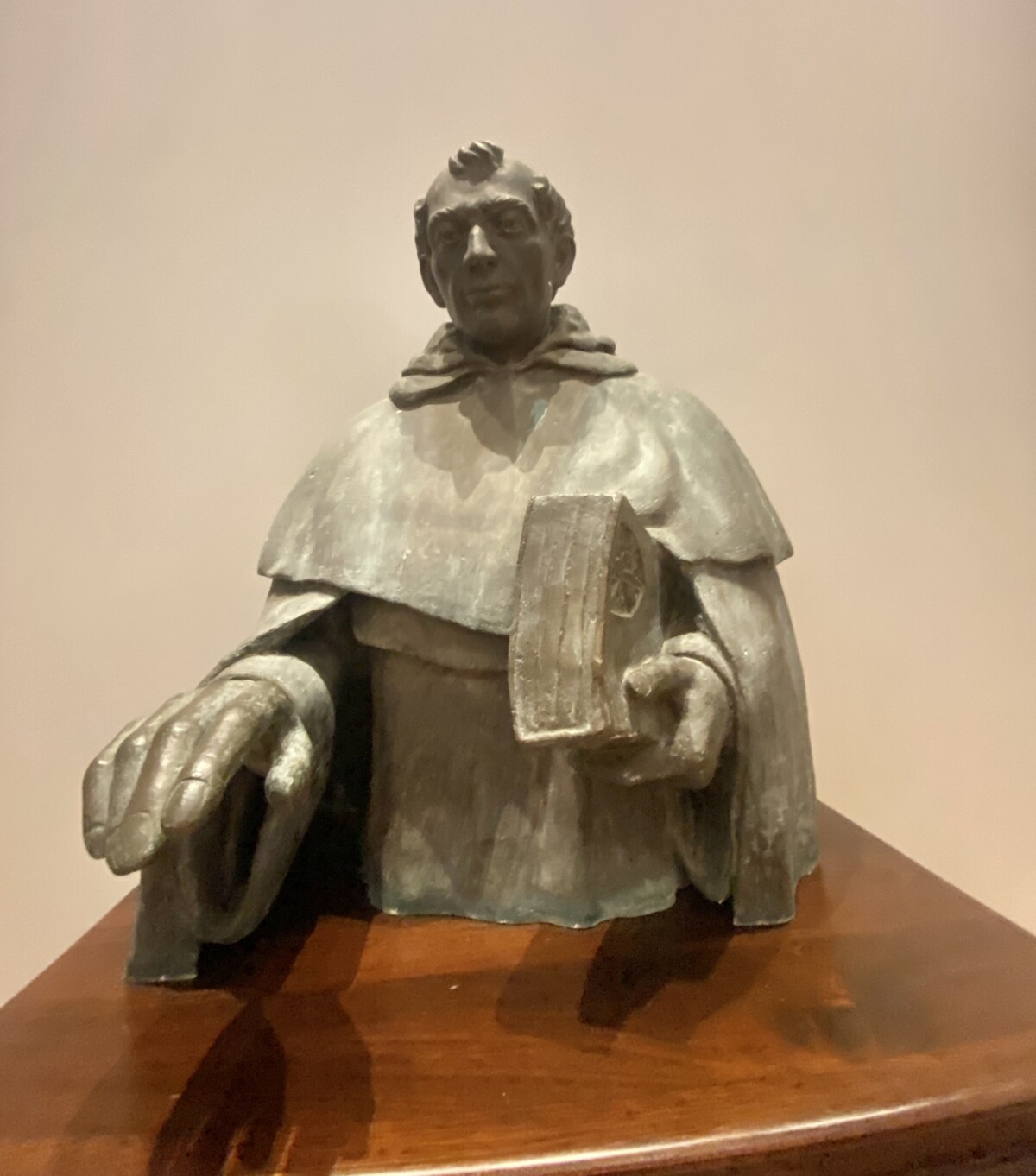
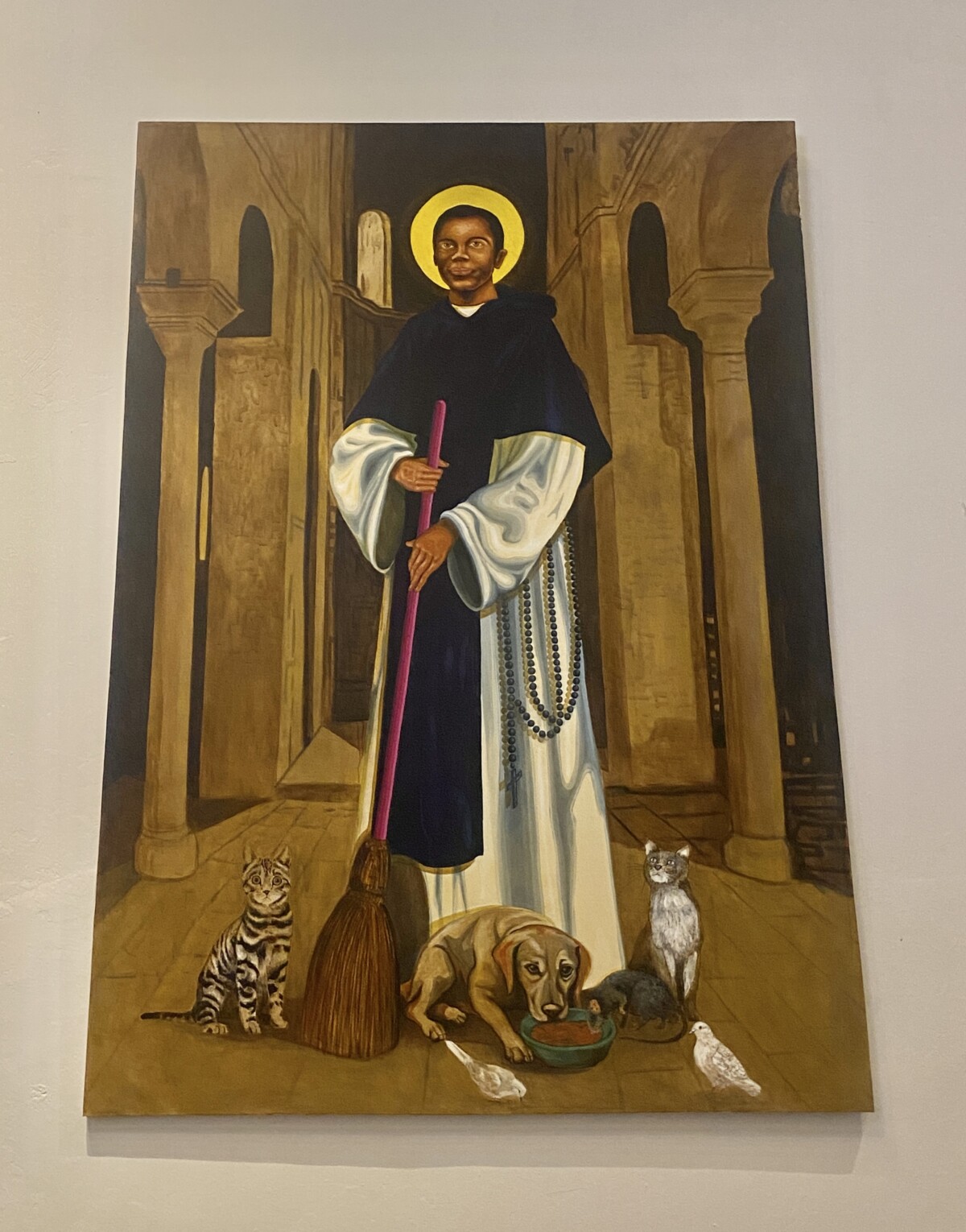
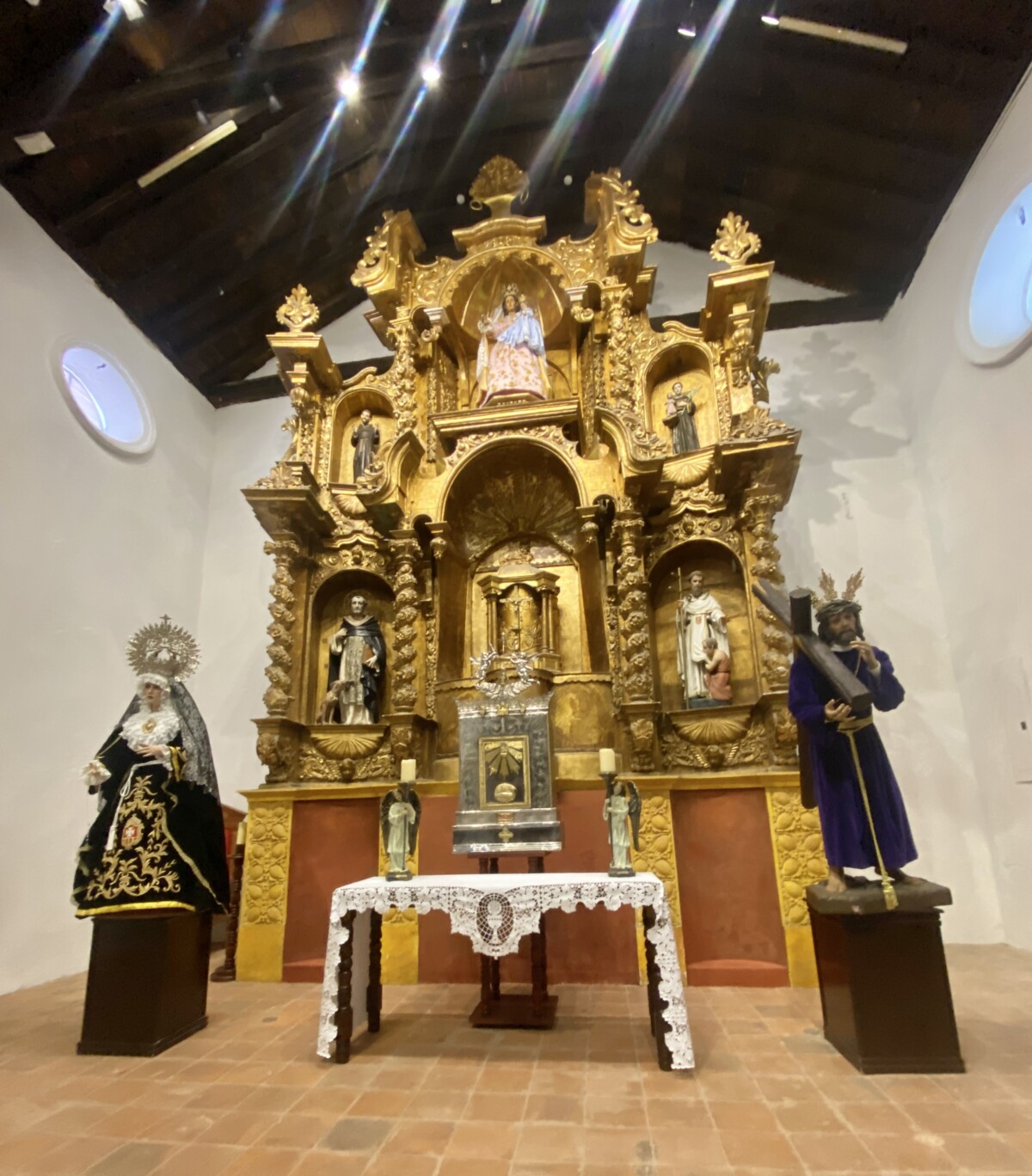
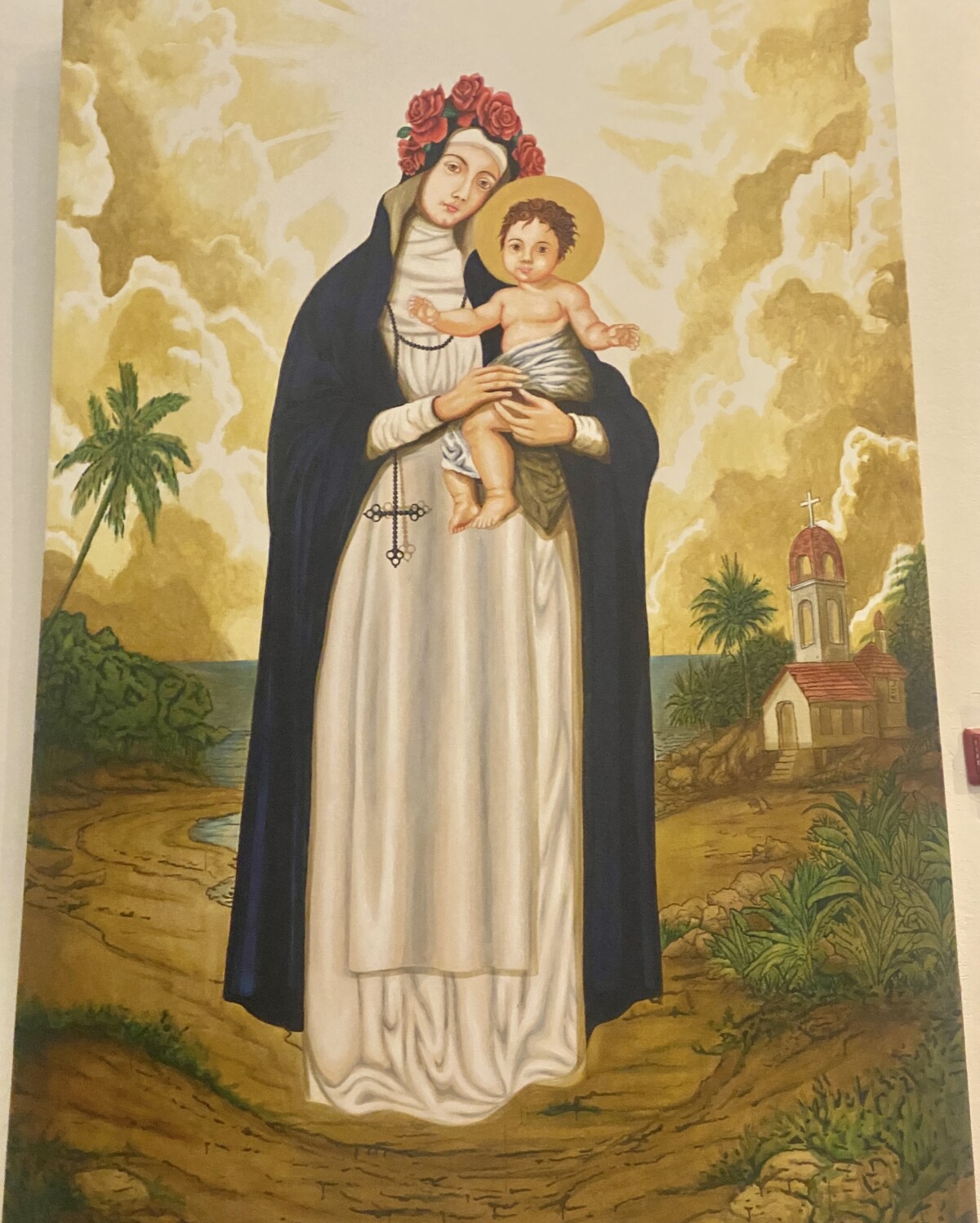
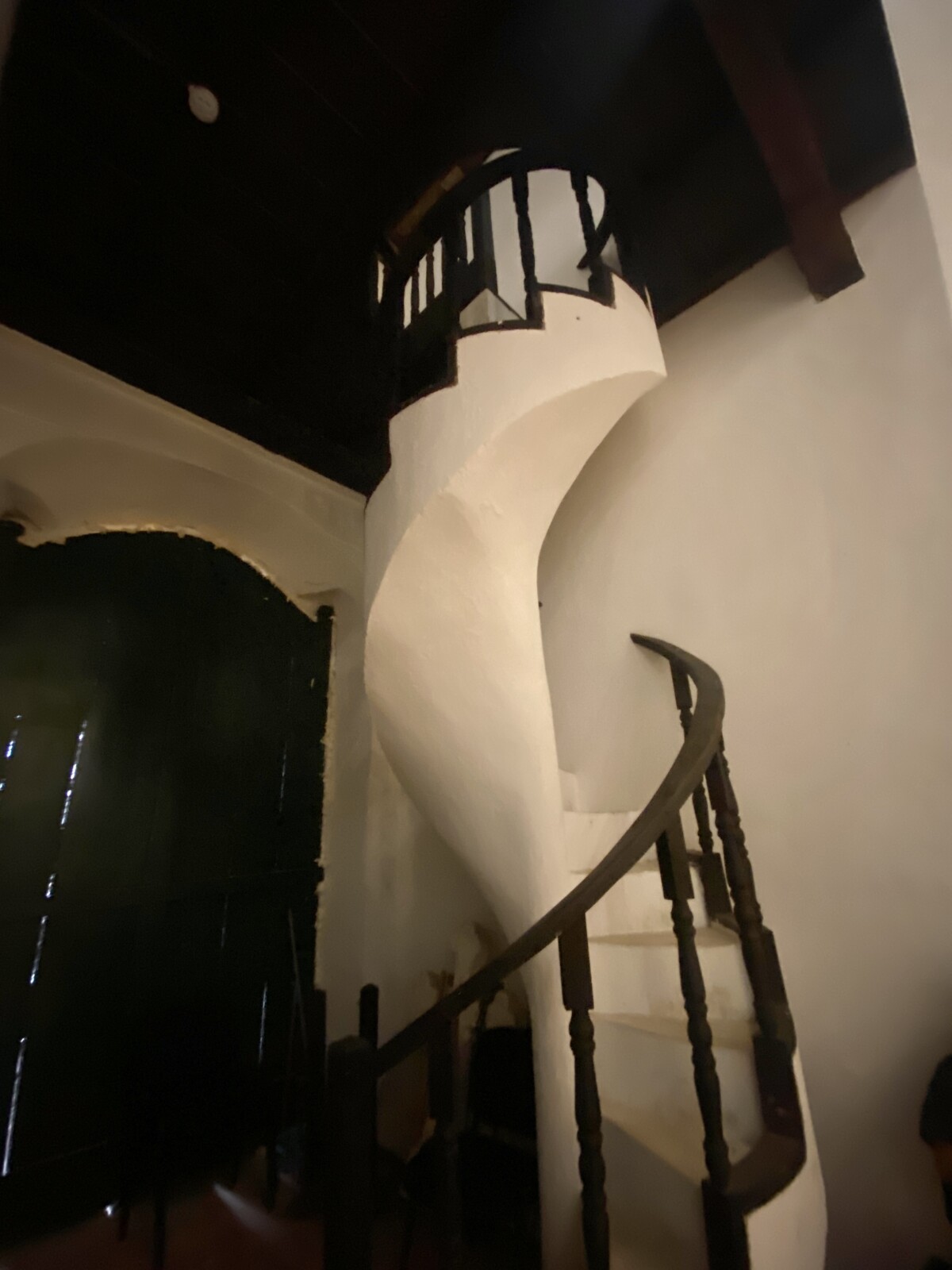

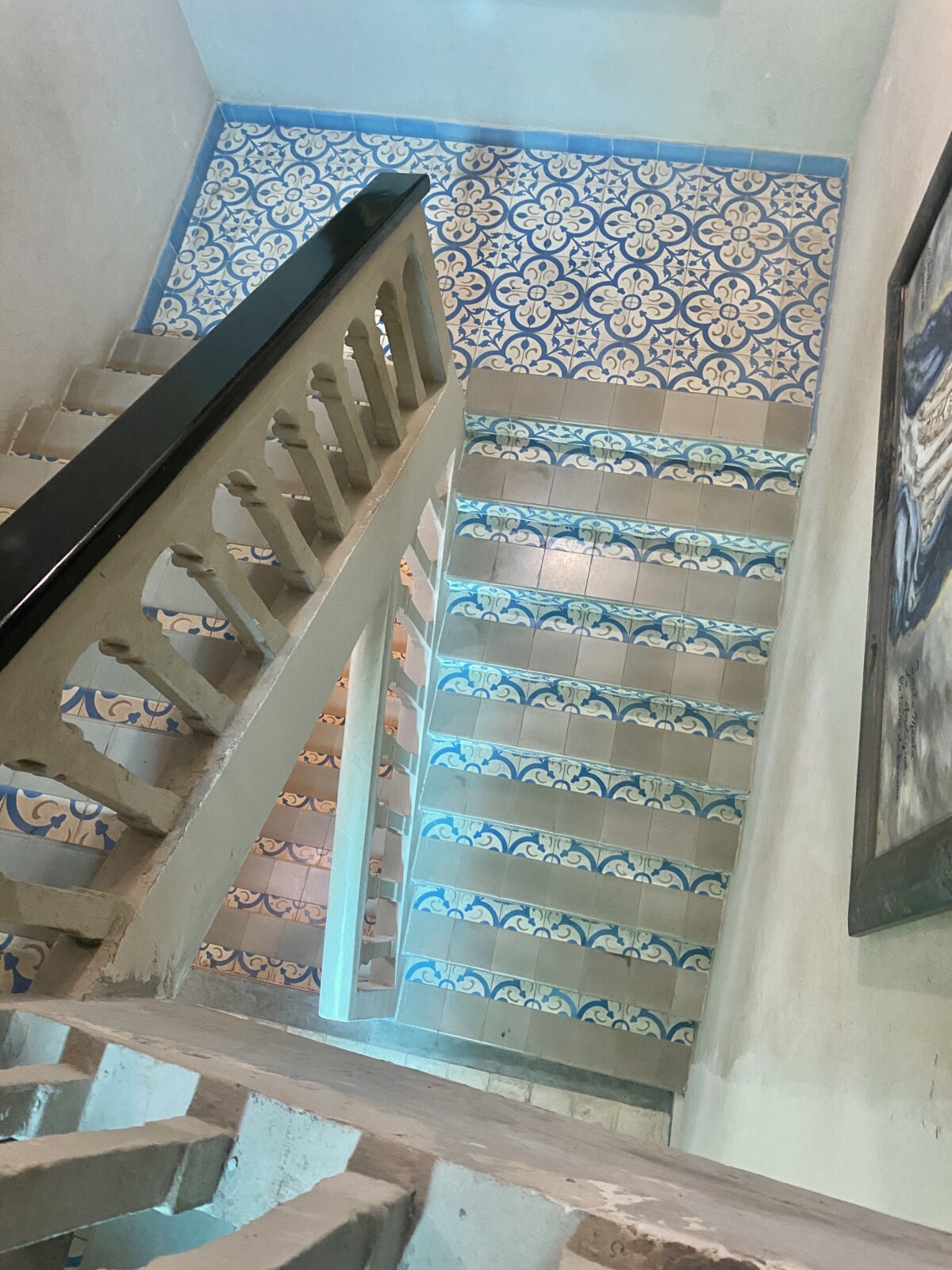
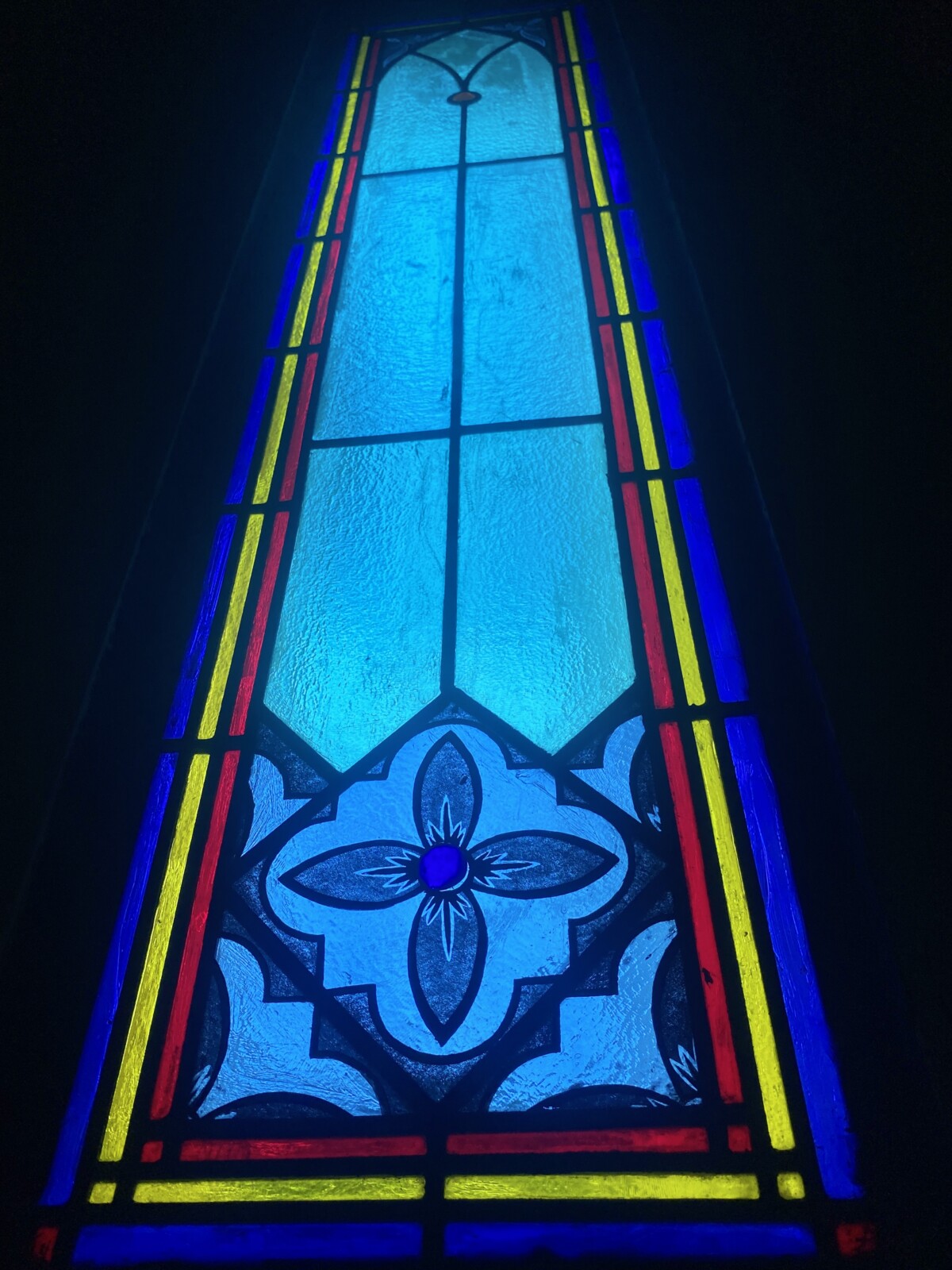
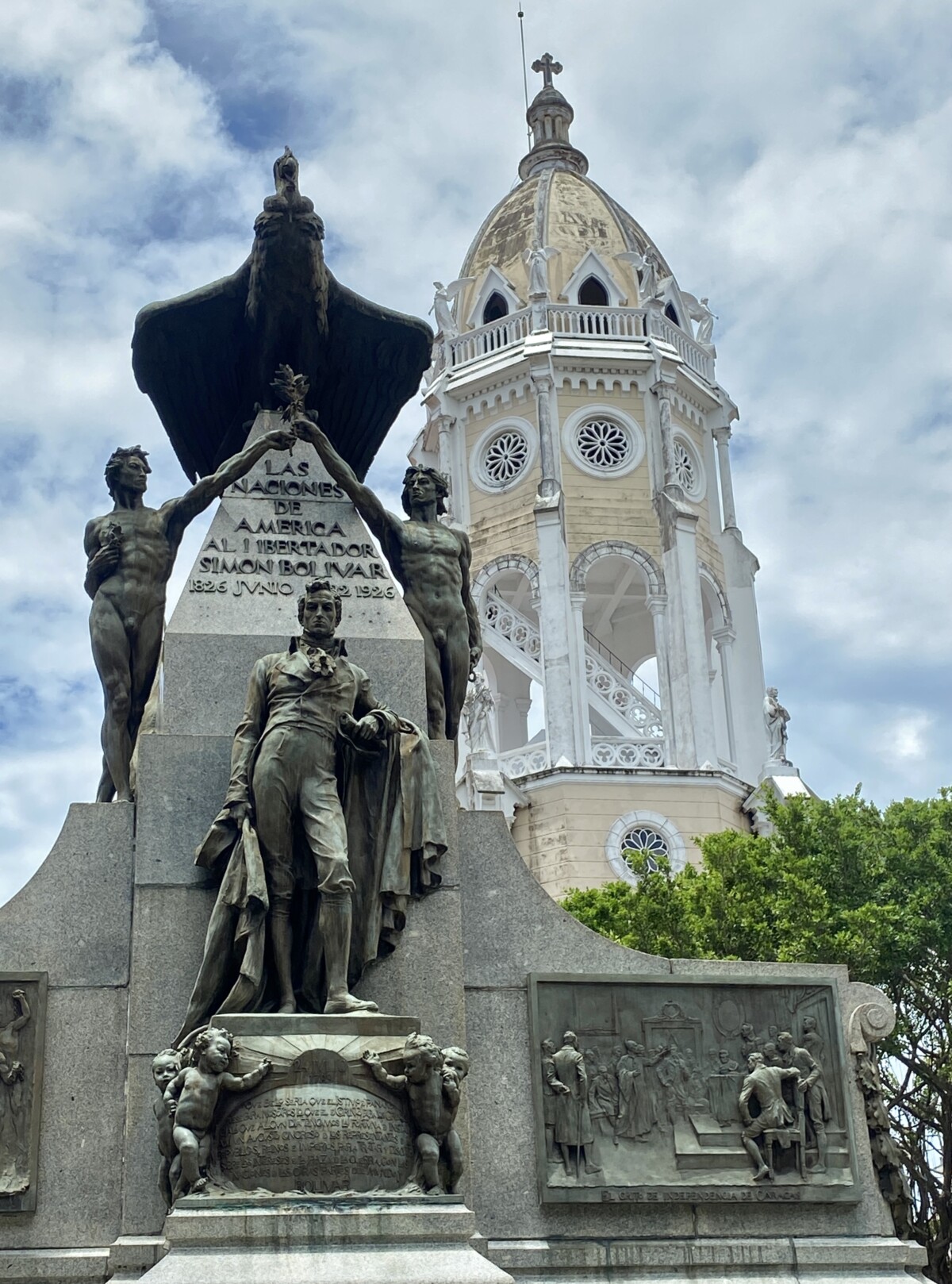
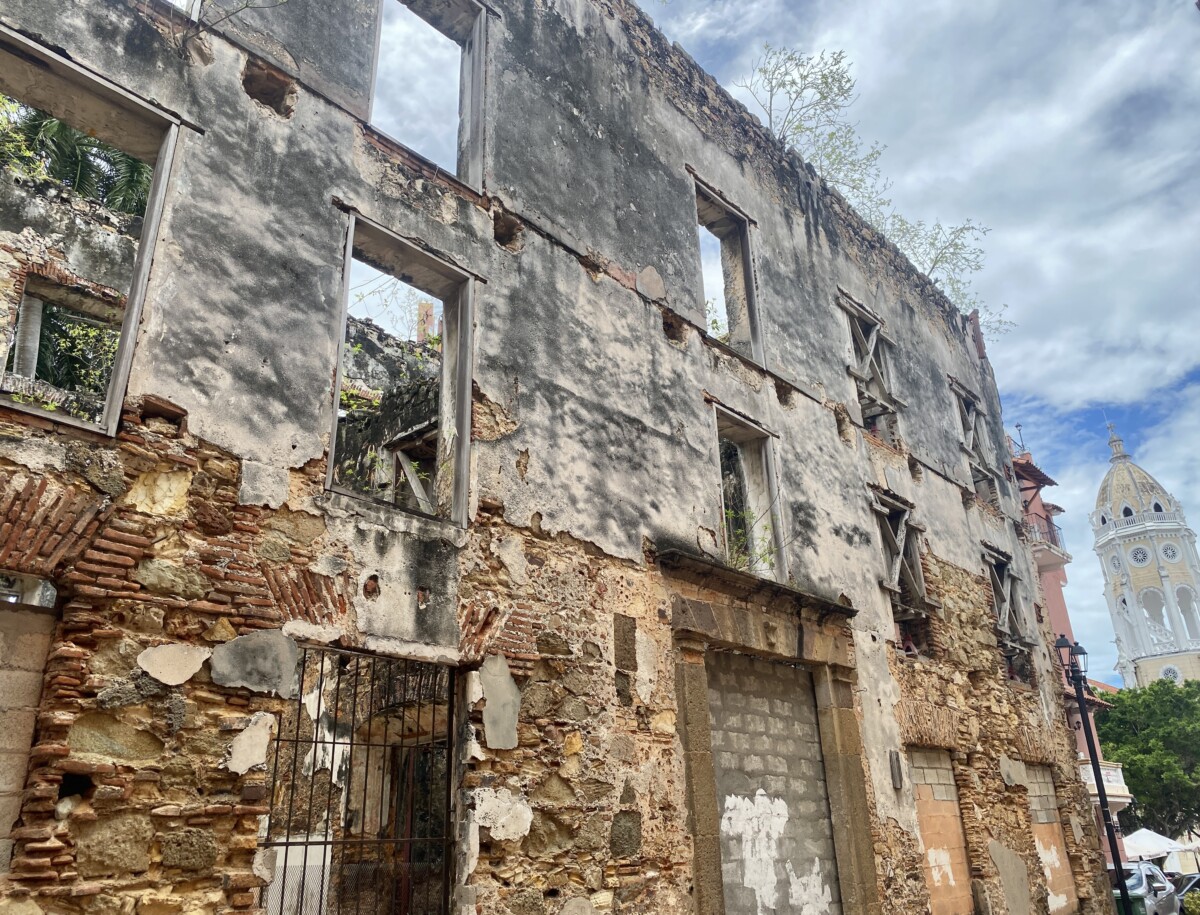
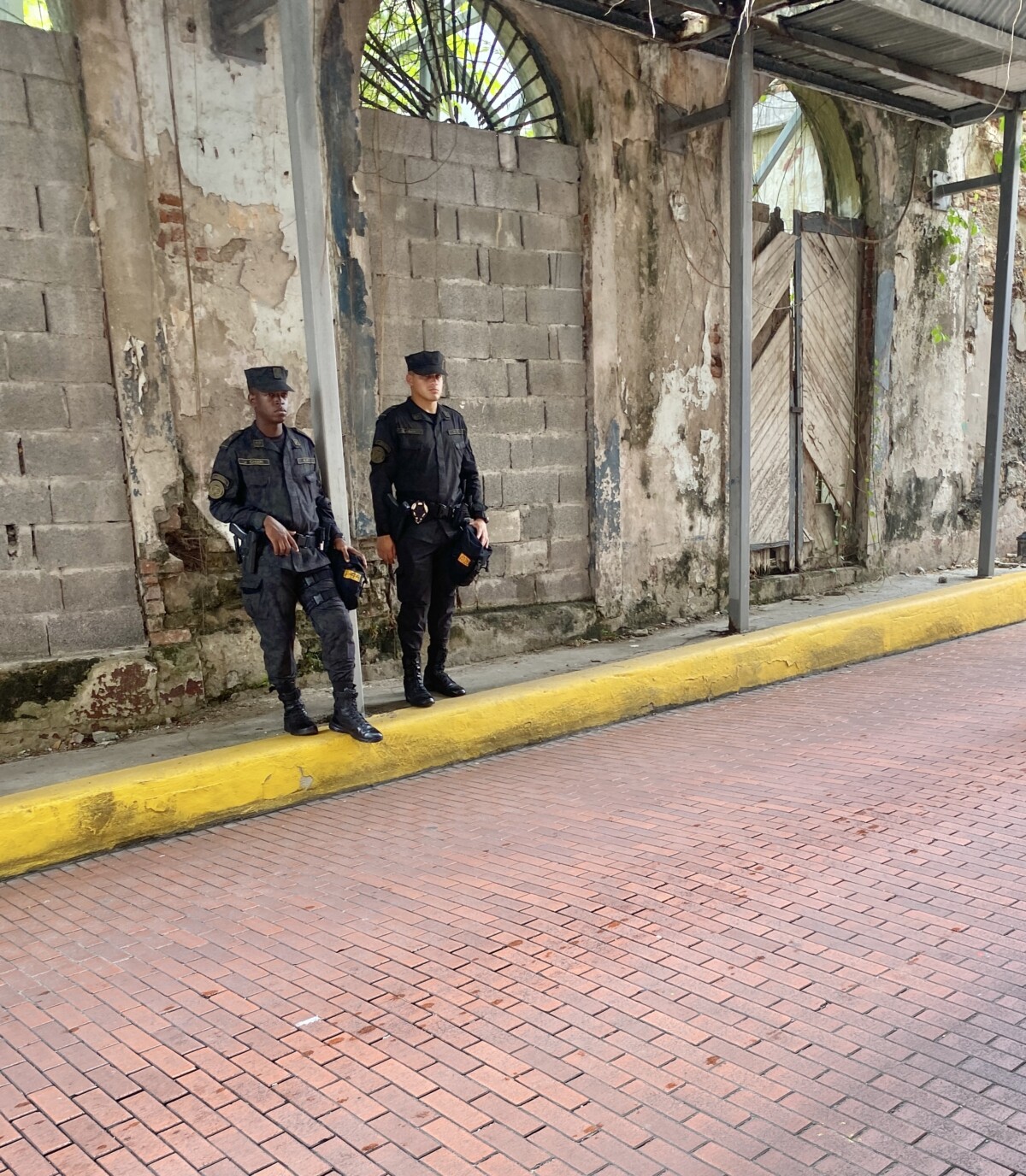


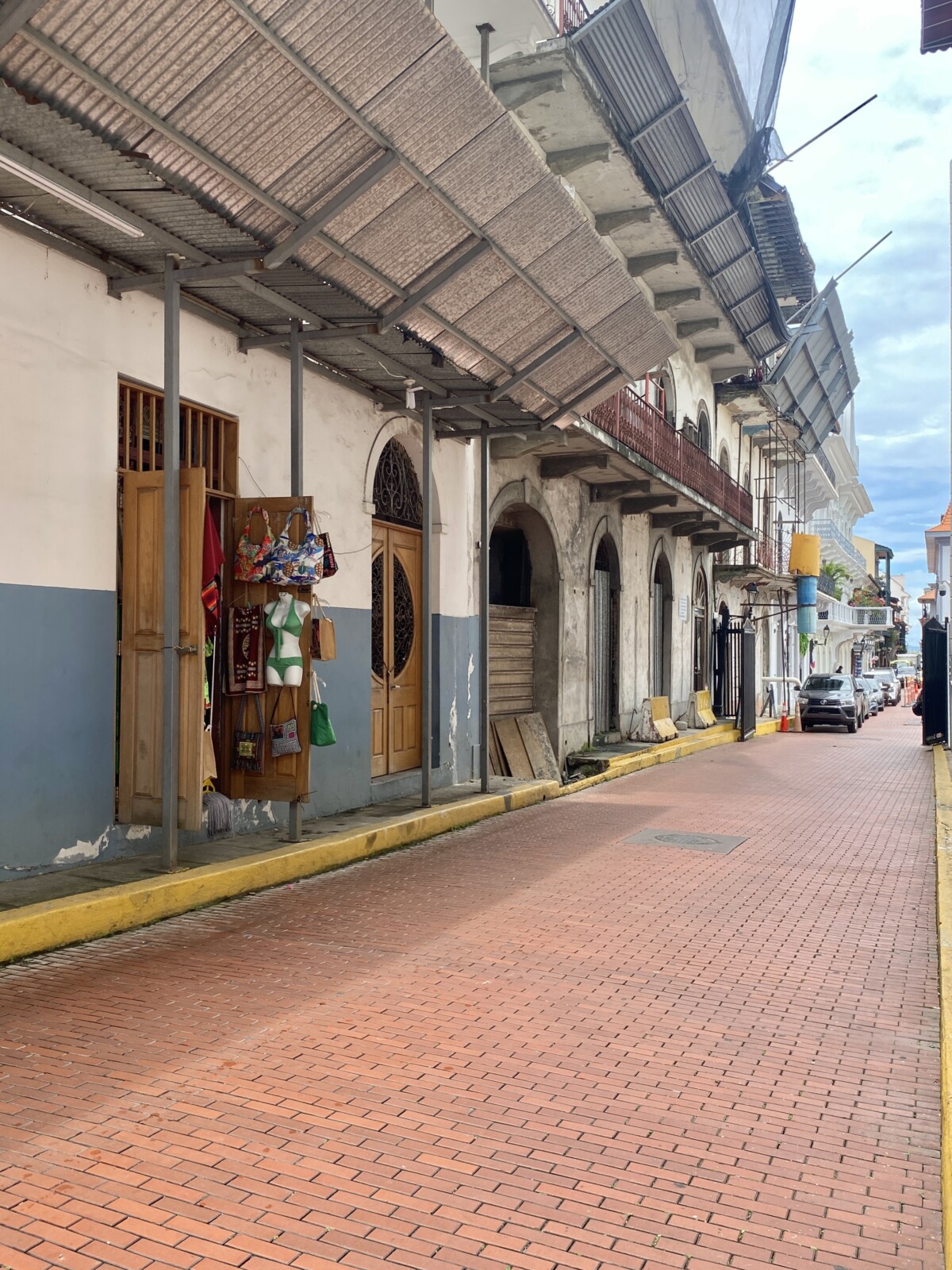
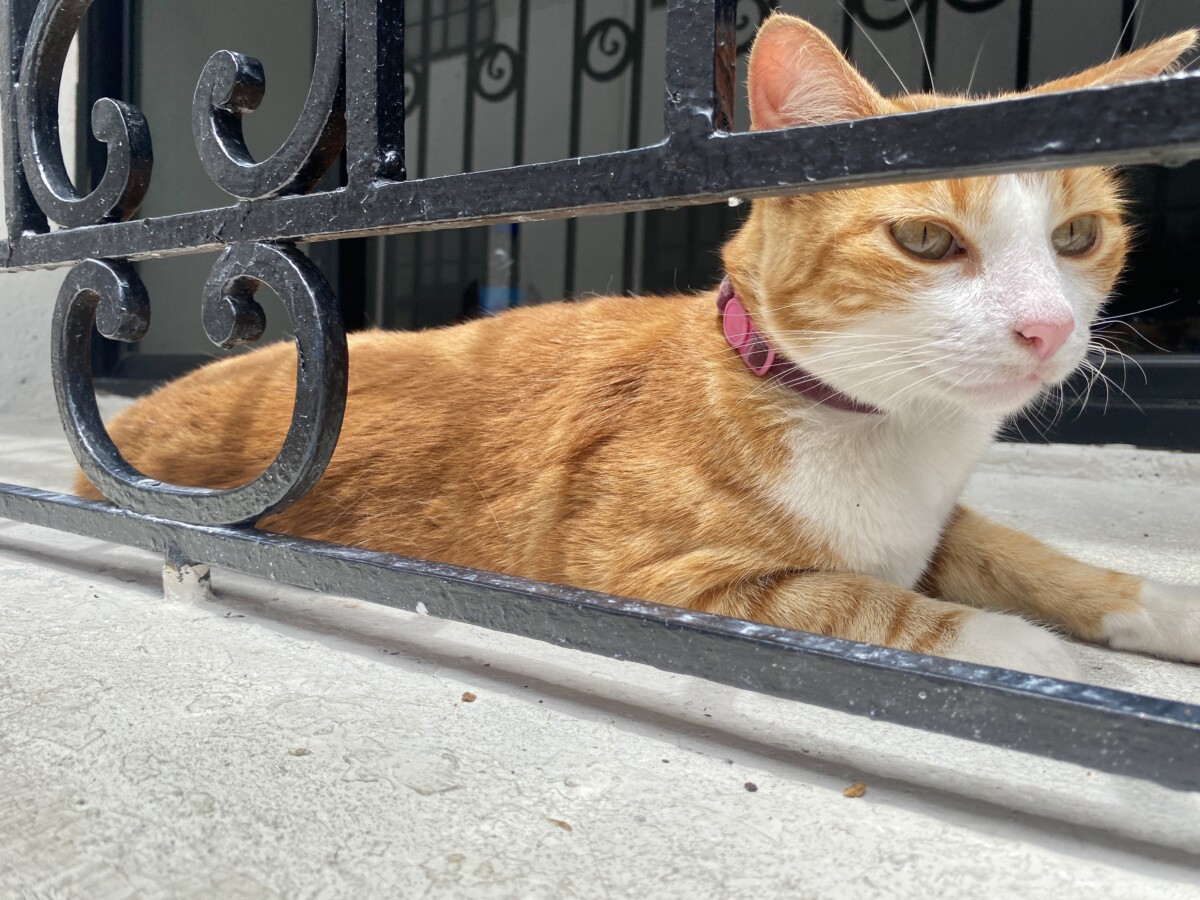
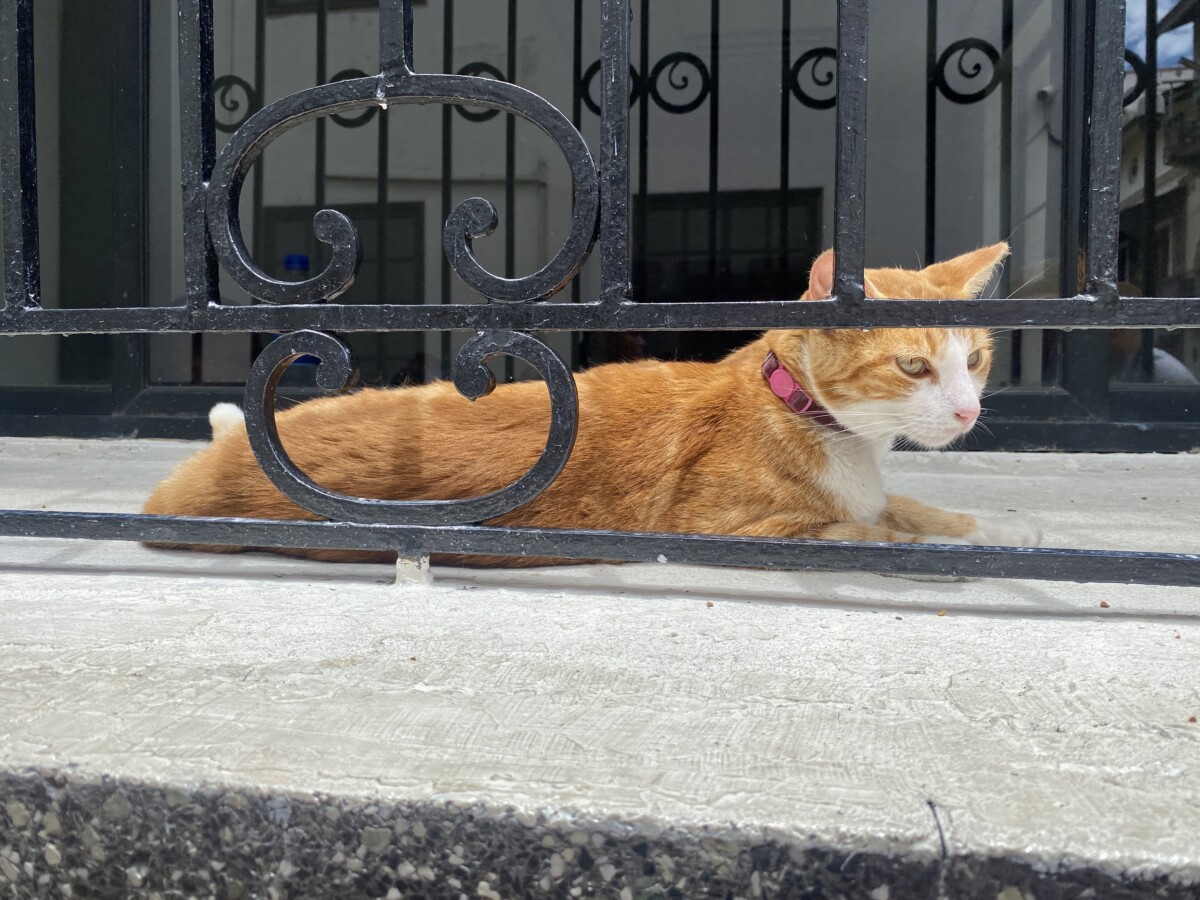

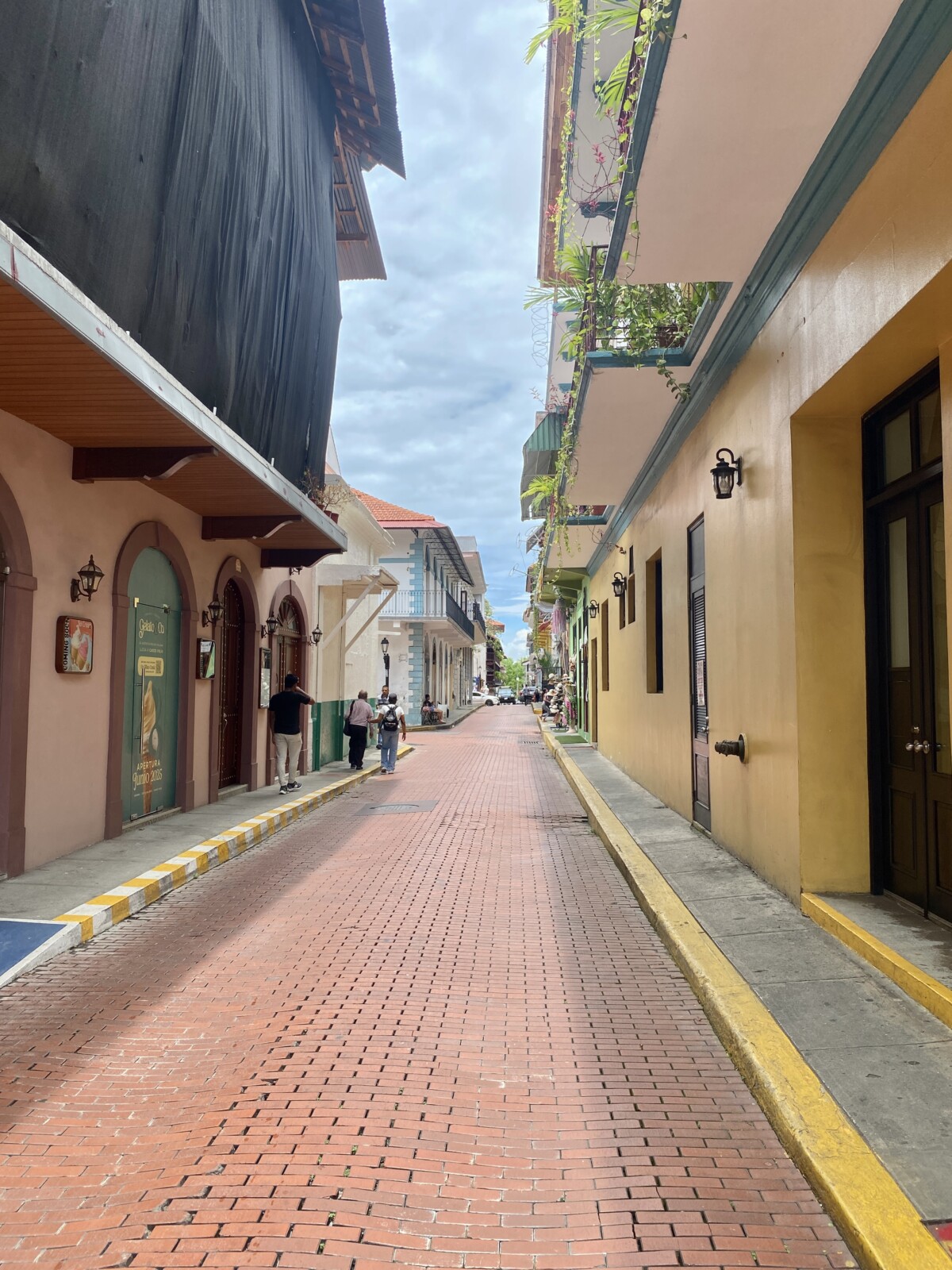
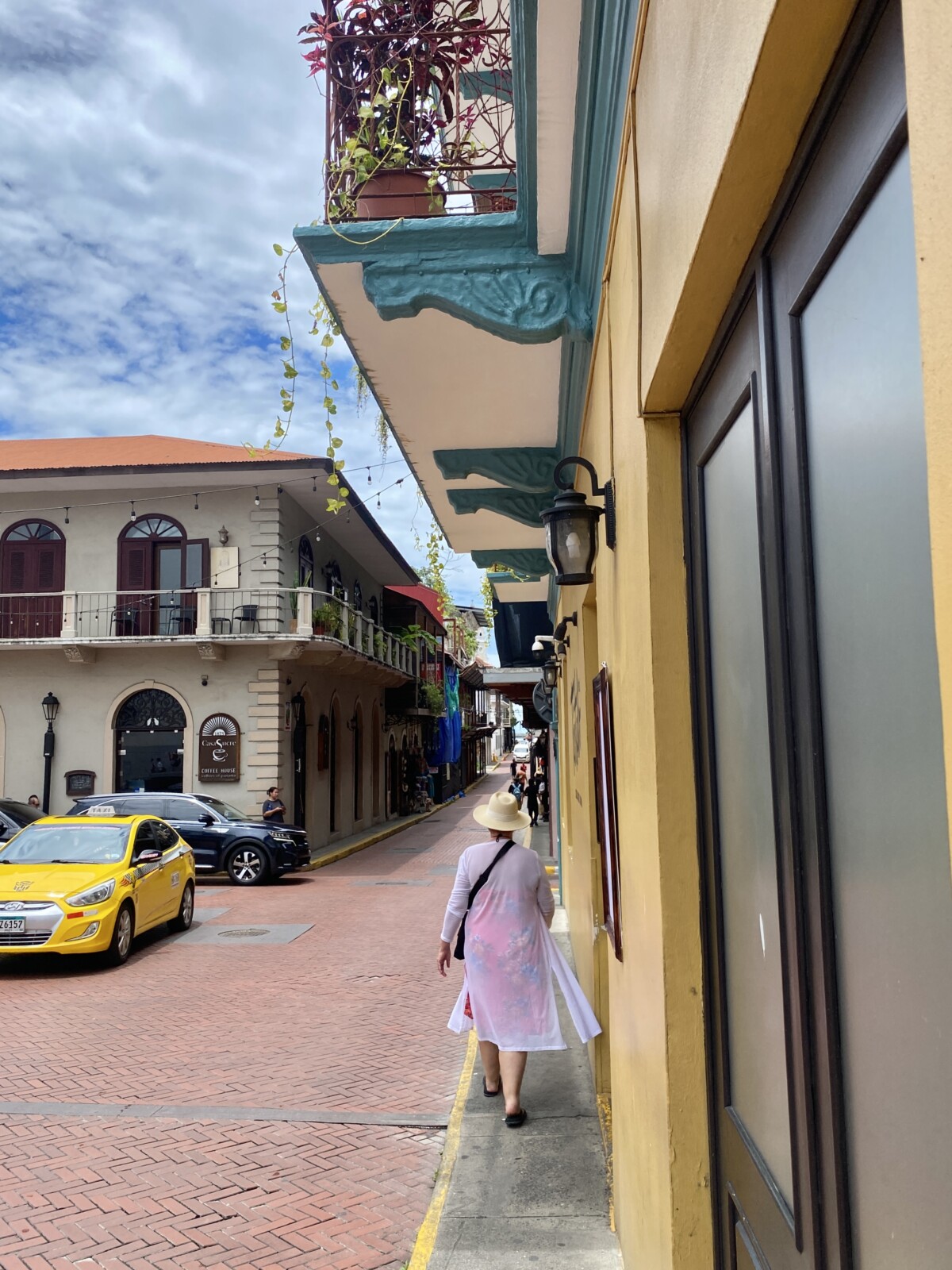



Awesome old Artsy techture. Give me an old city over a new big city anyday. Love the stained glass, and how you always find the critter’s. Happy adventures
Thx Jean! Historic towns and critters… the bomb!!!!